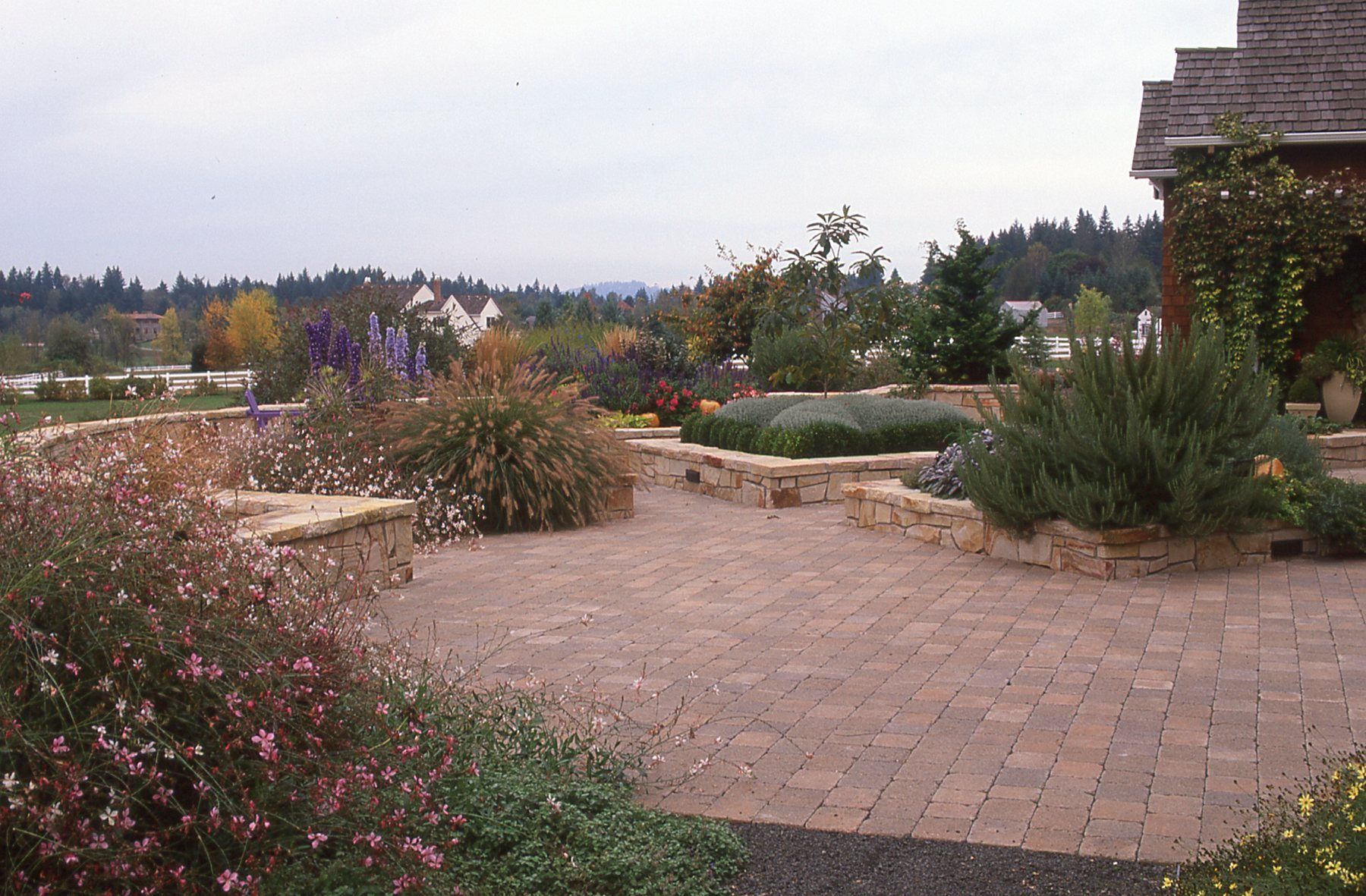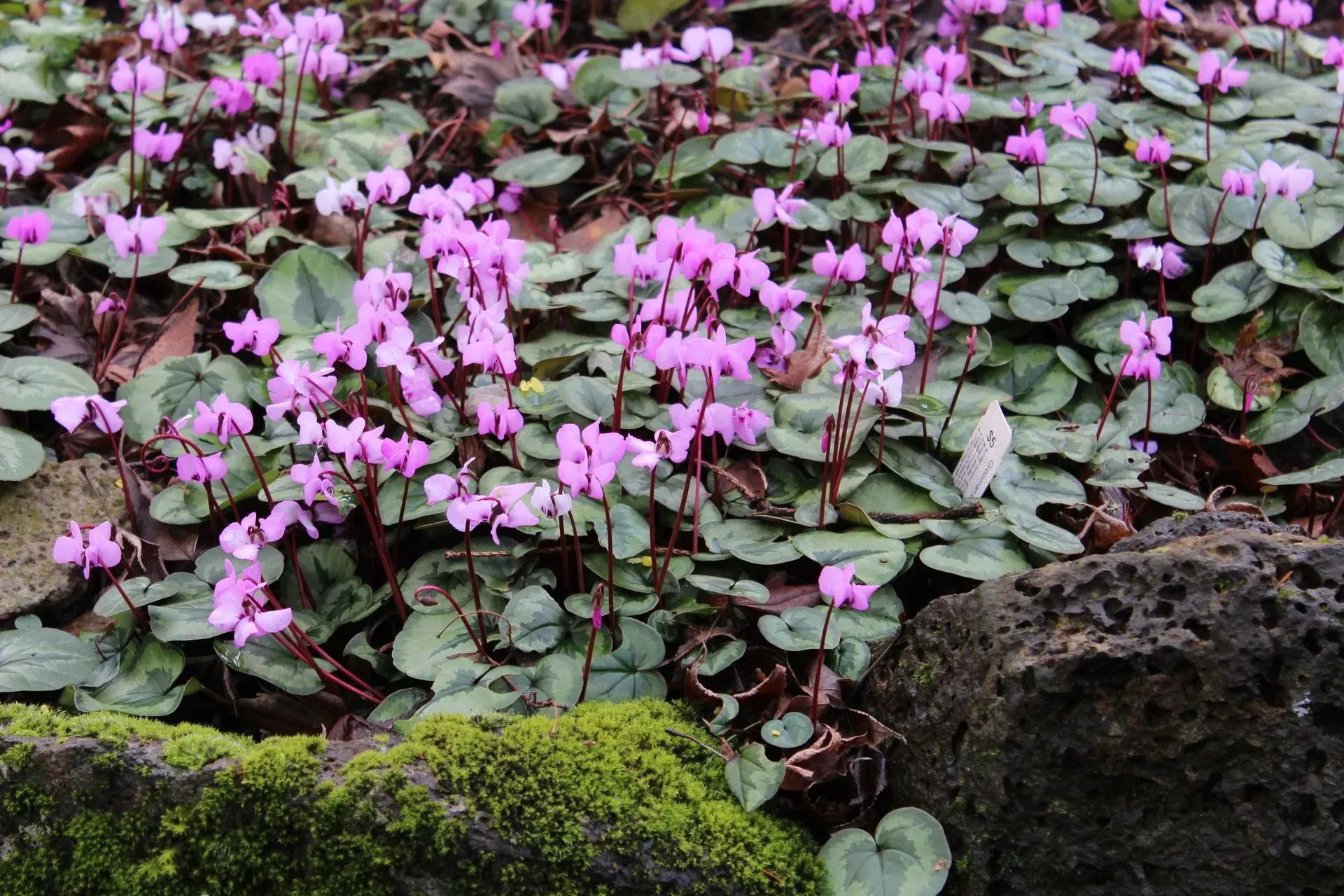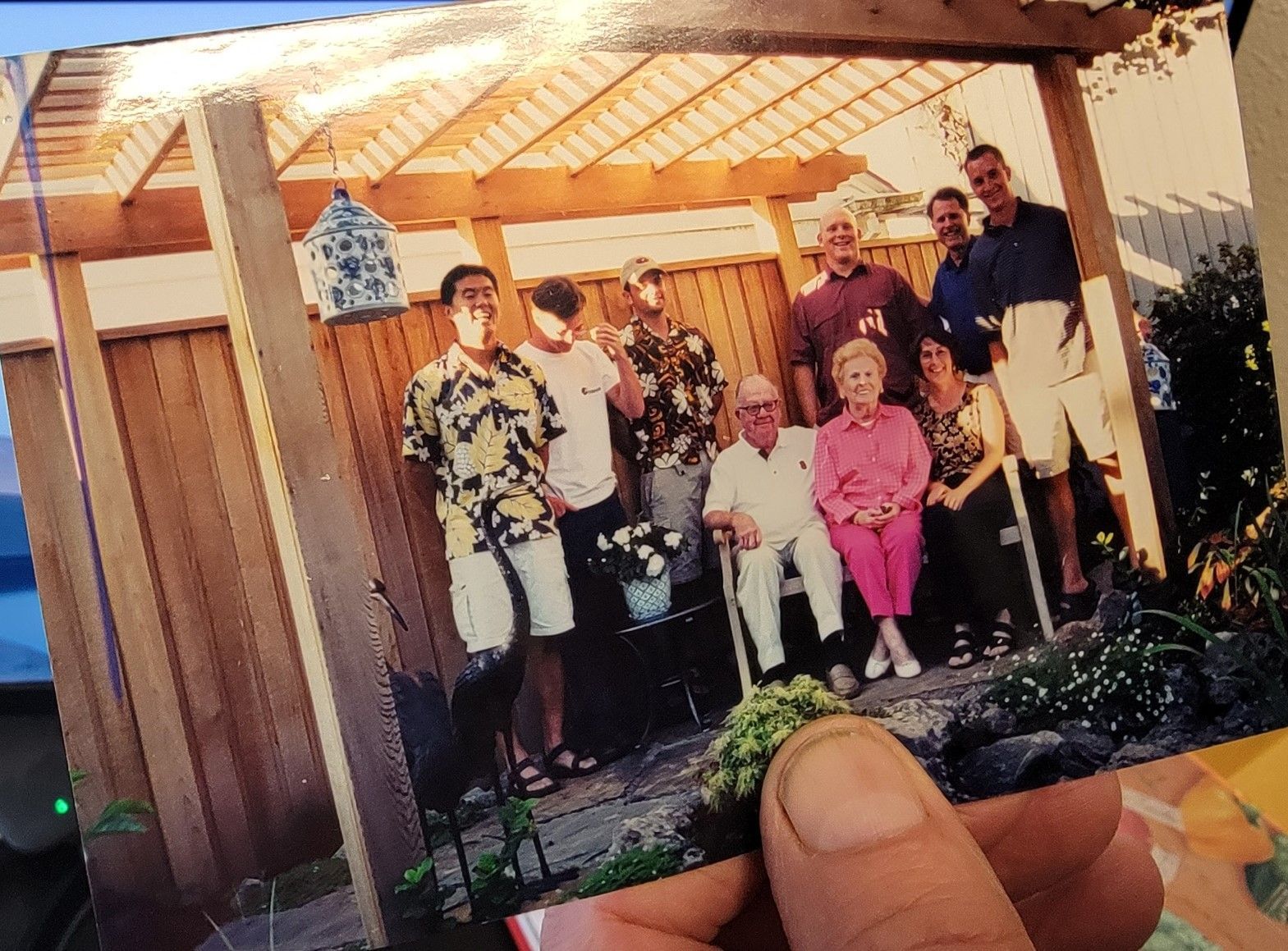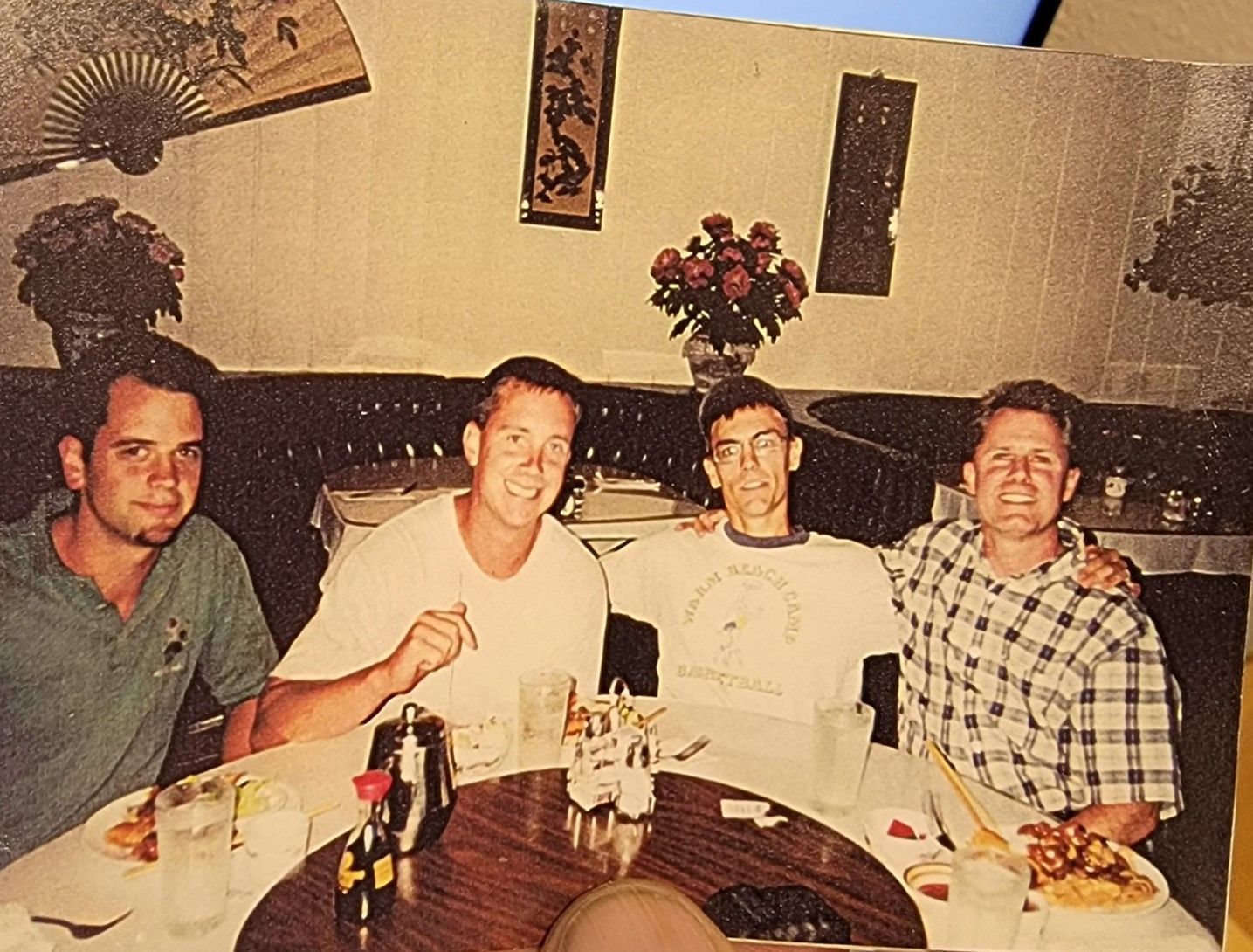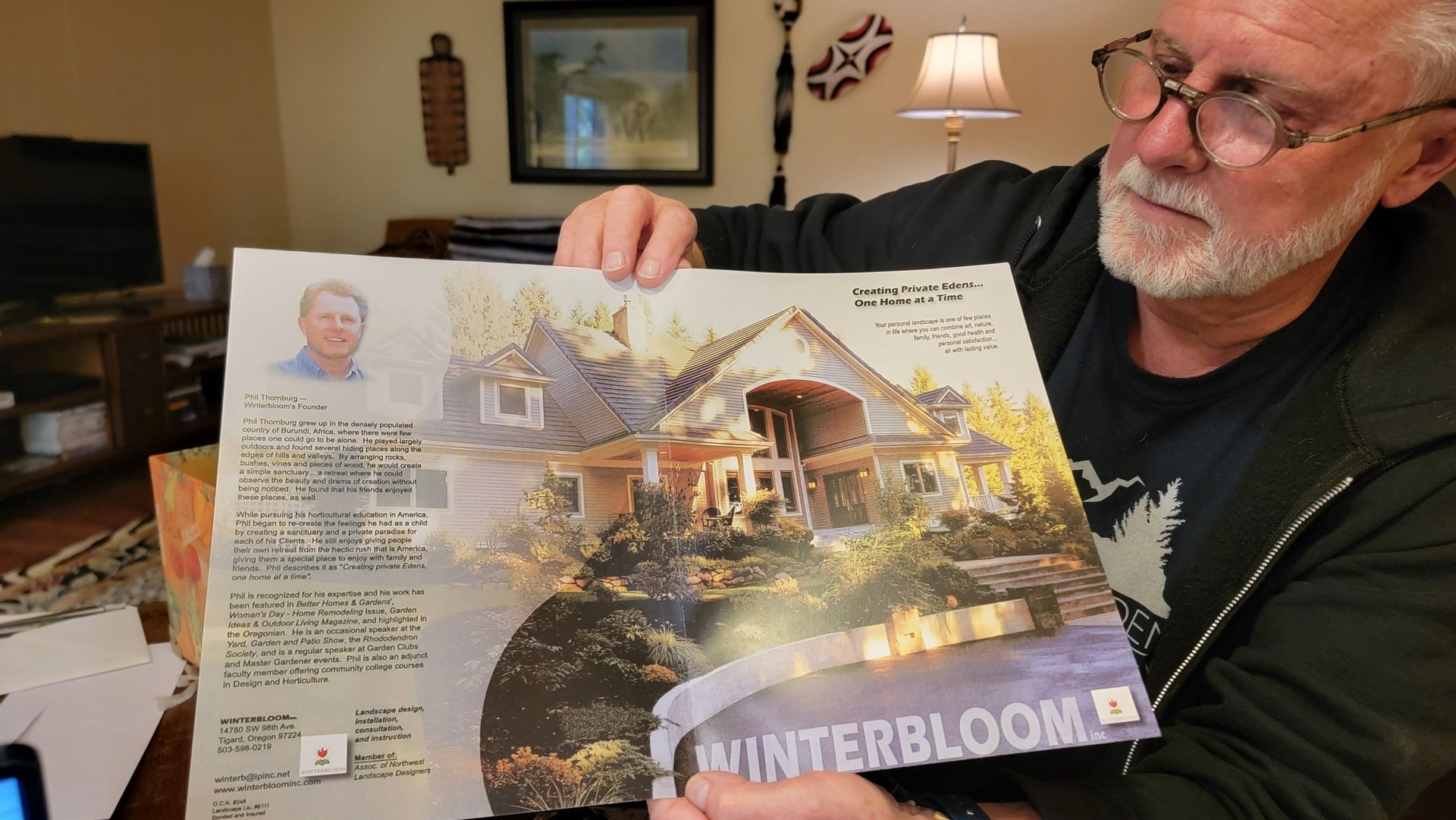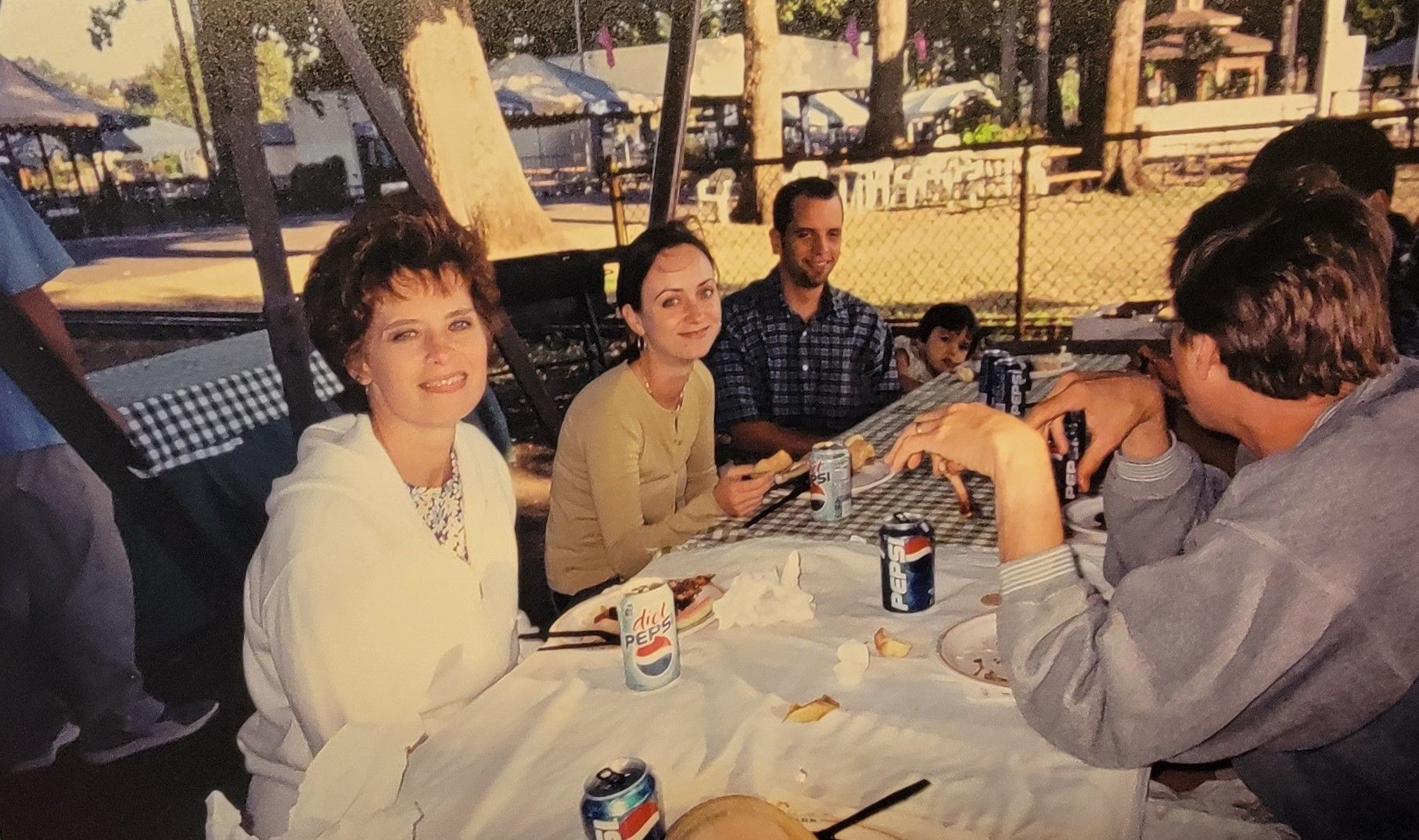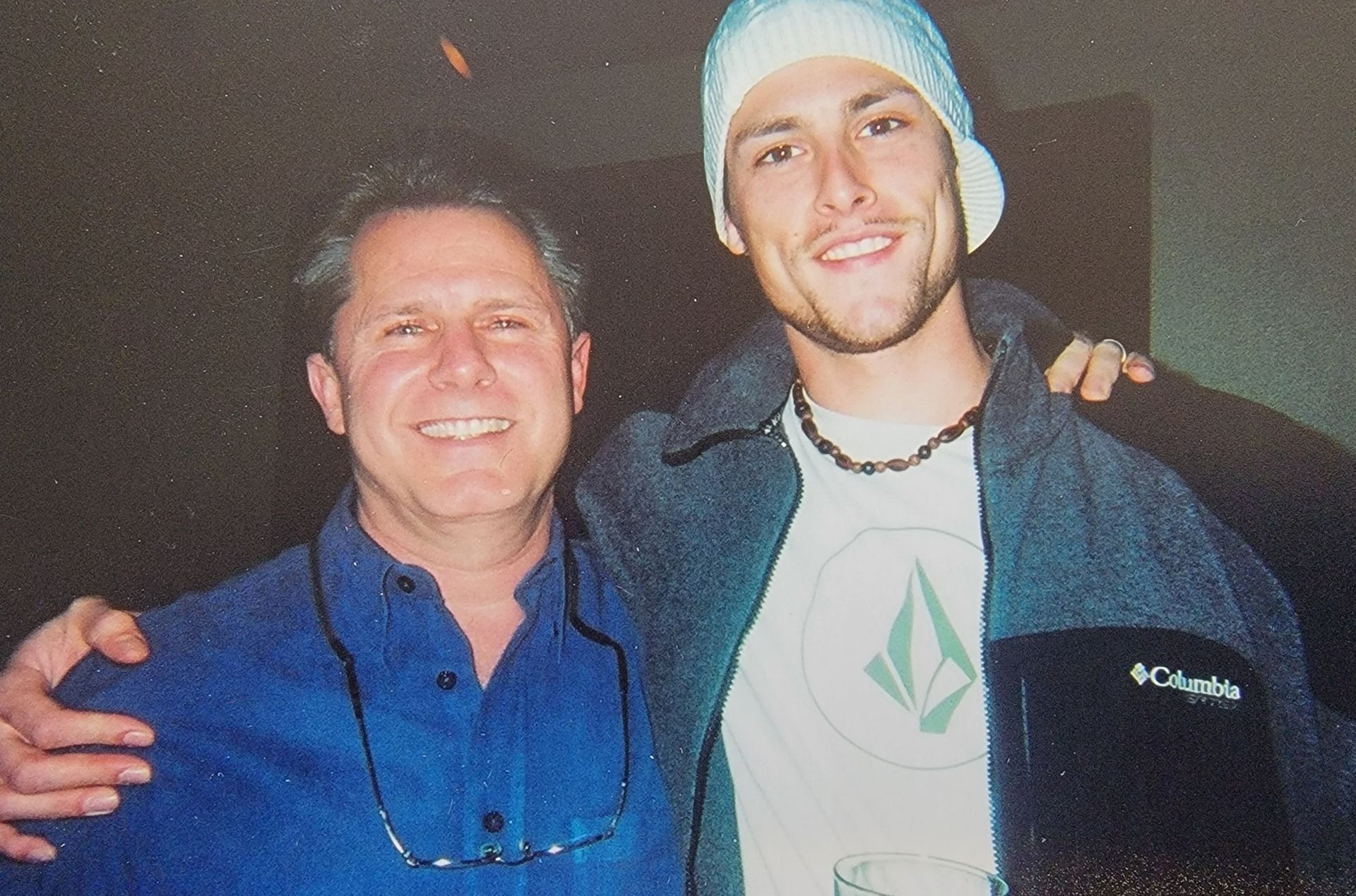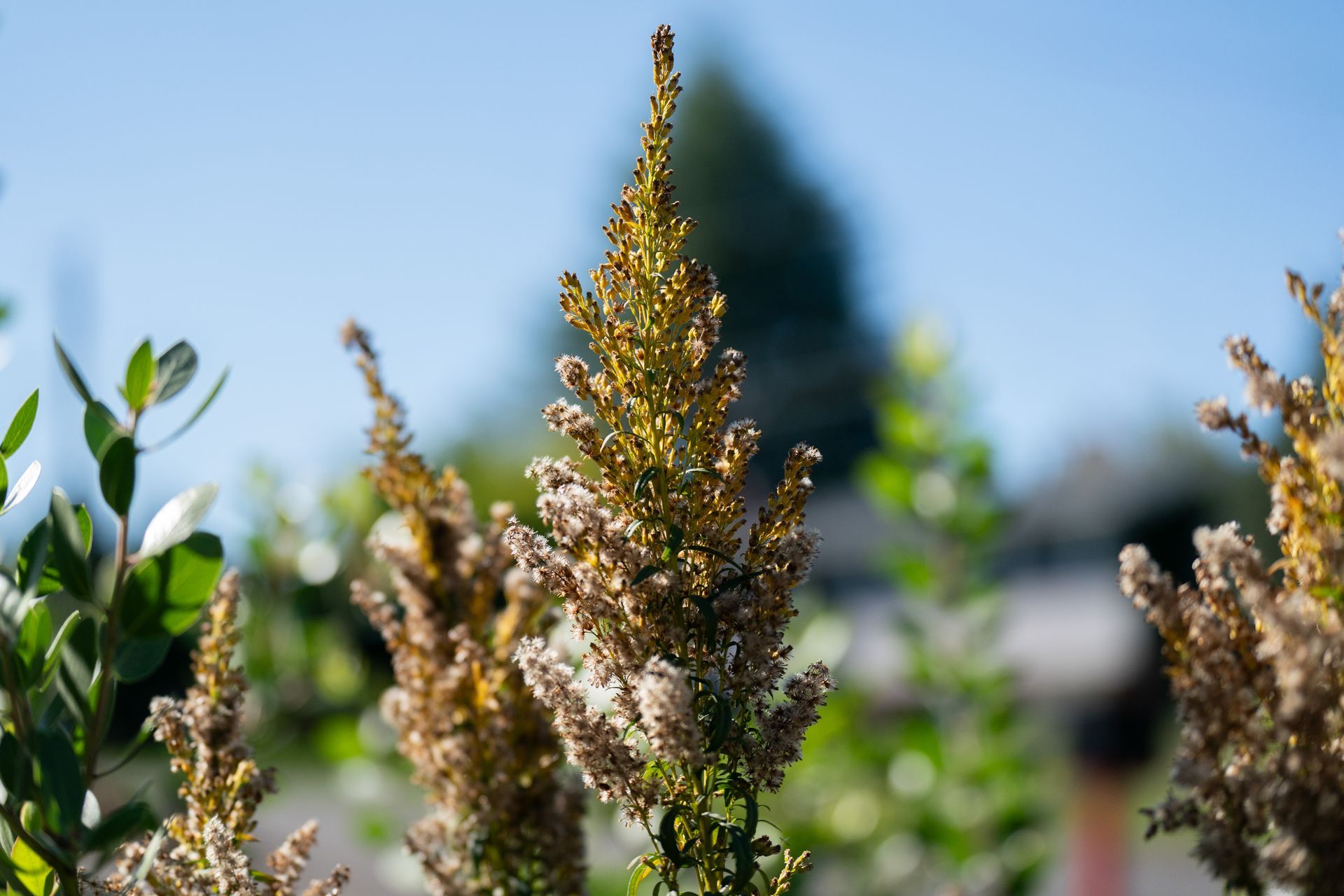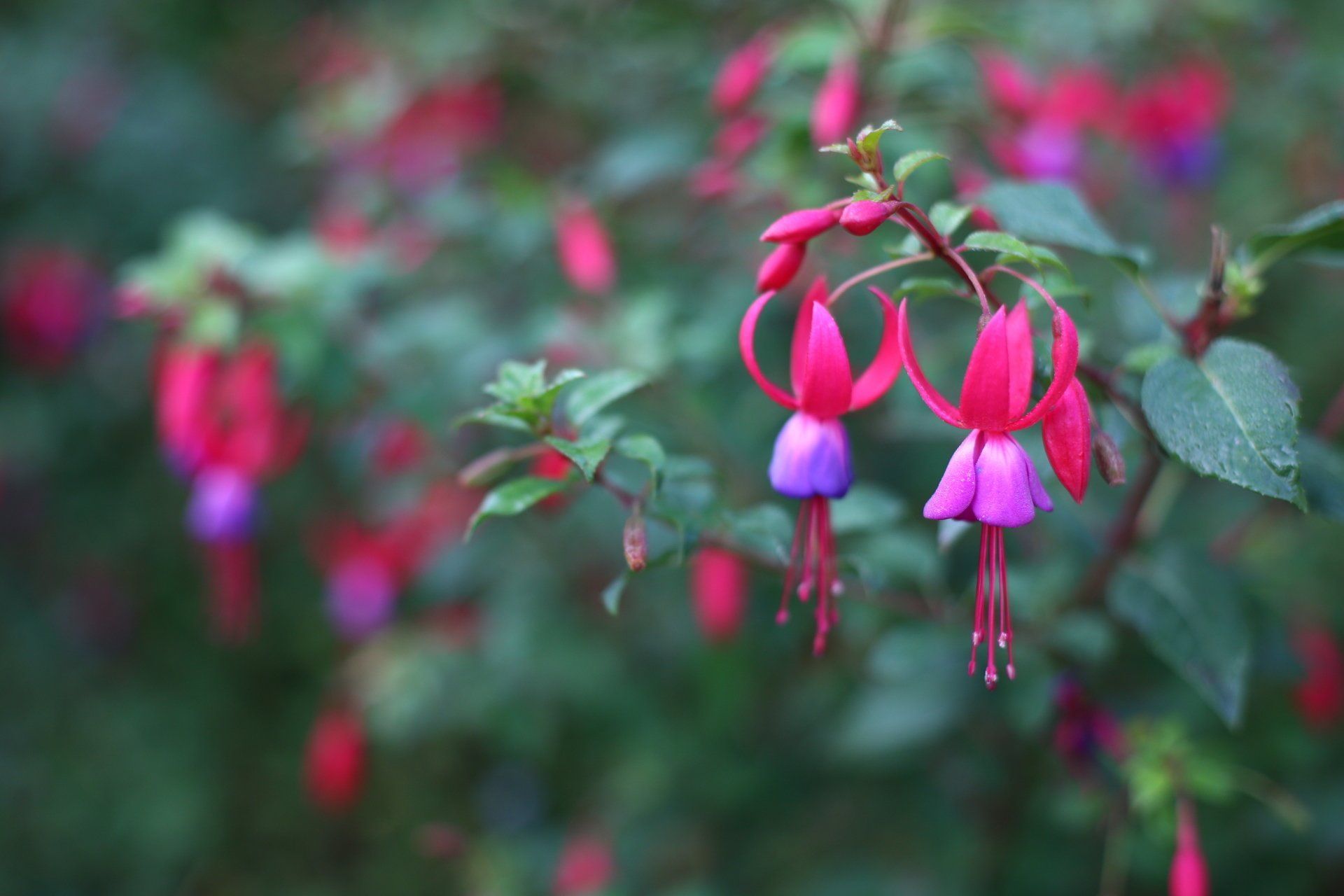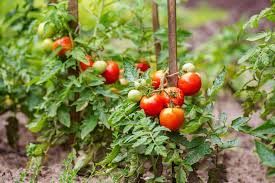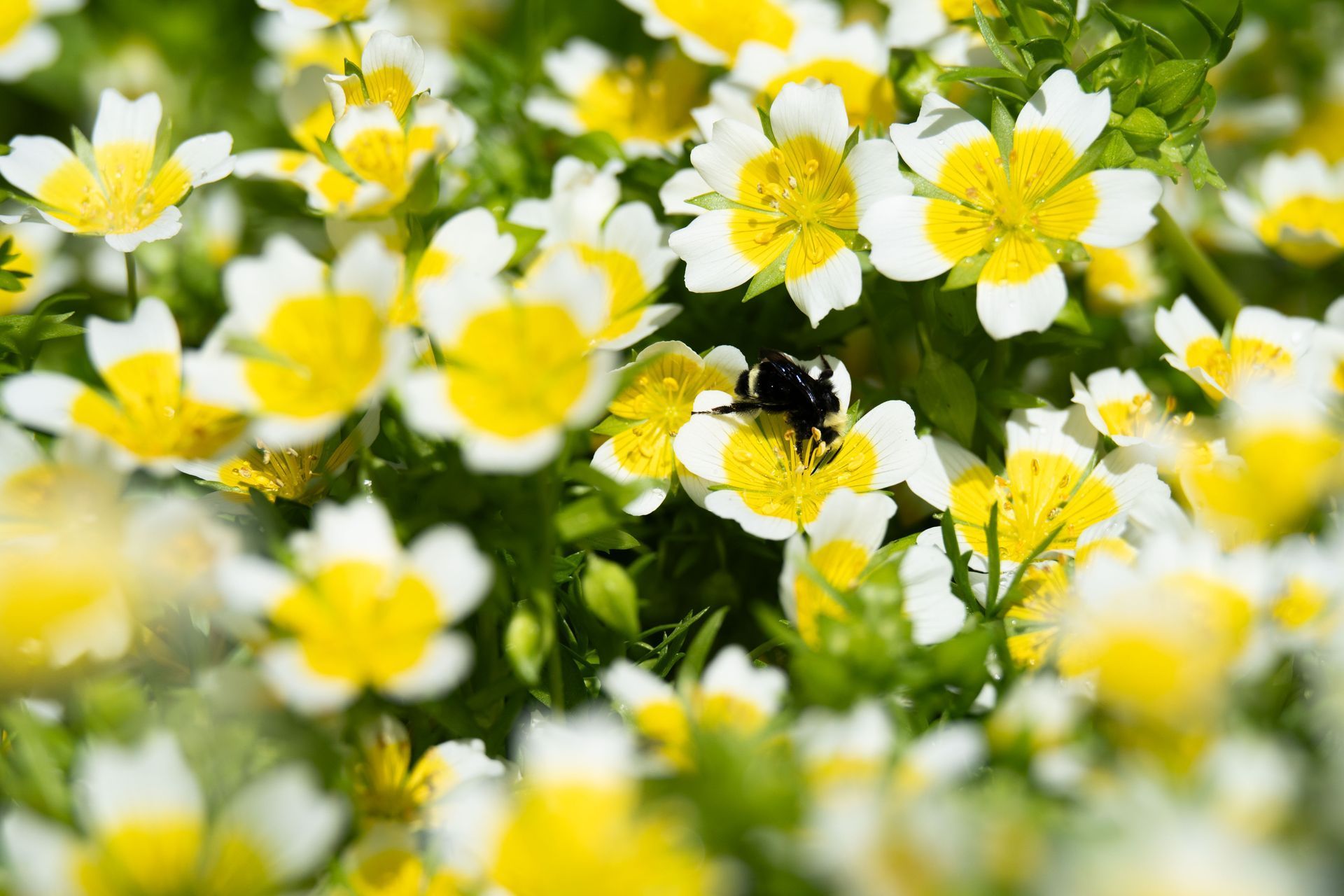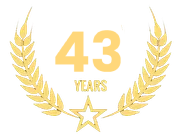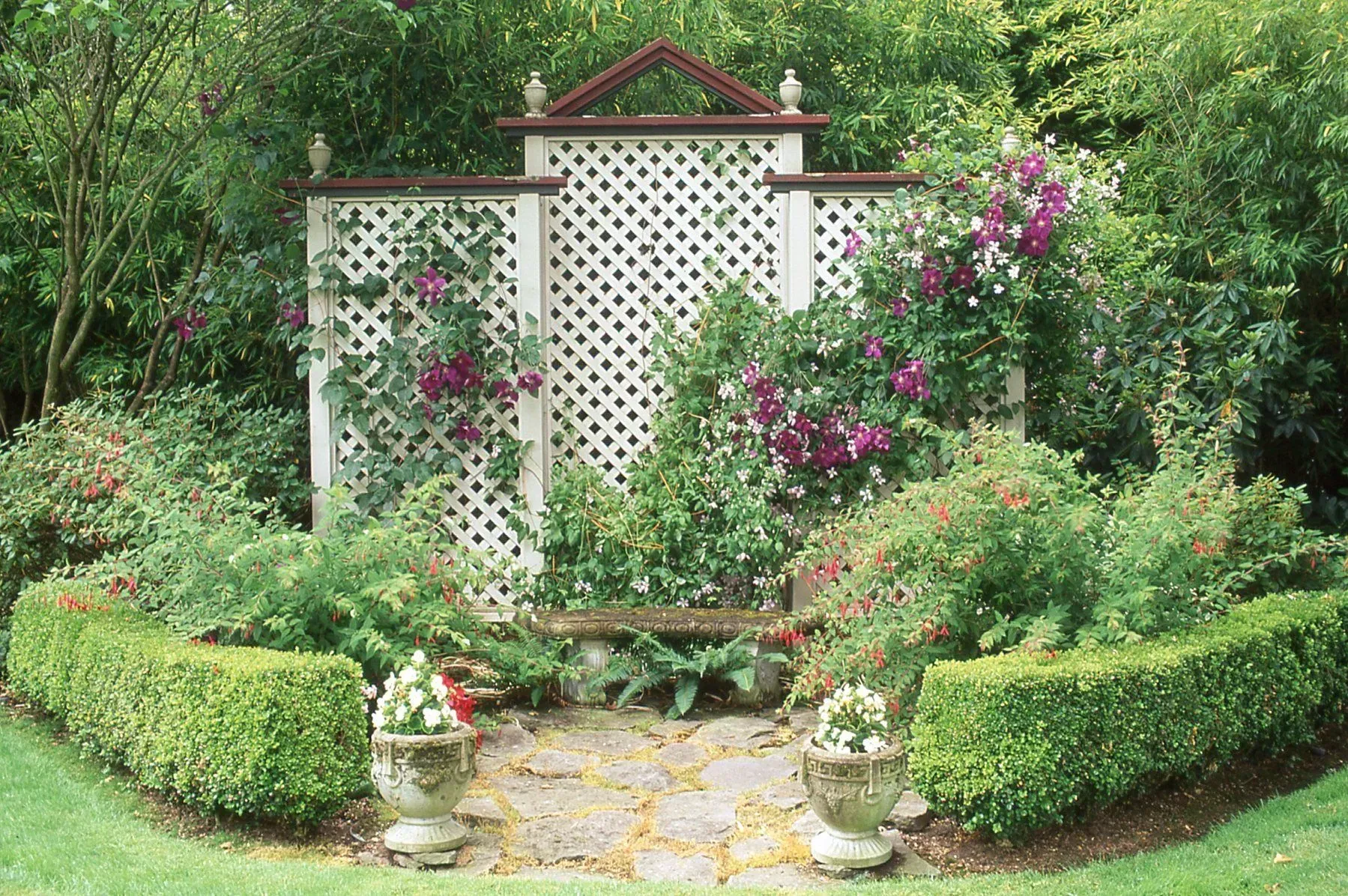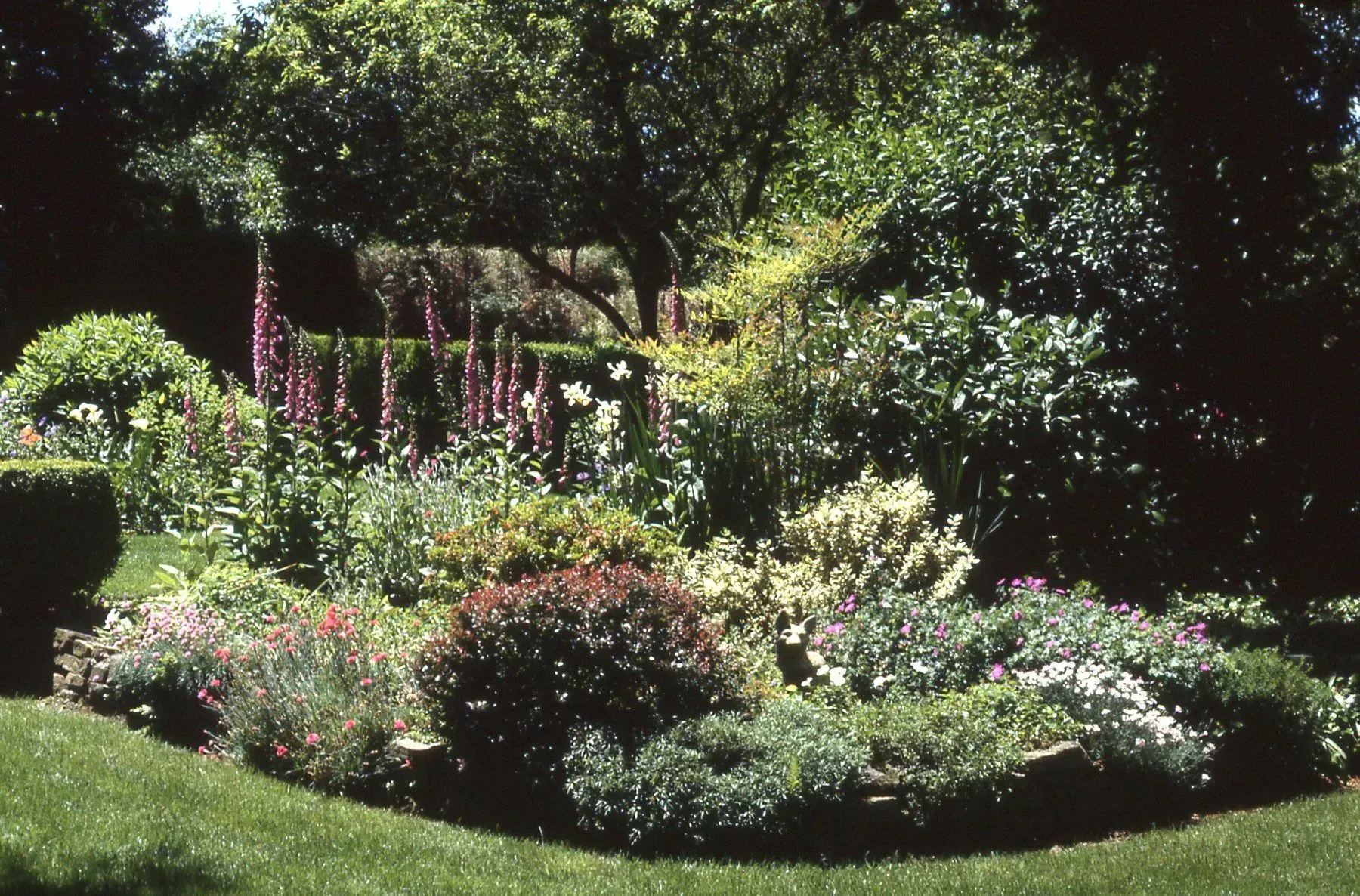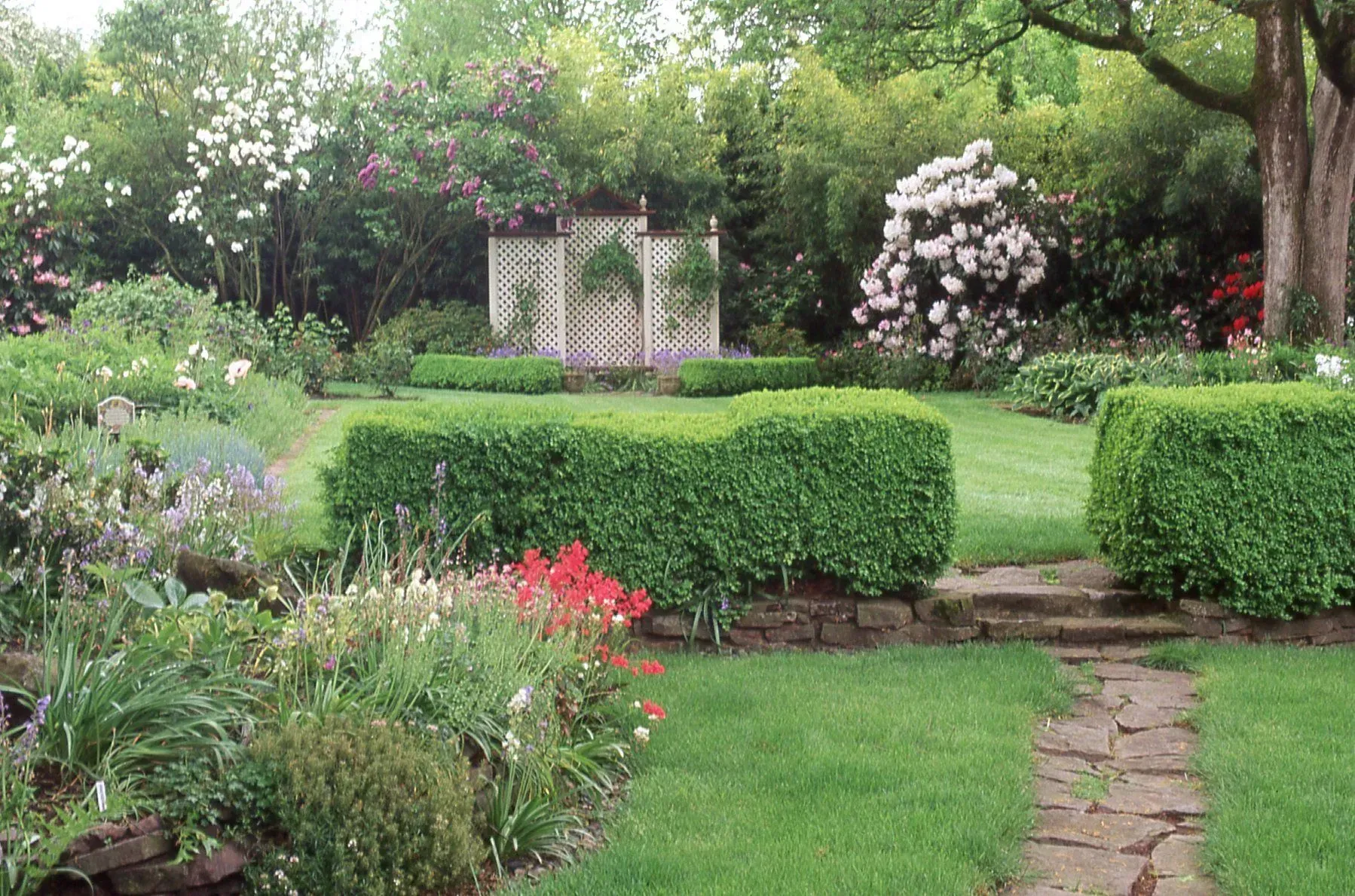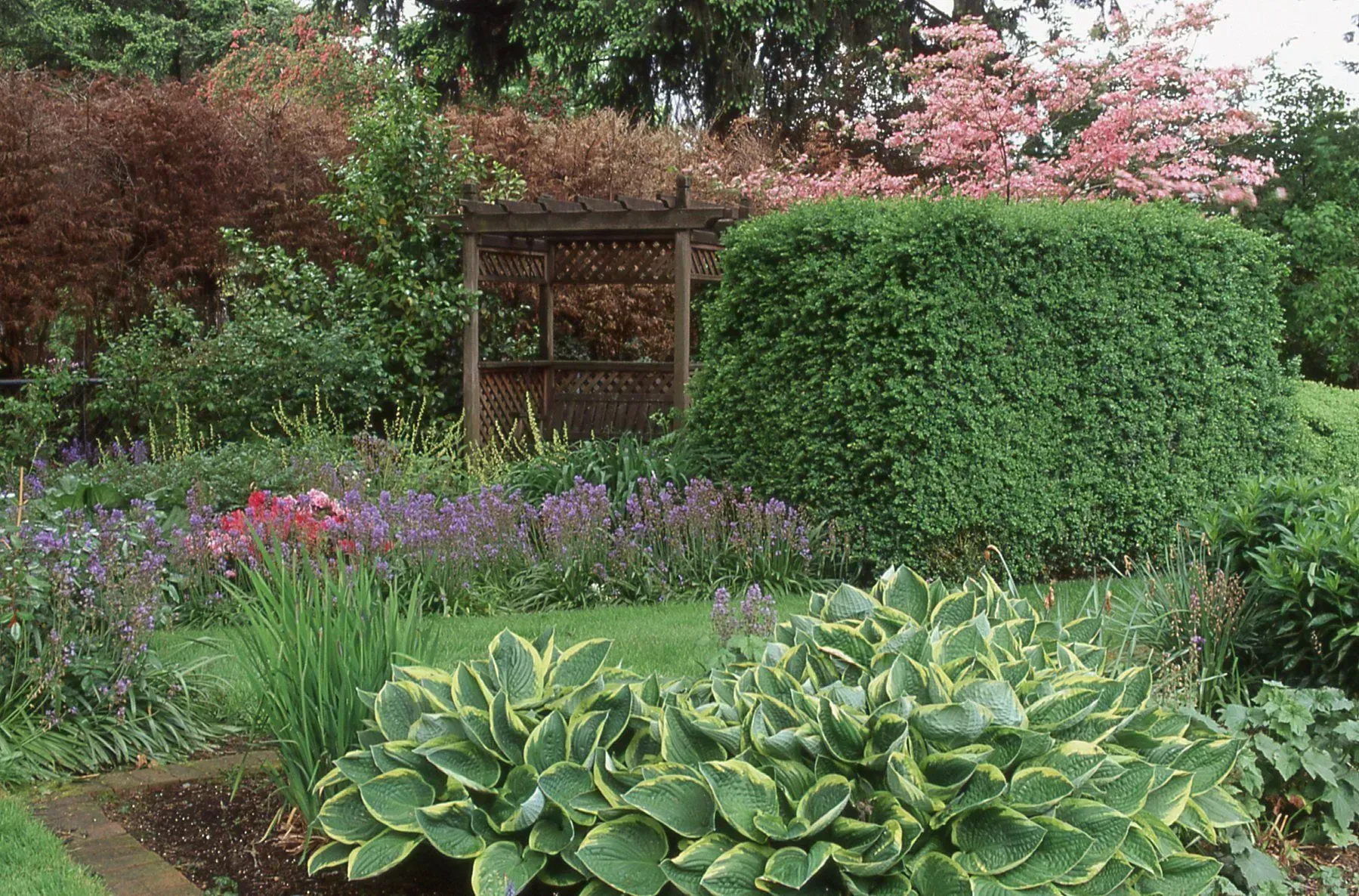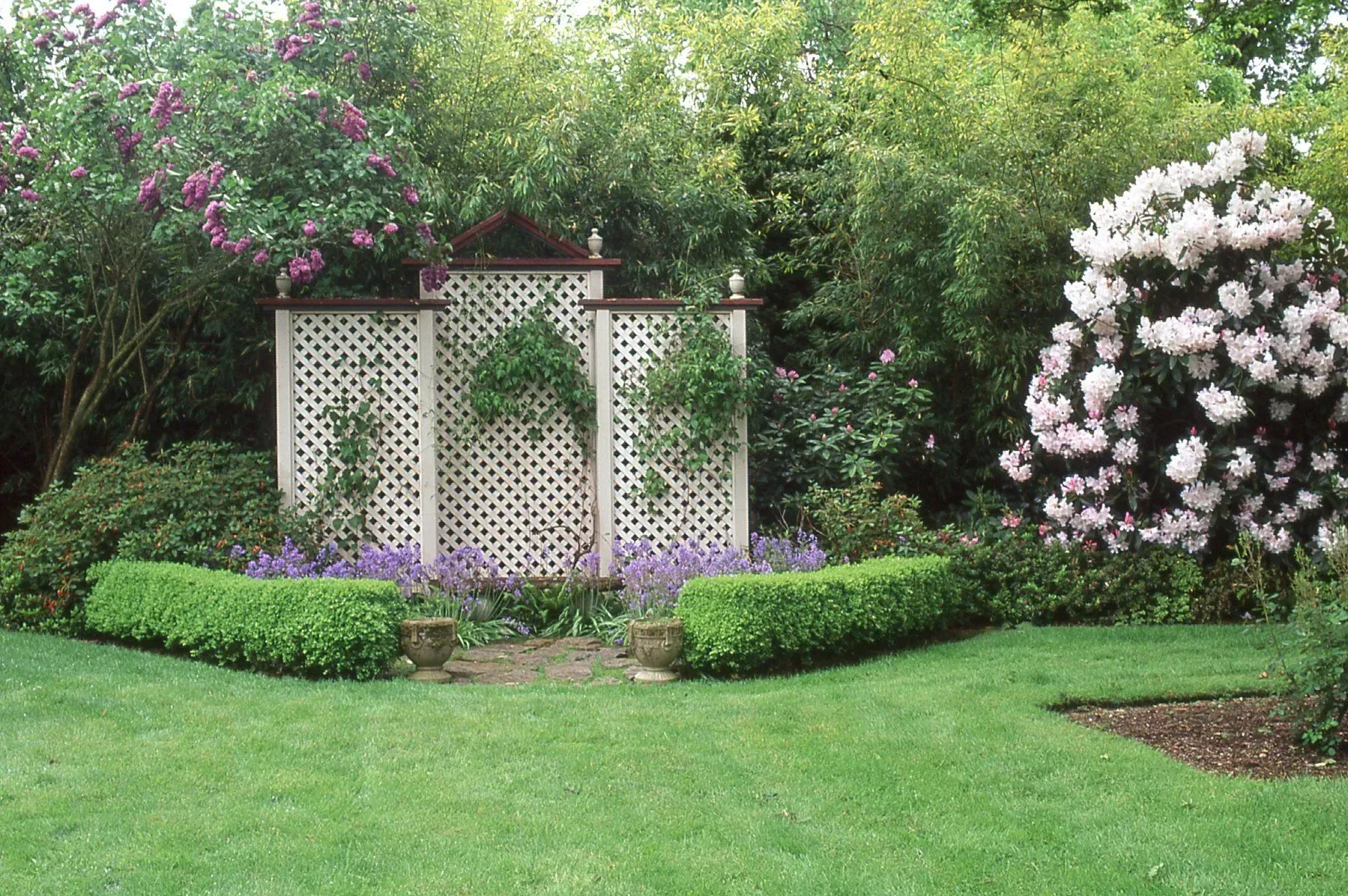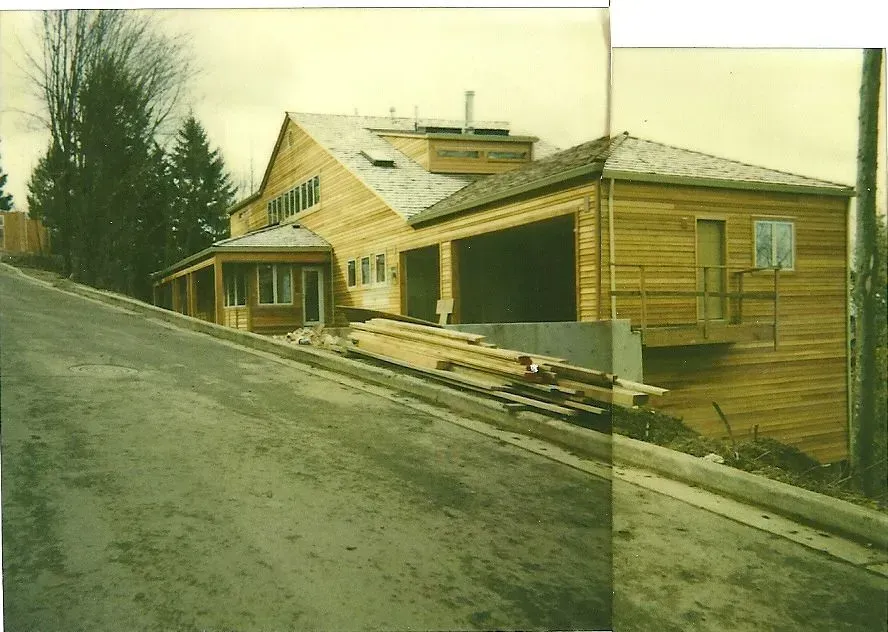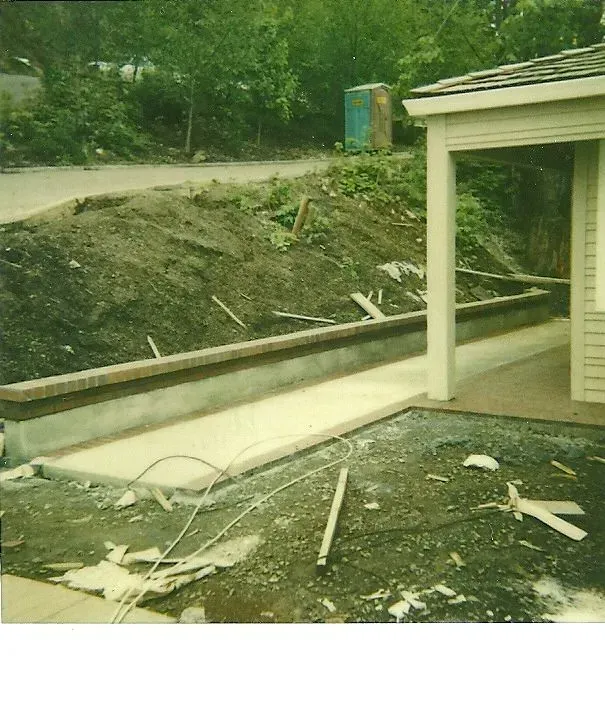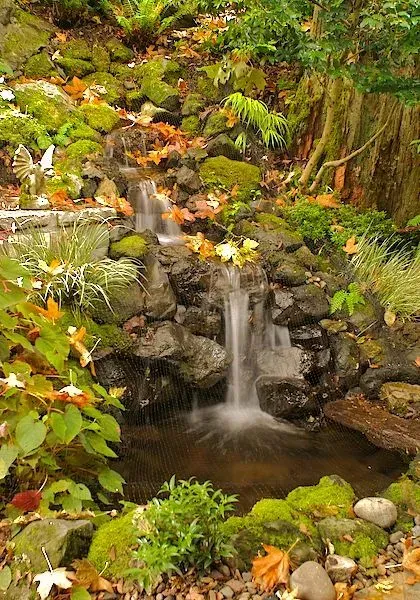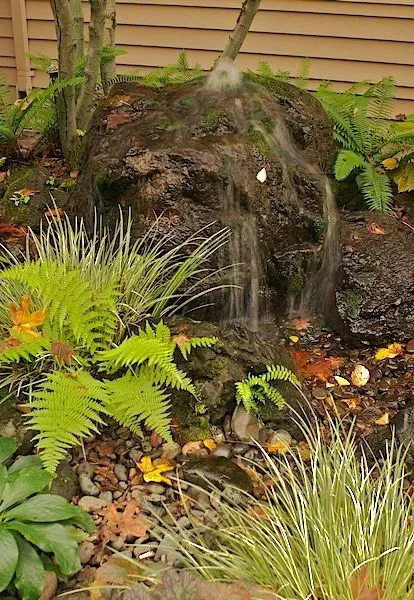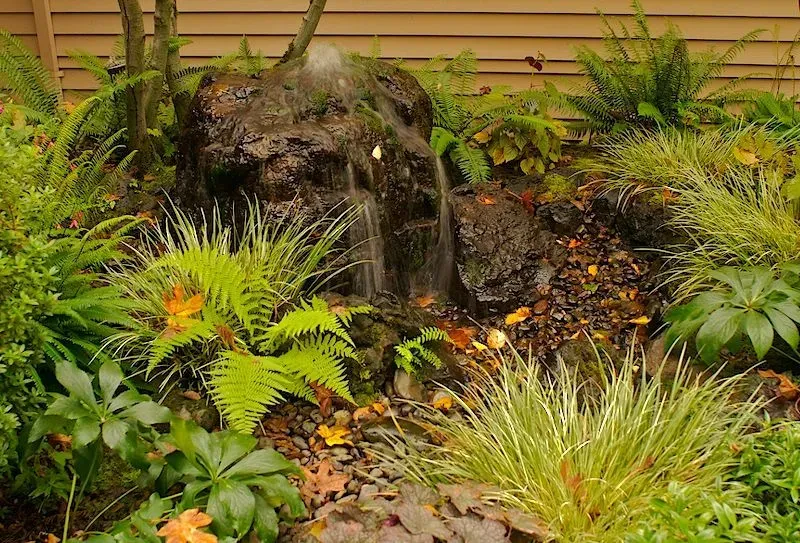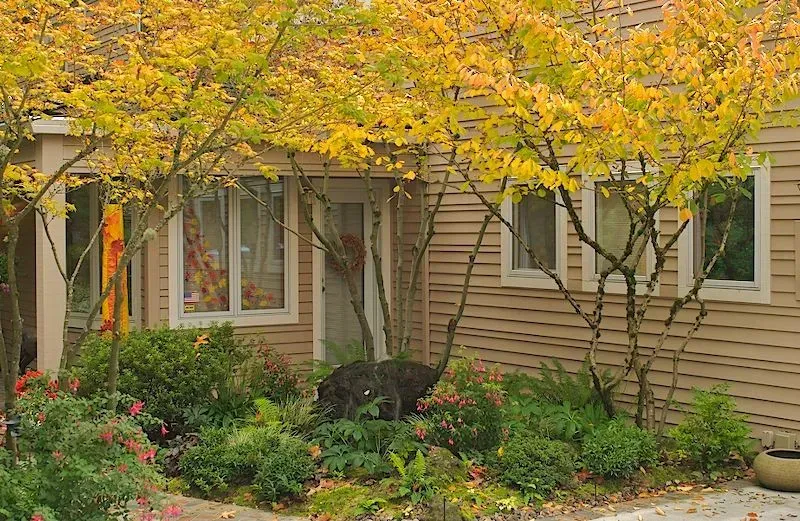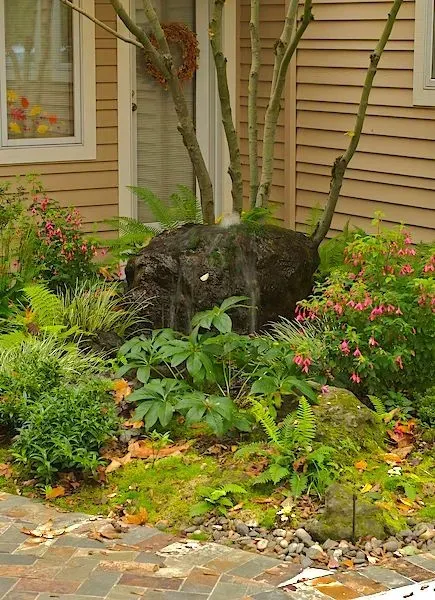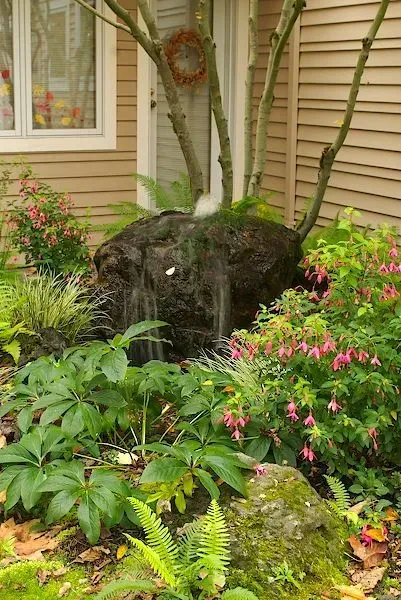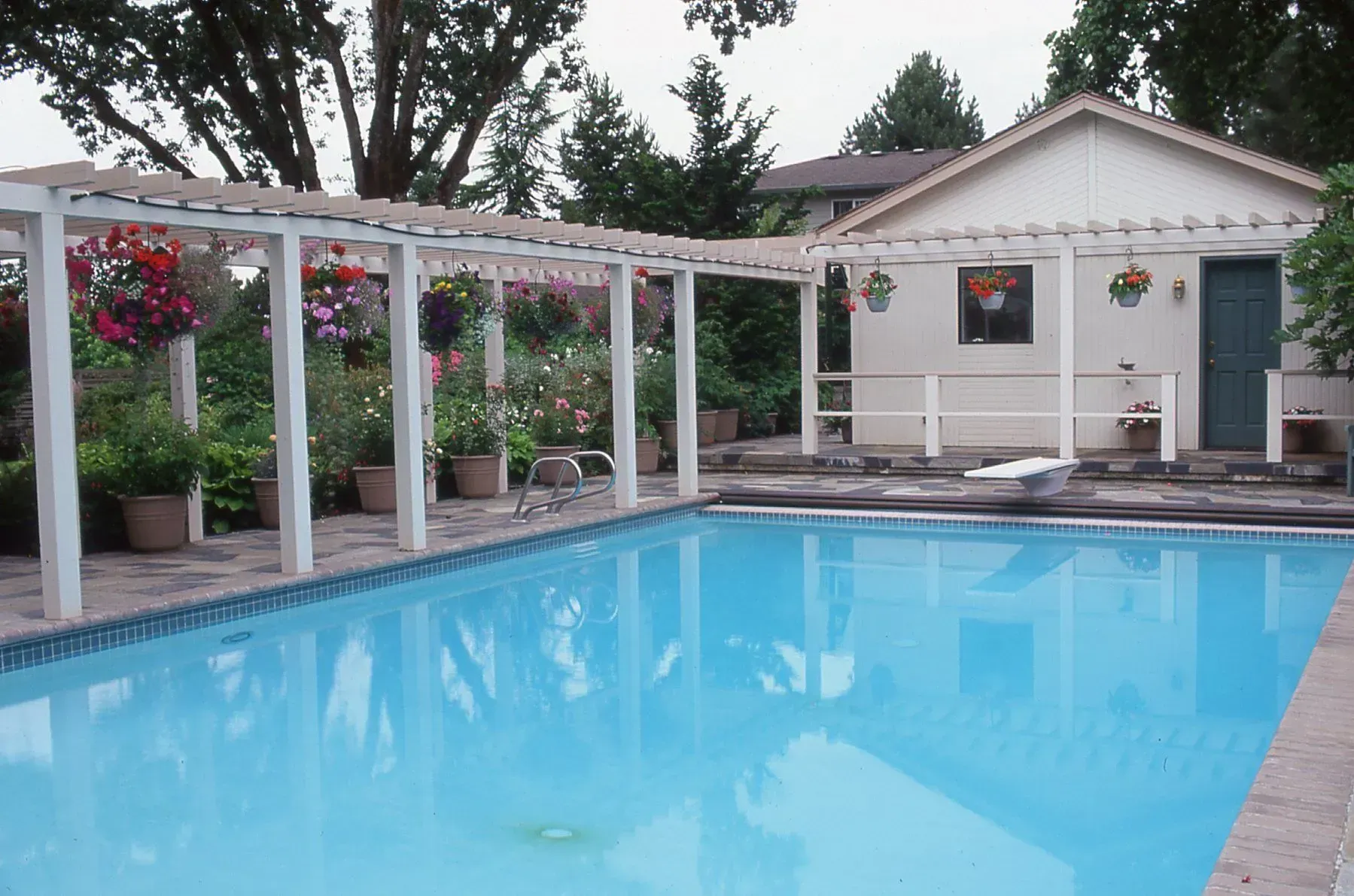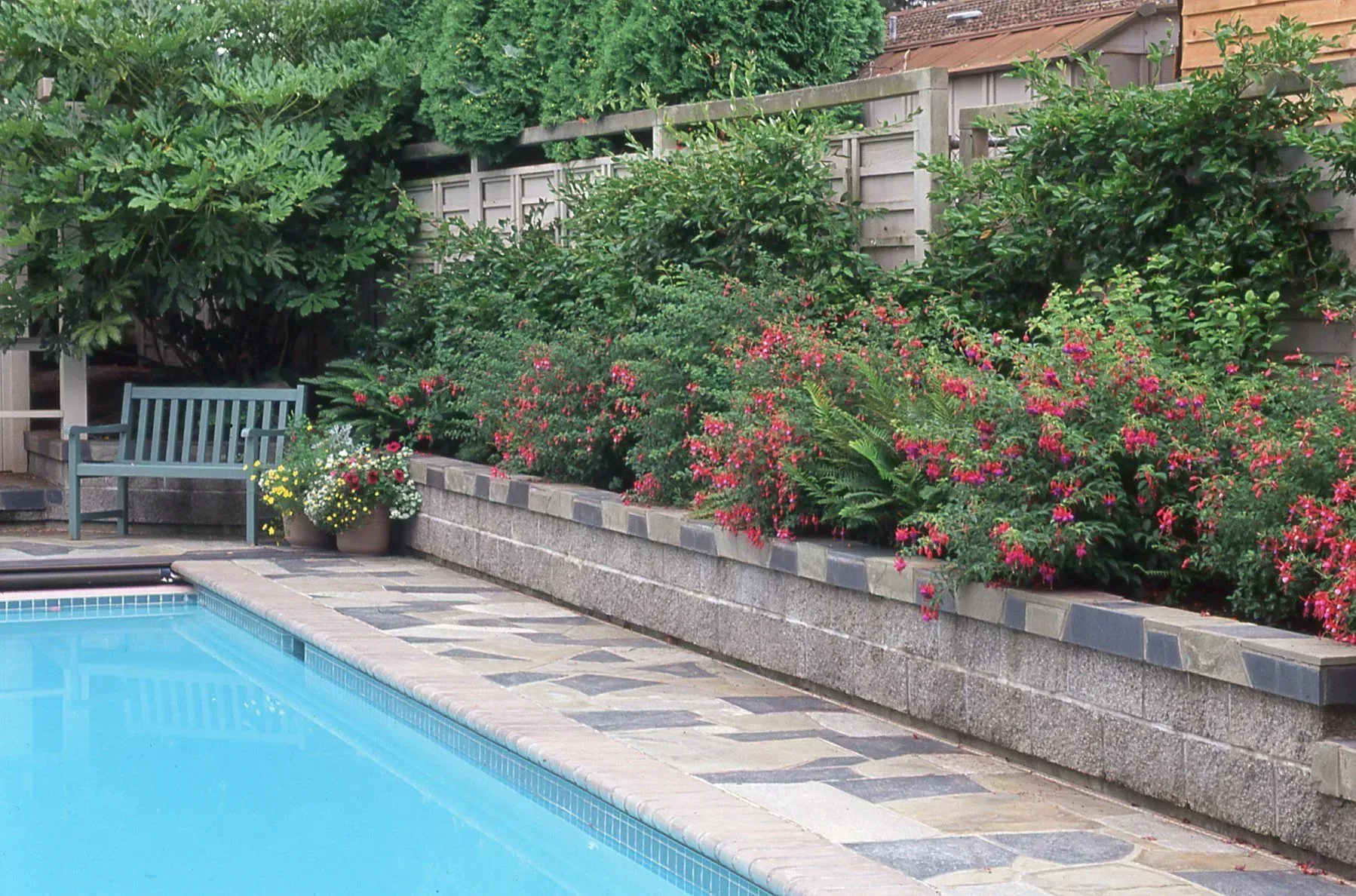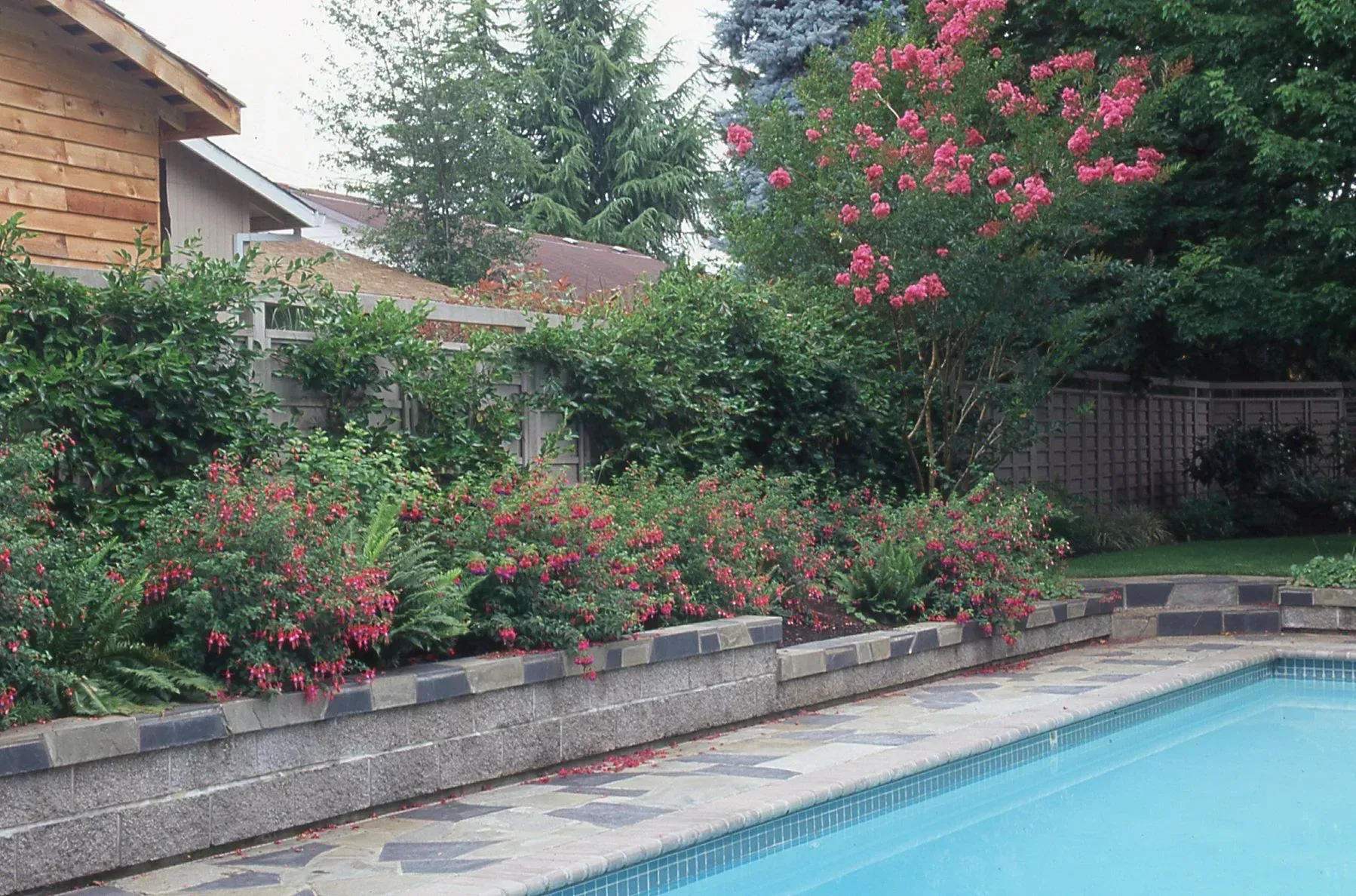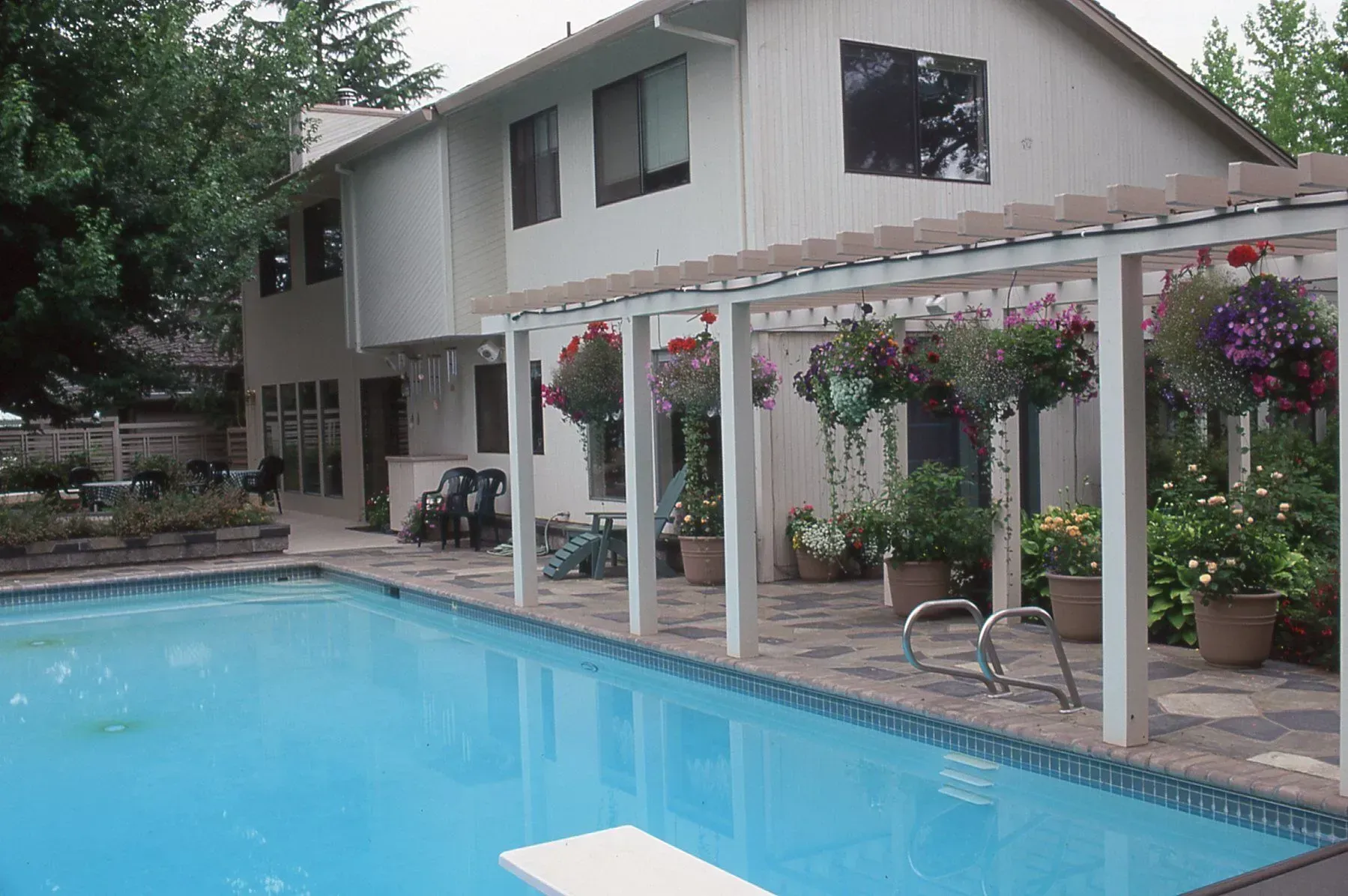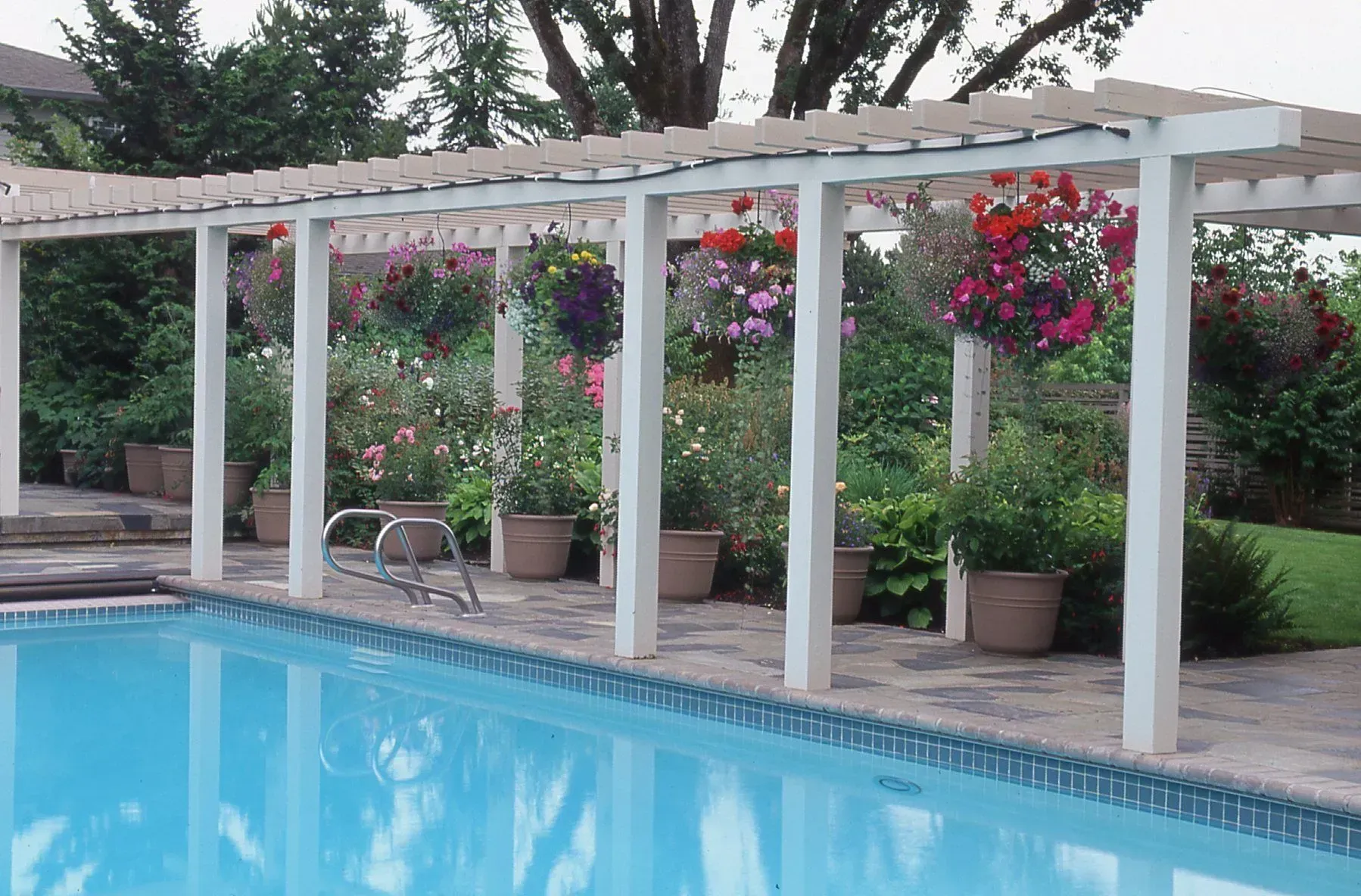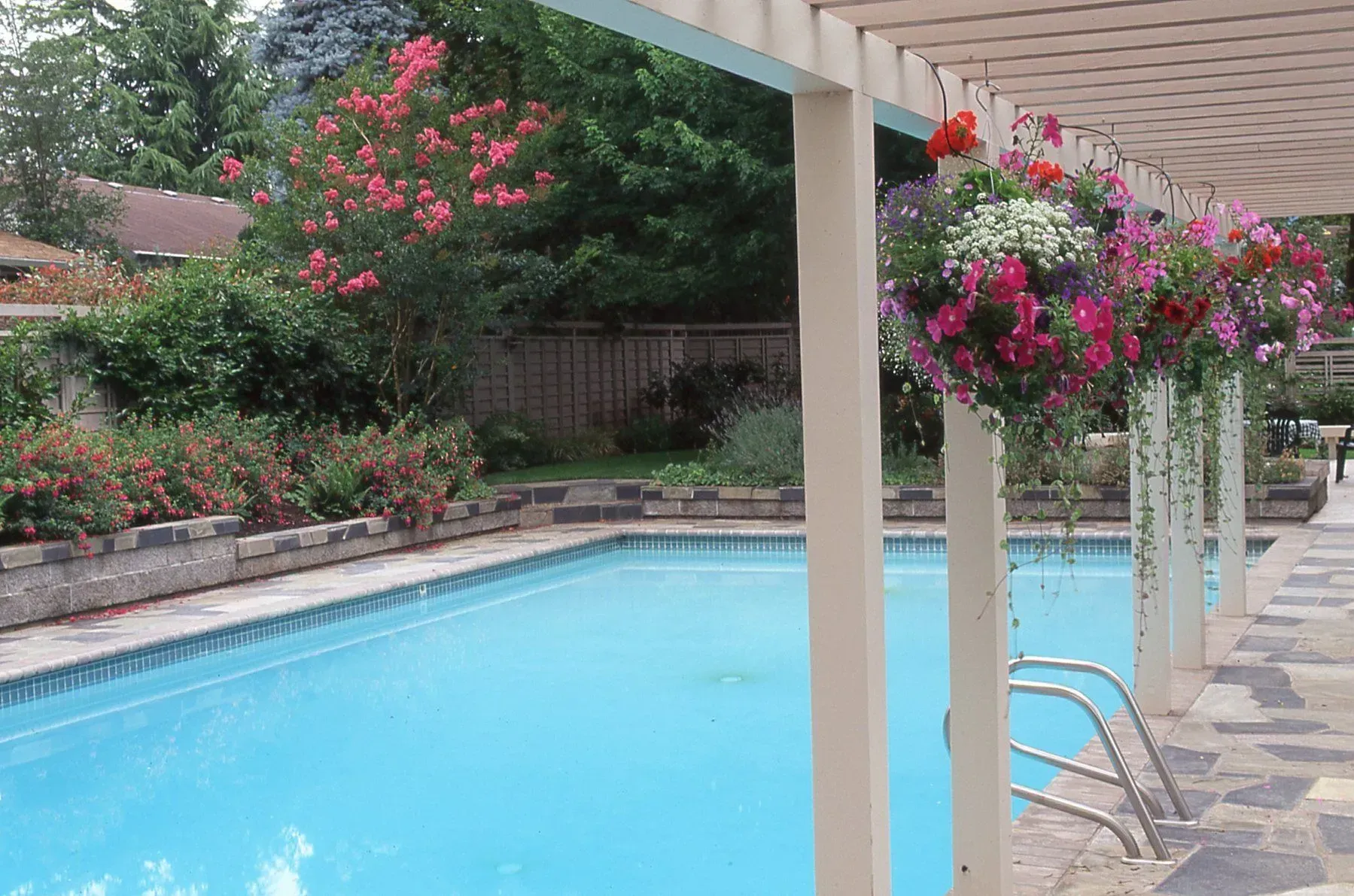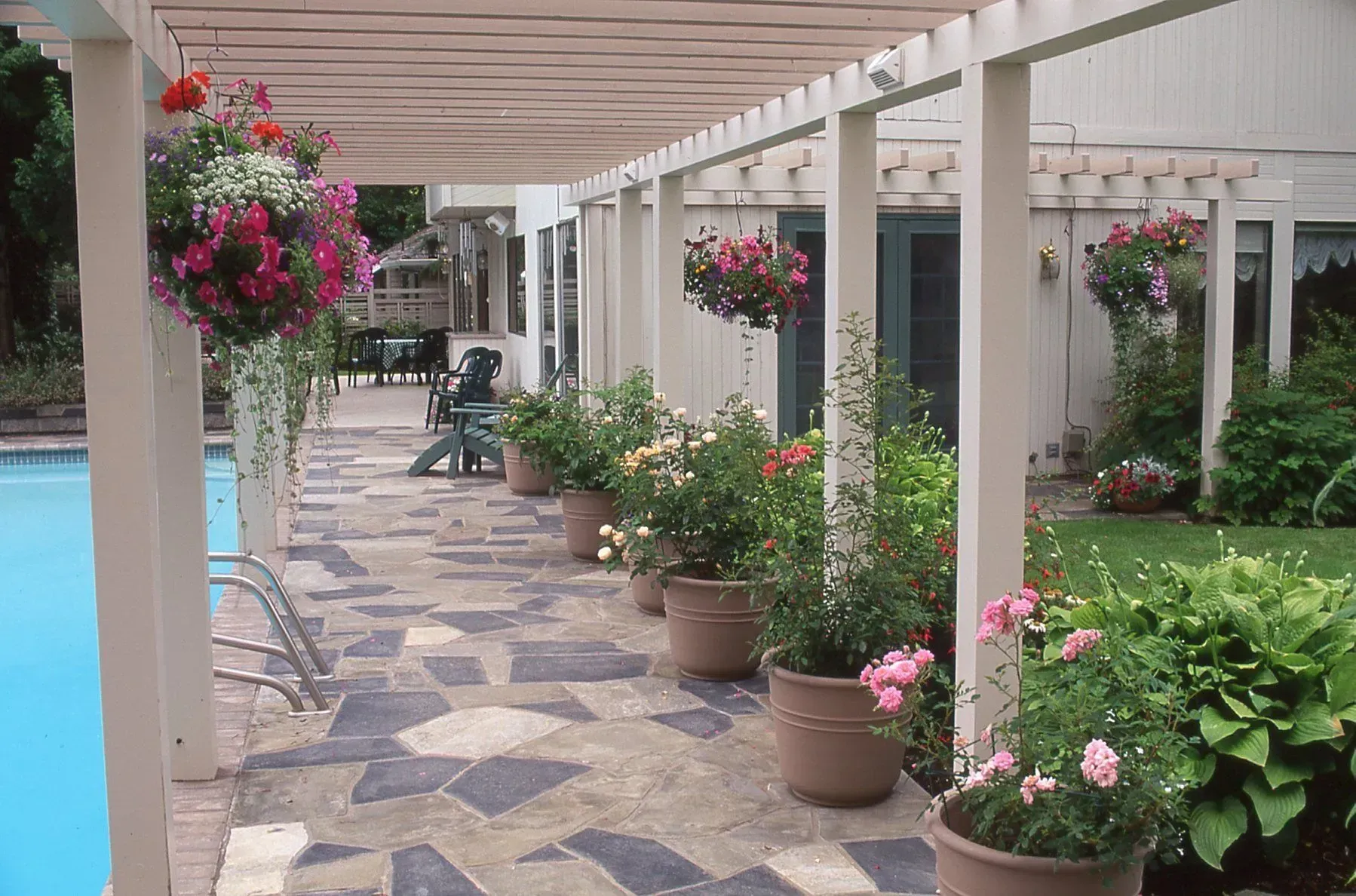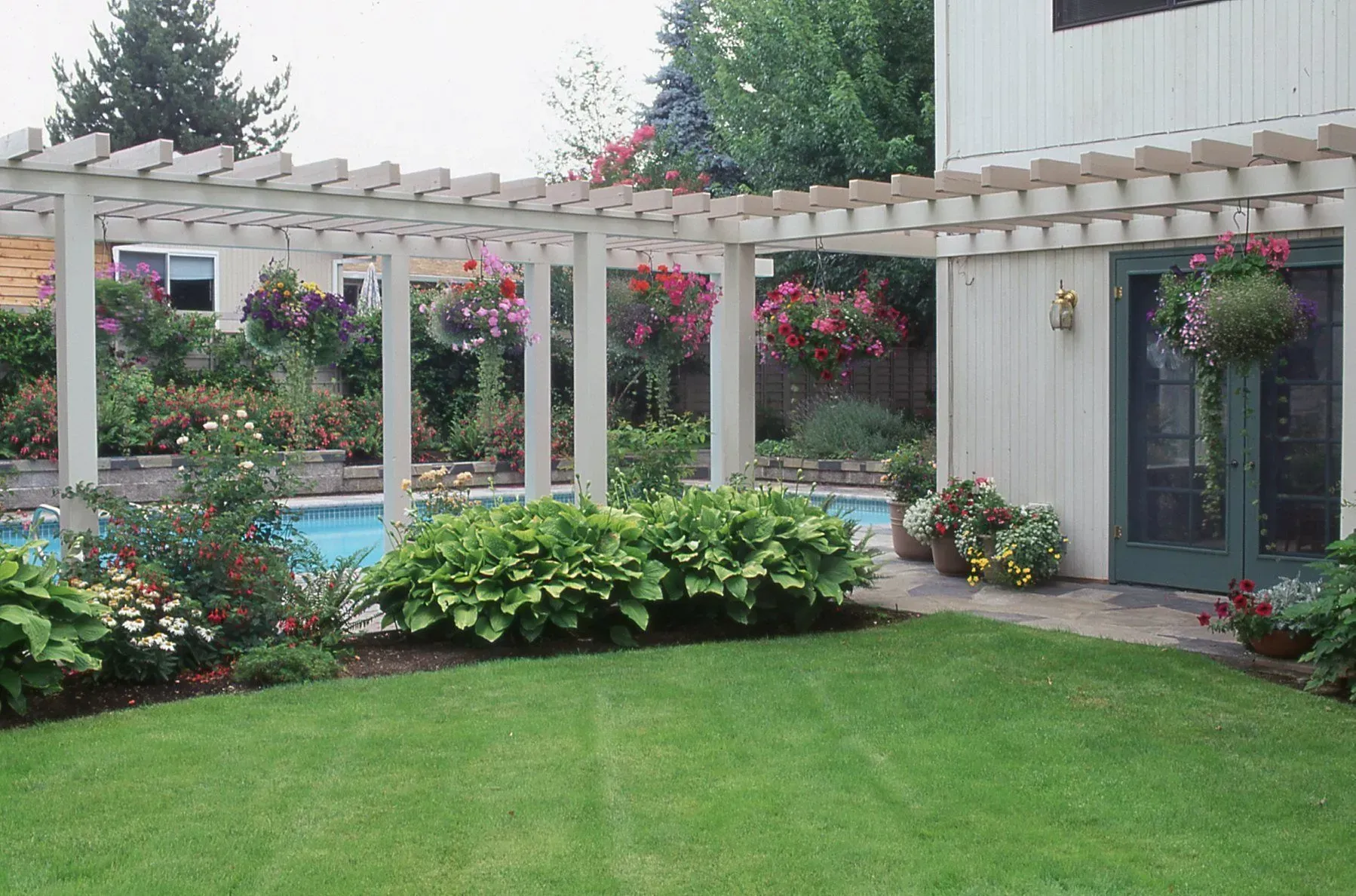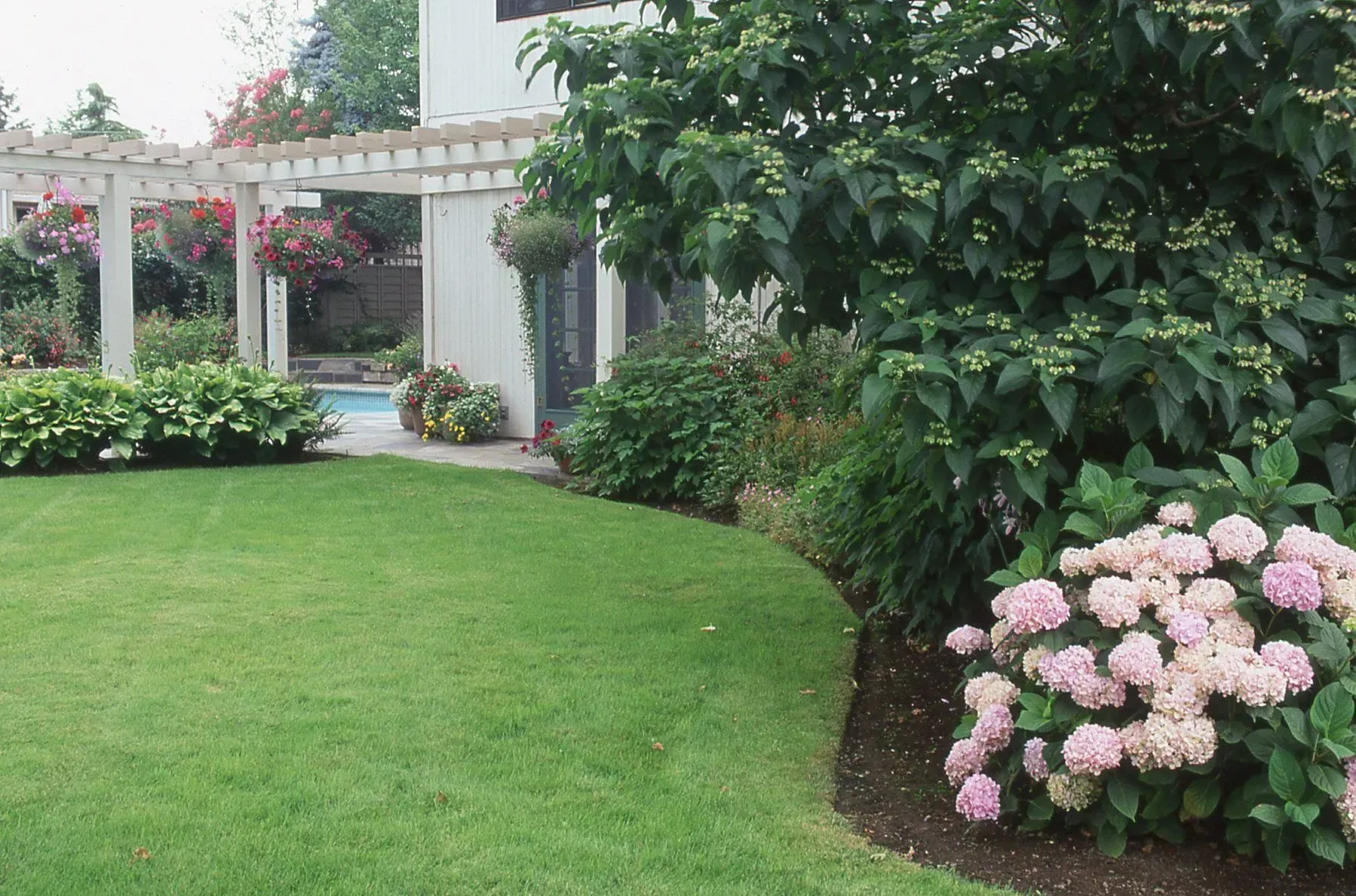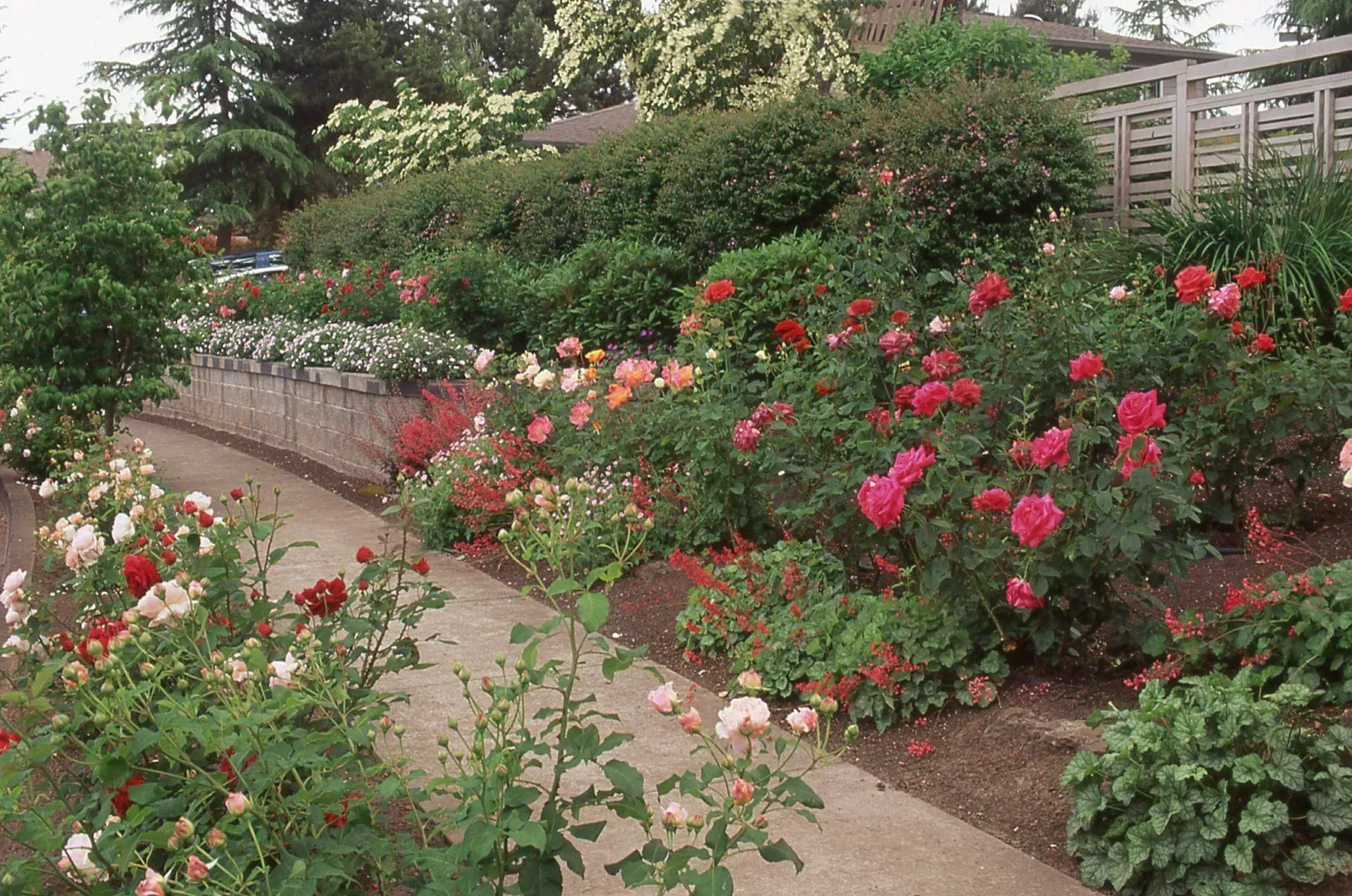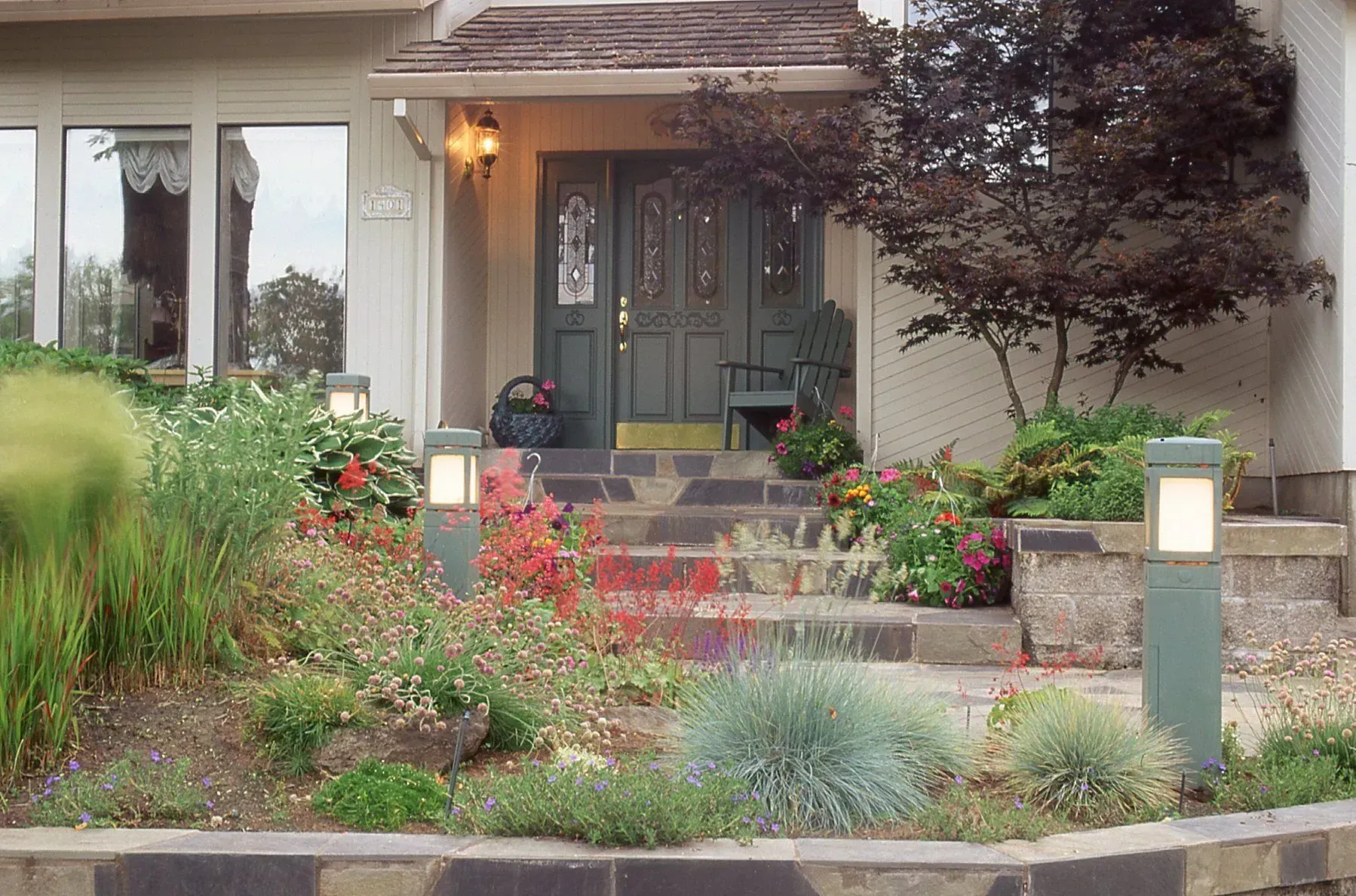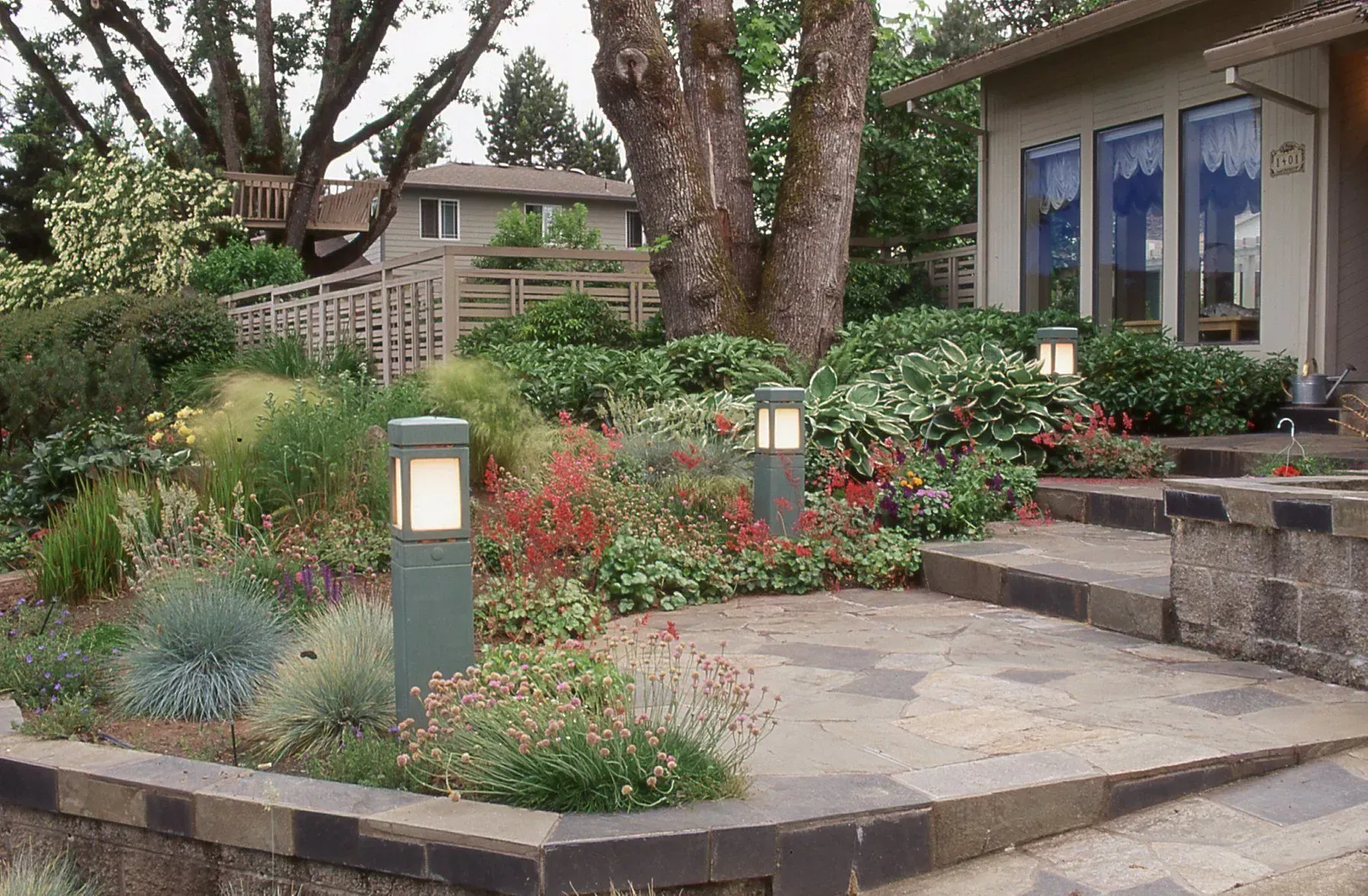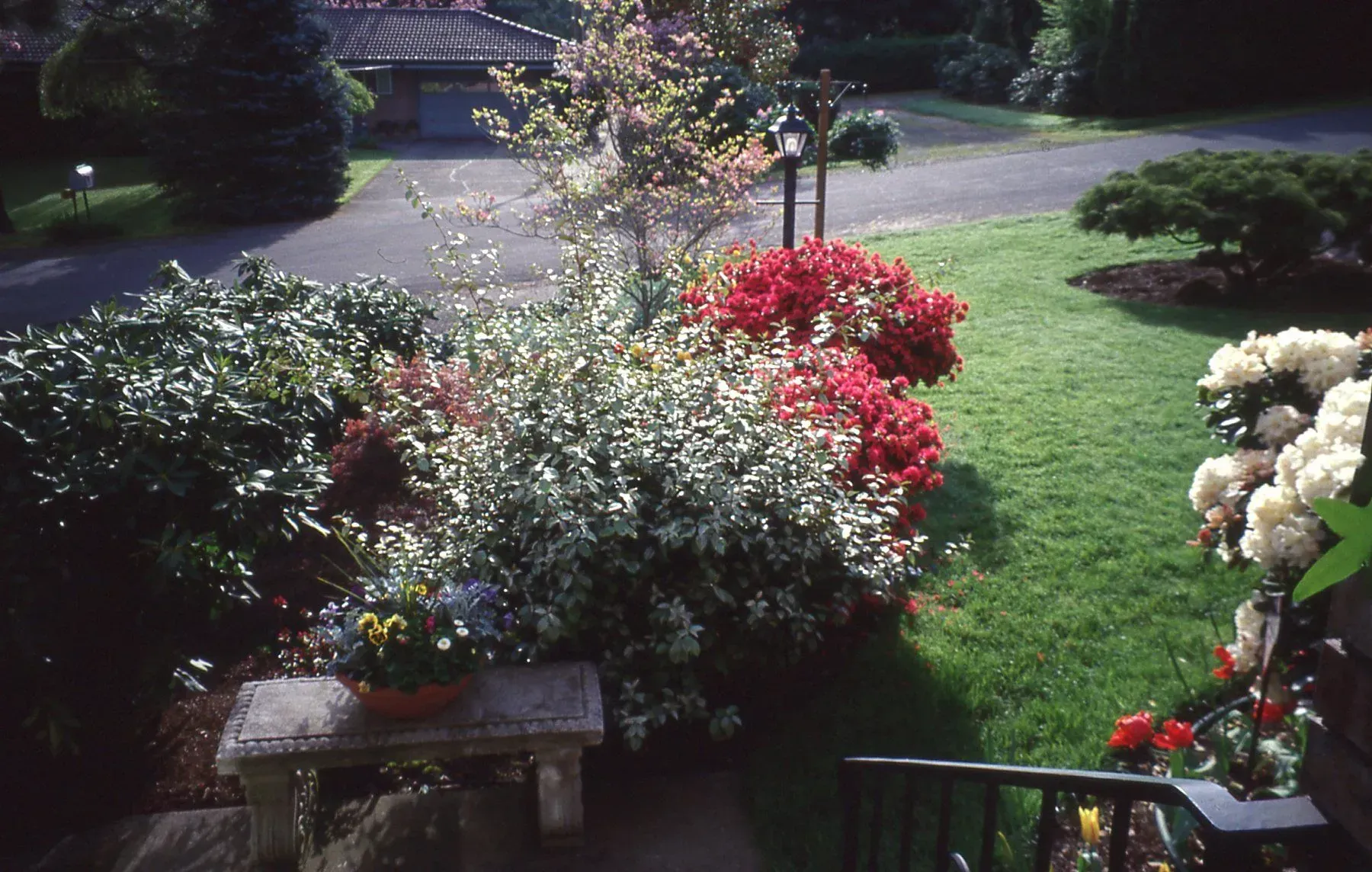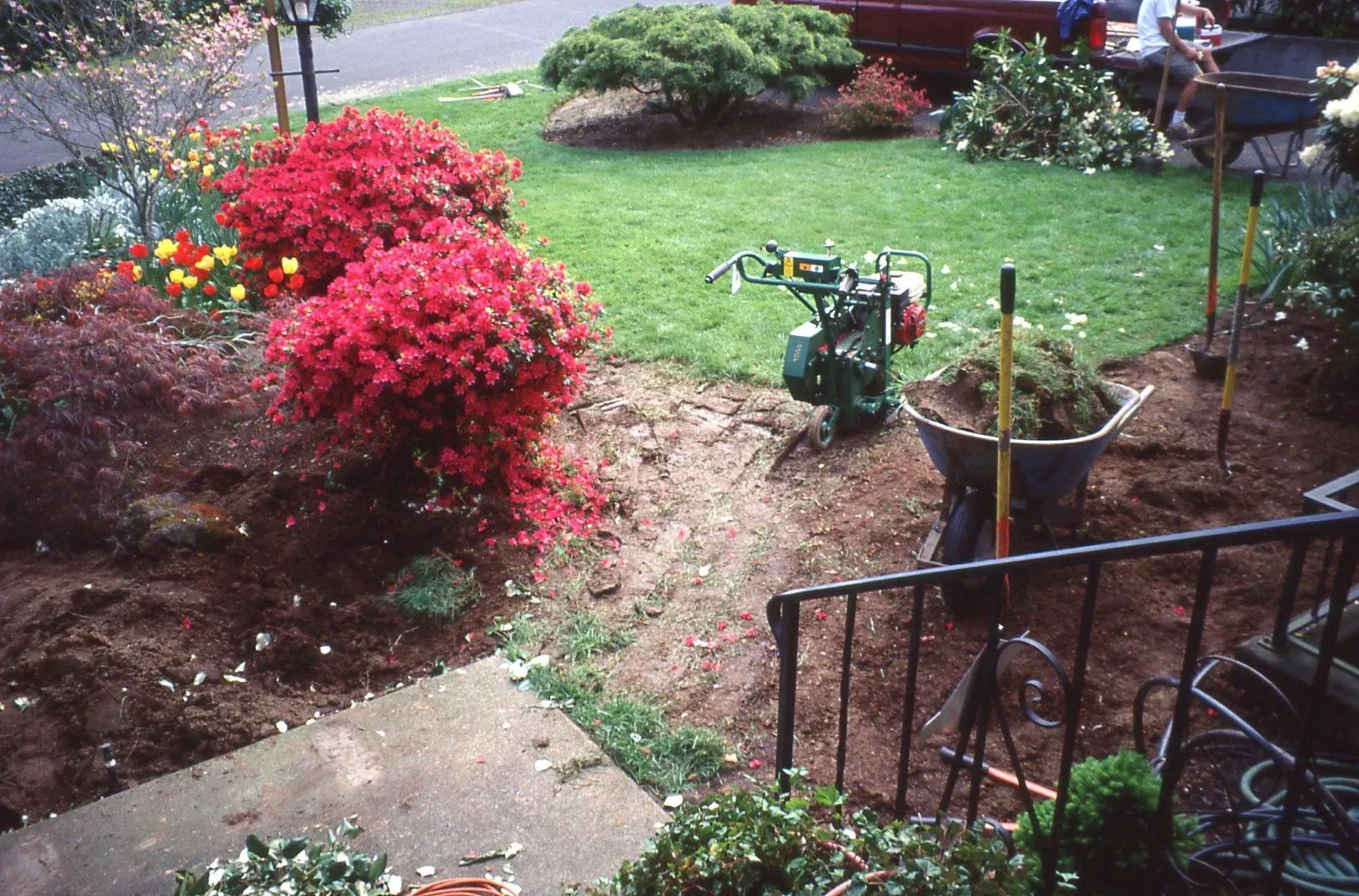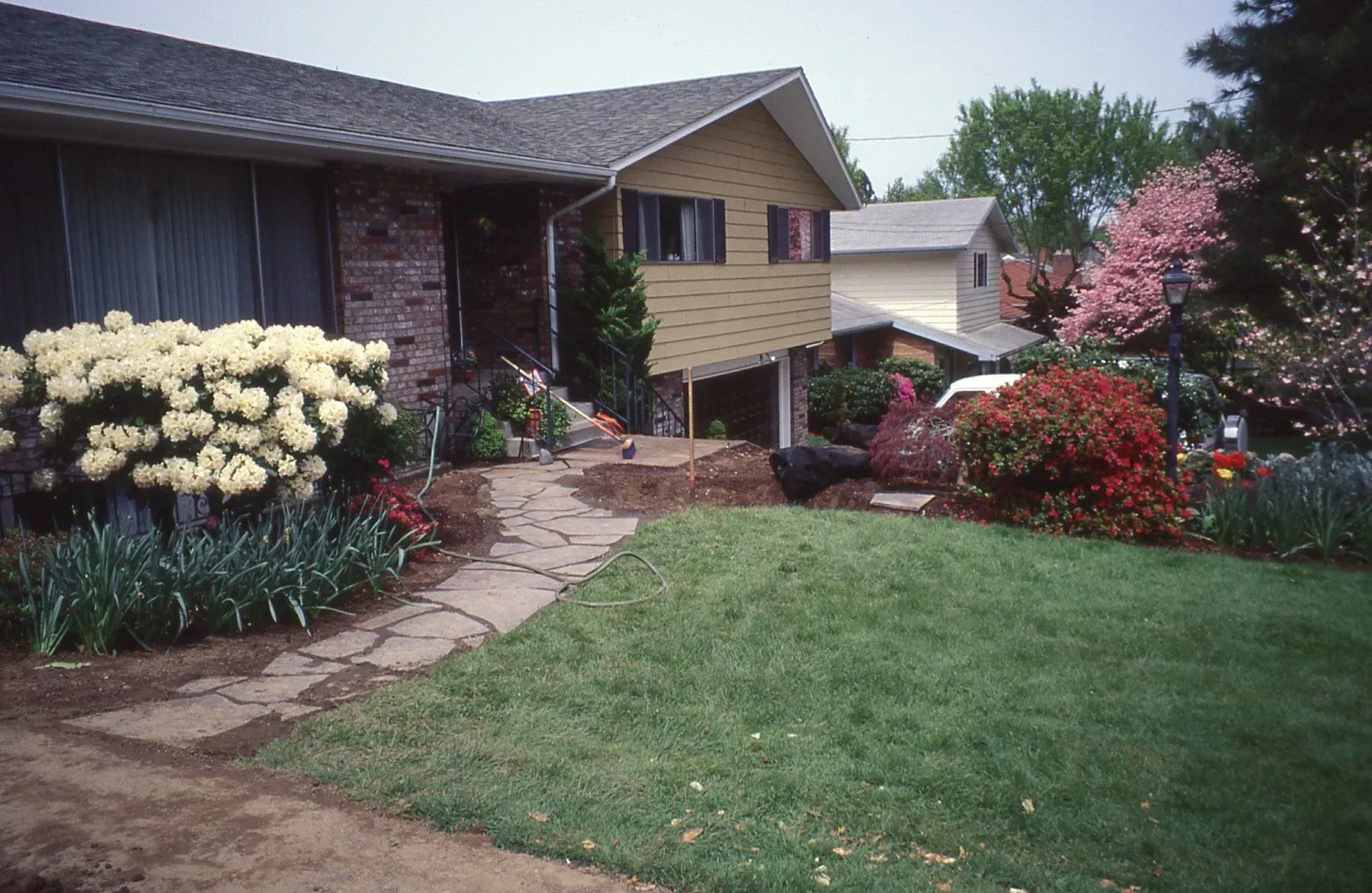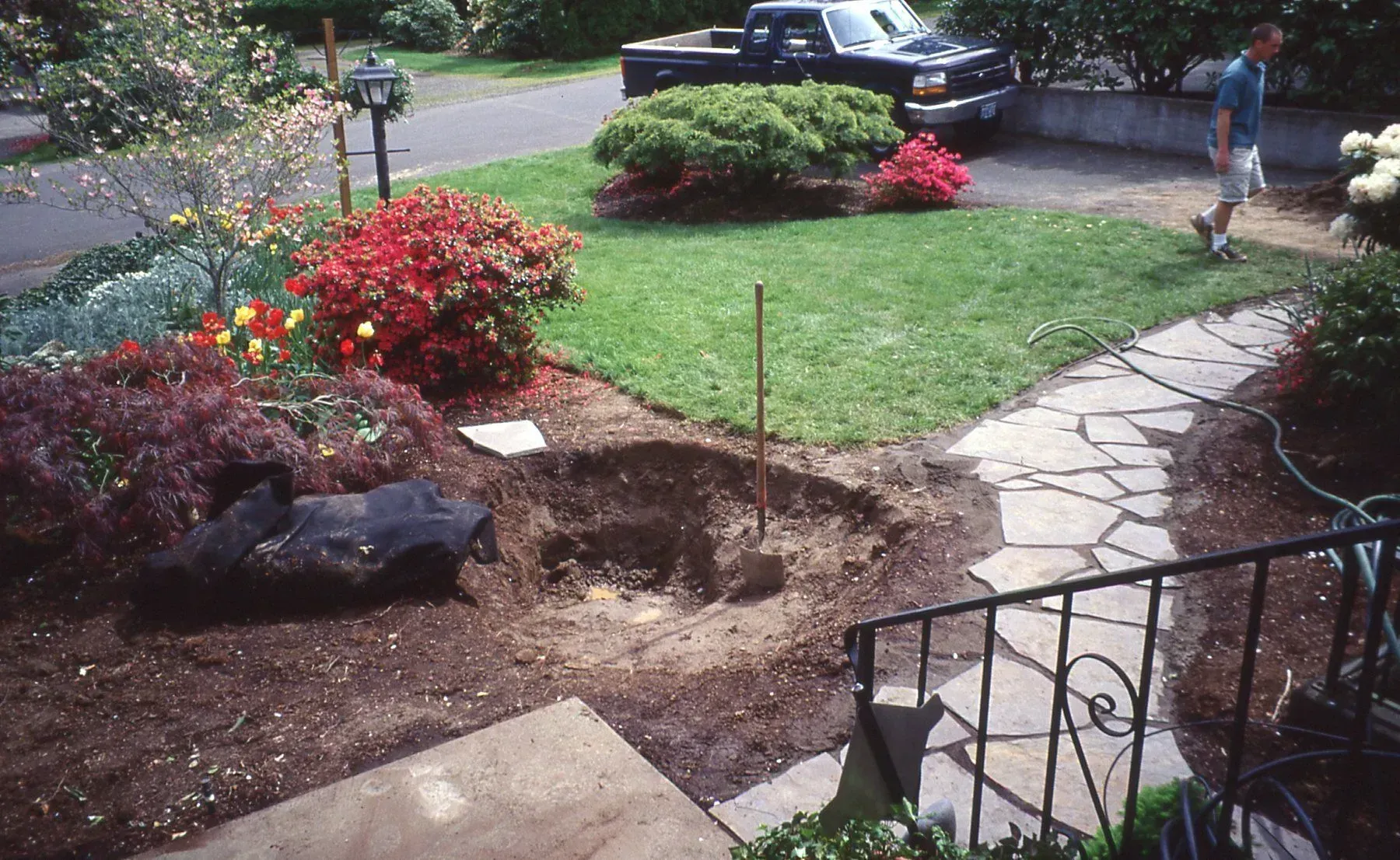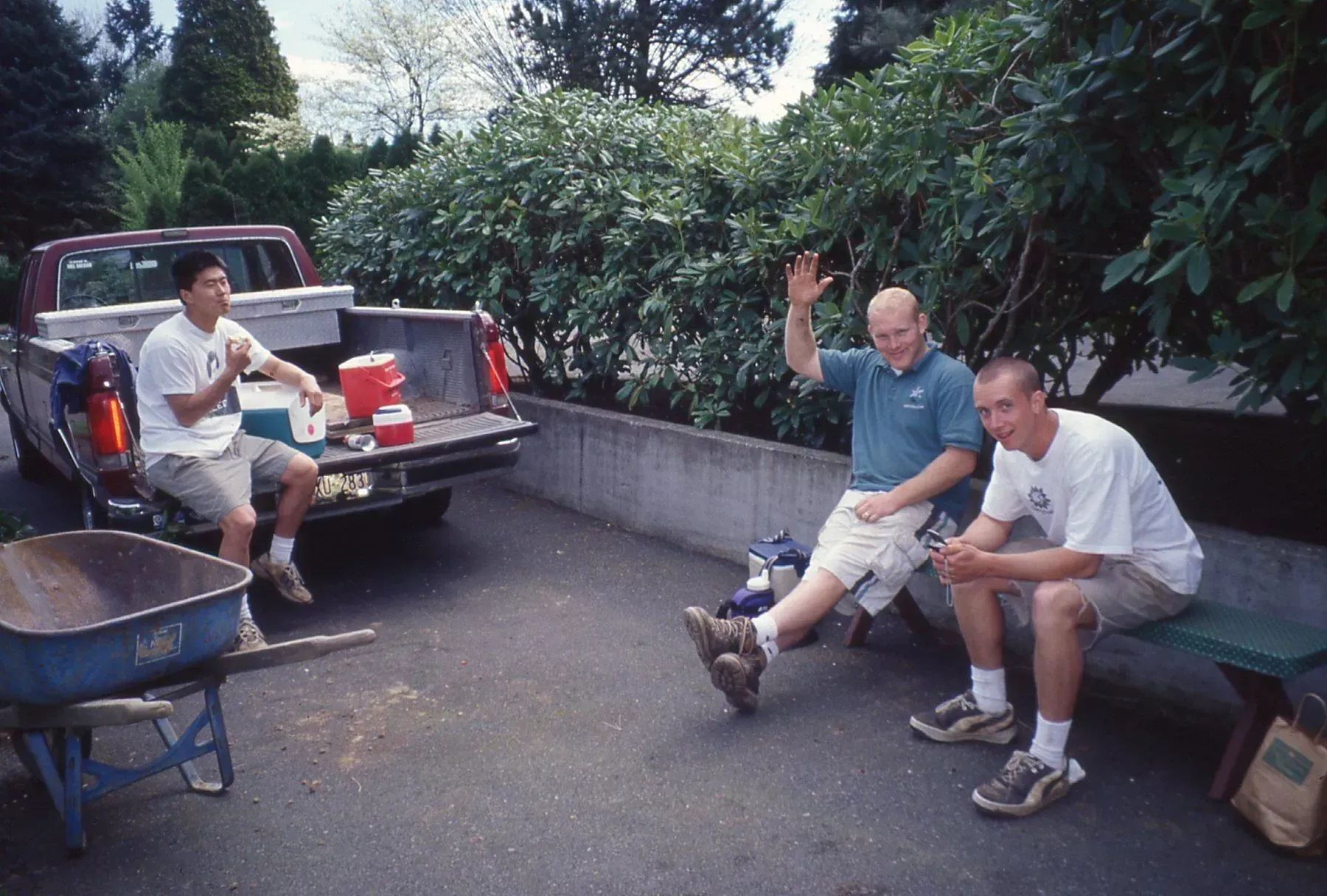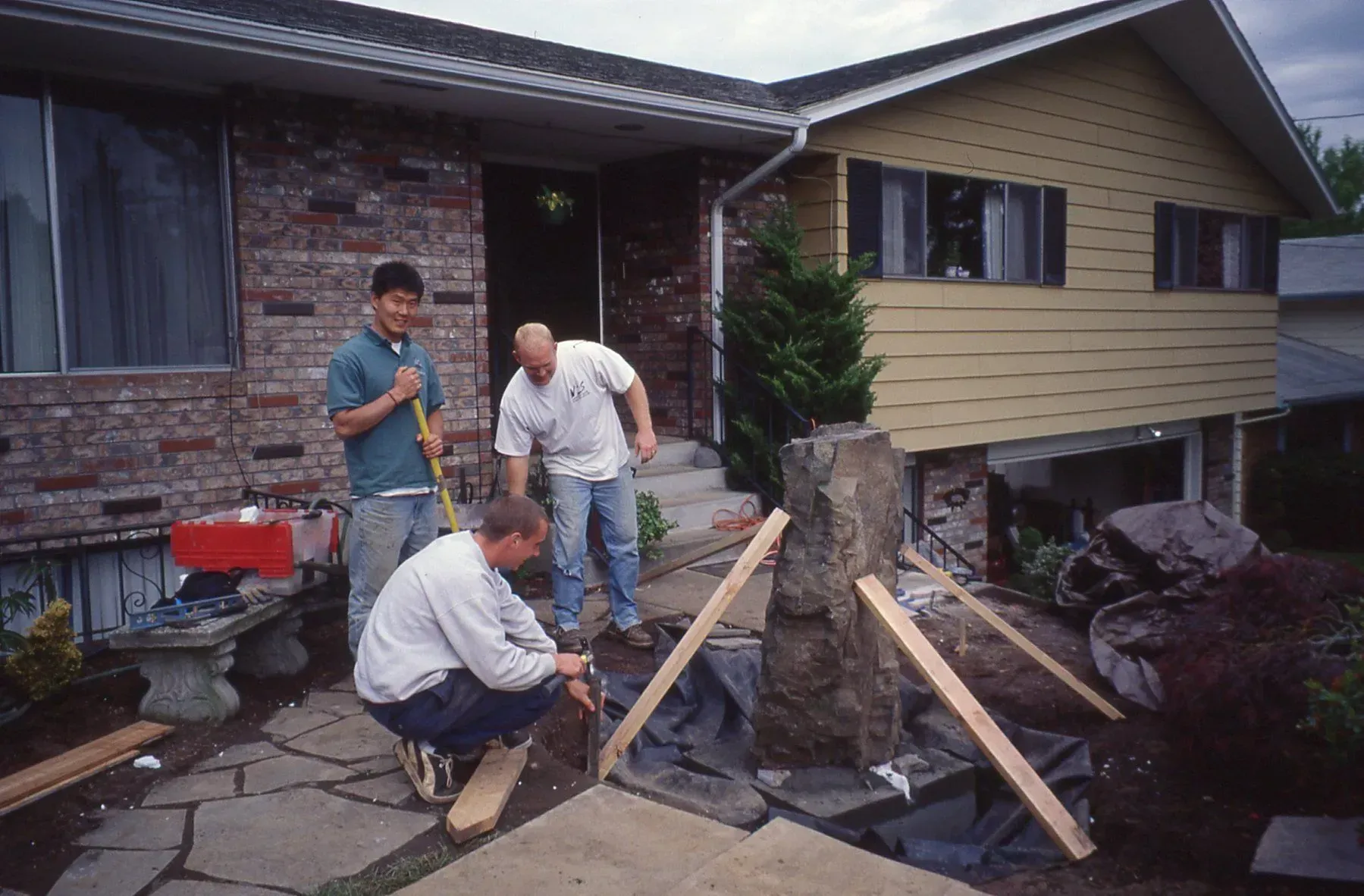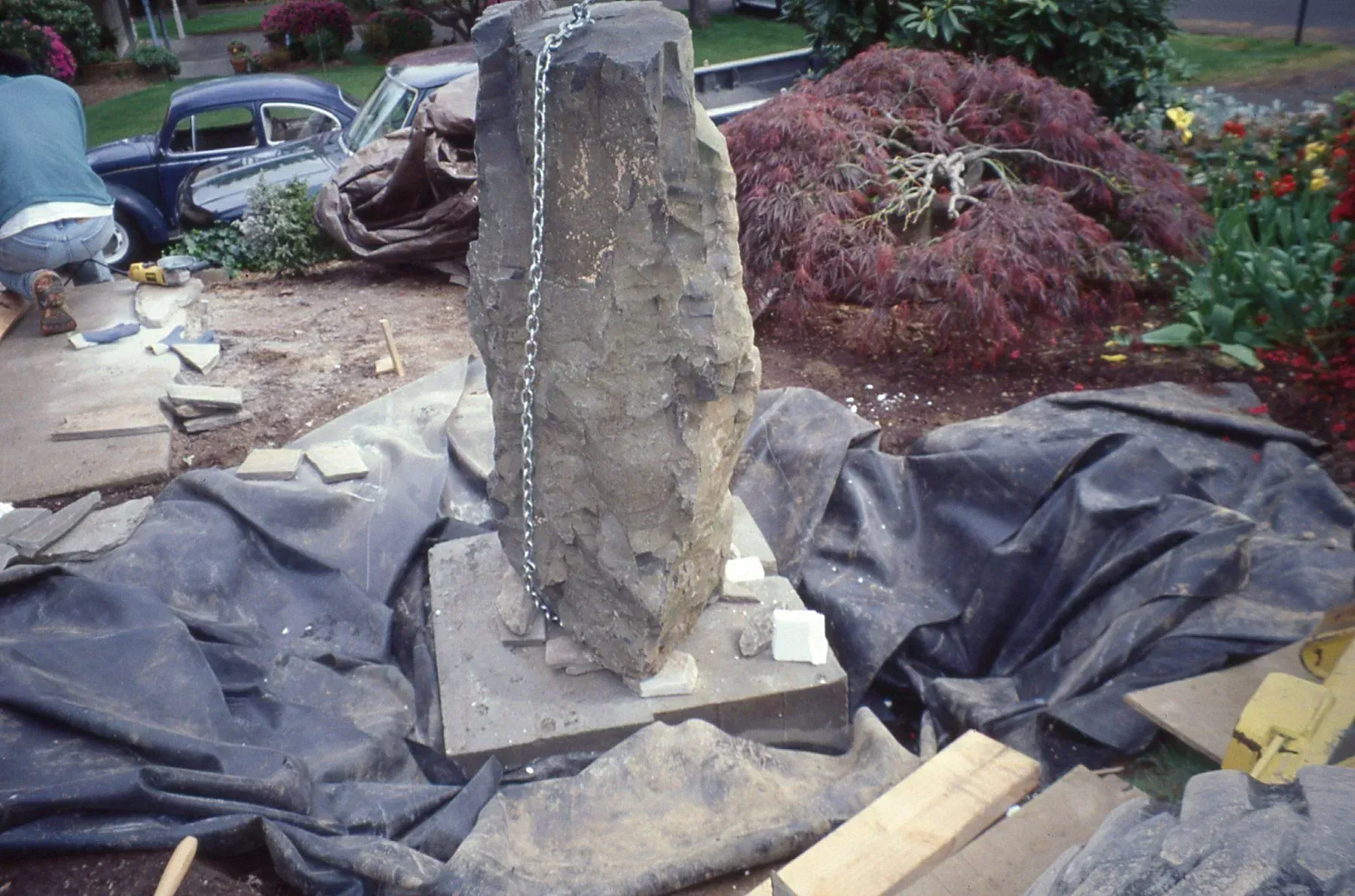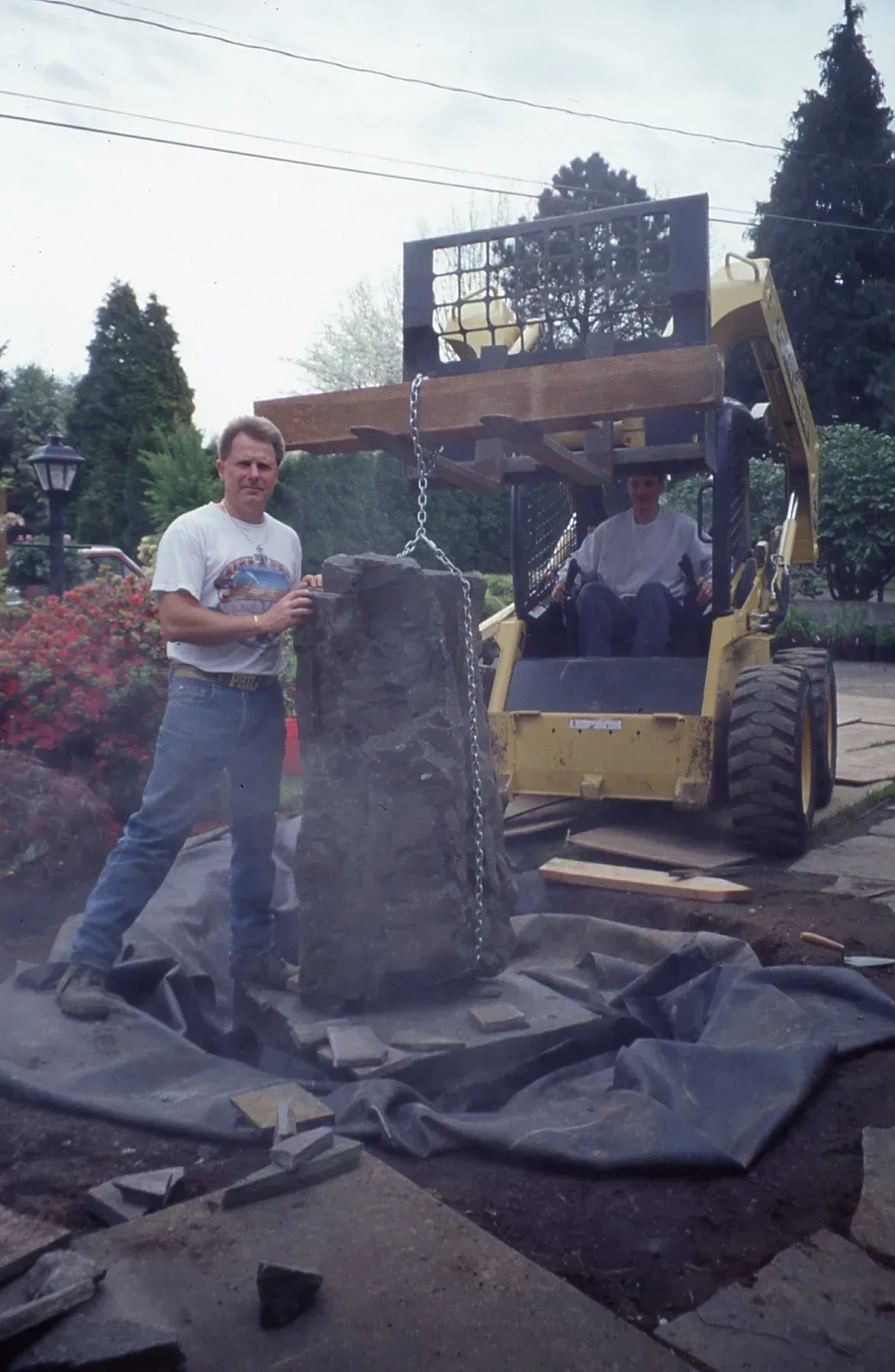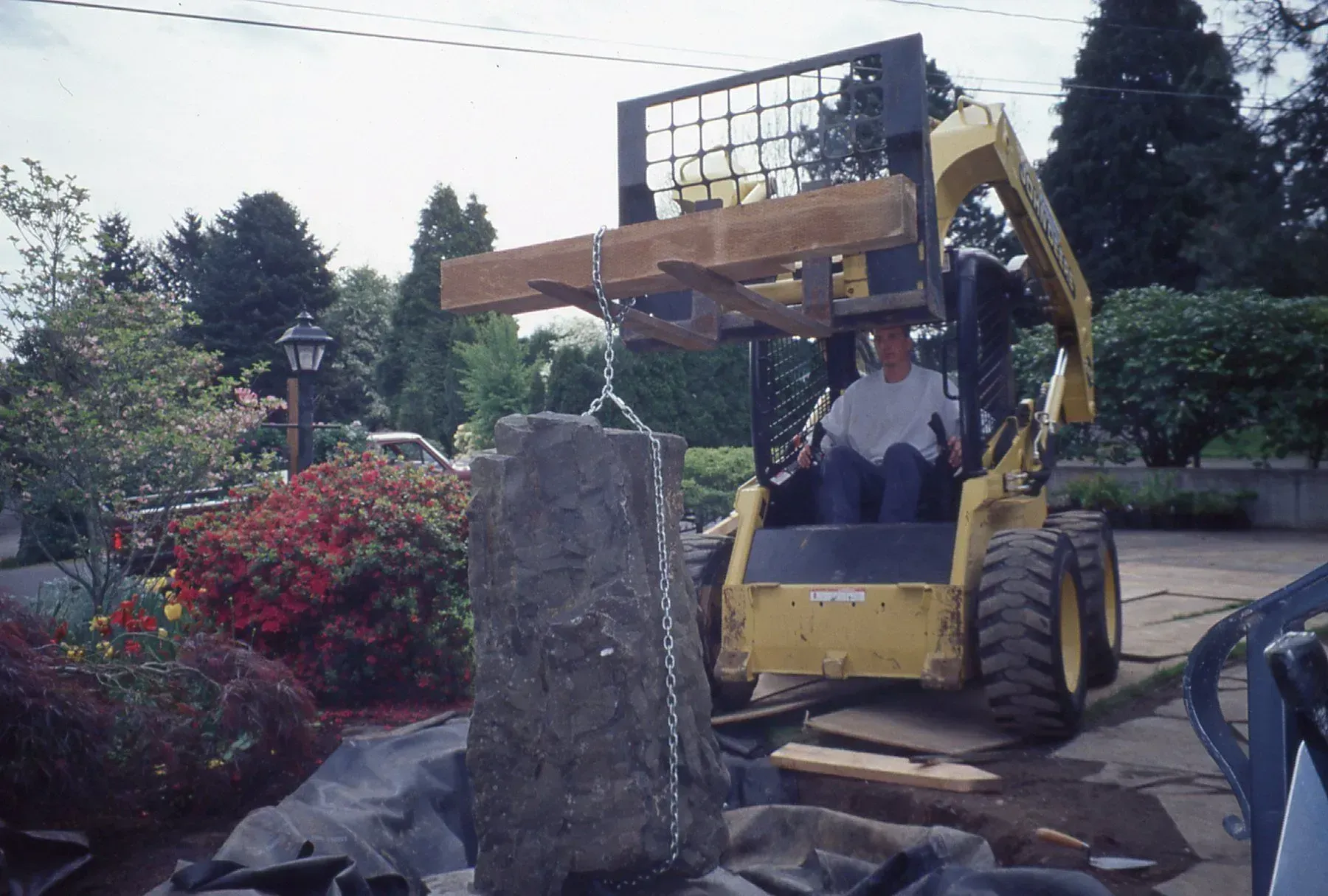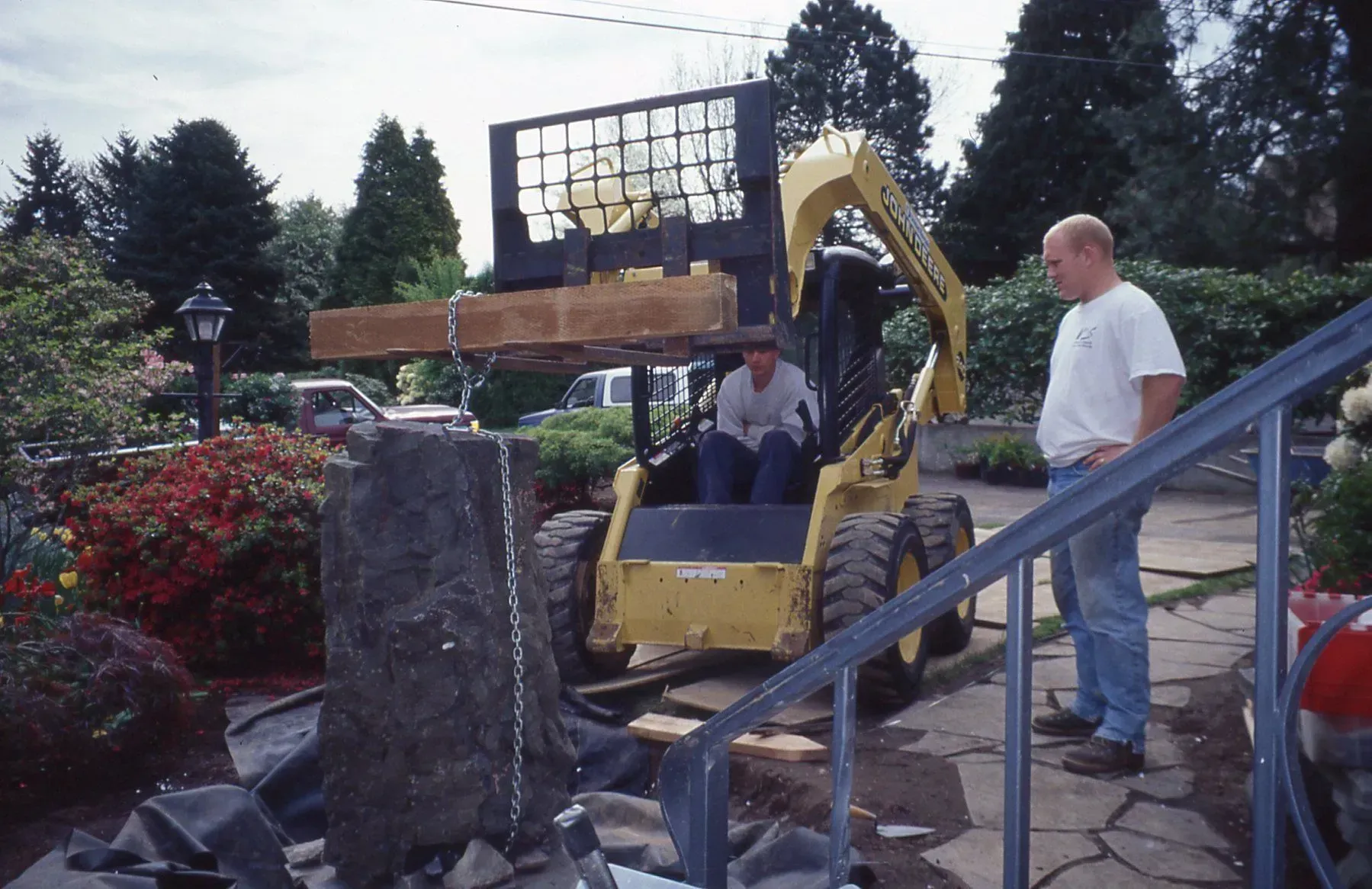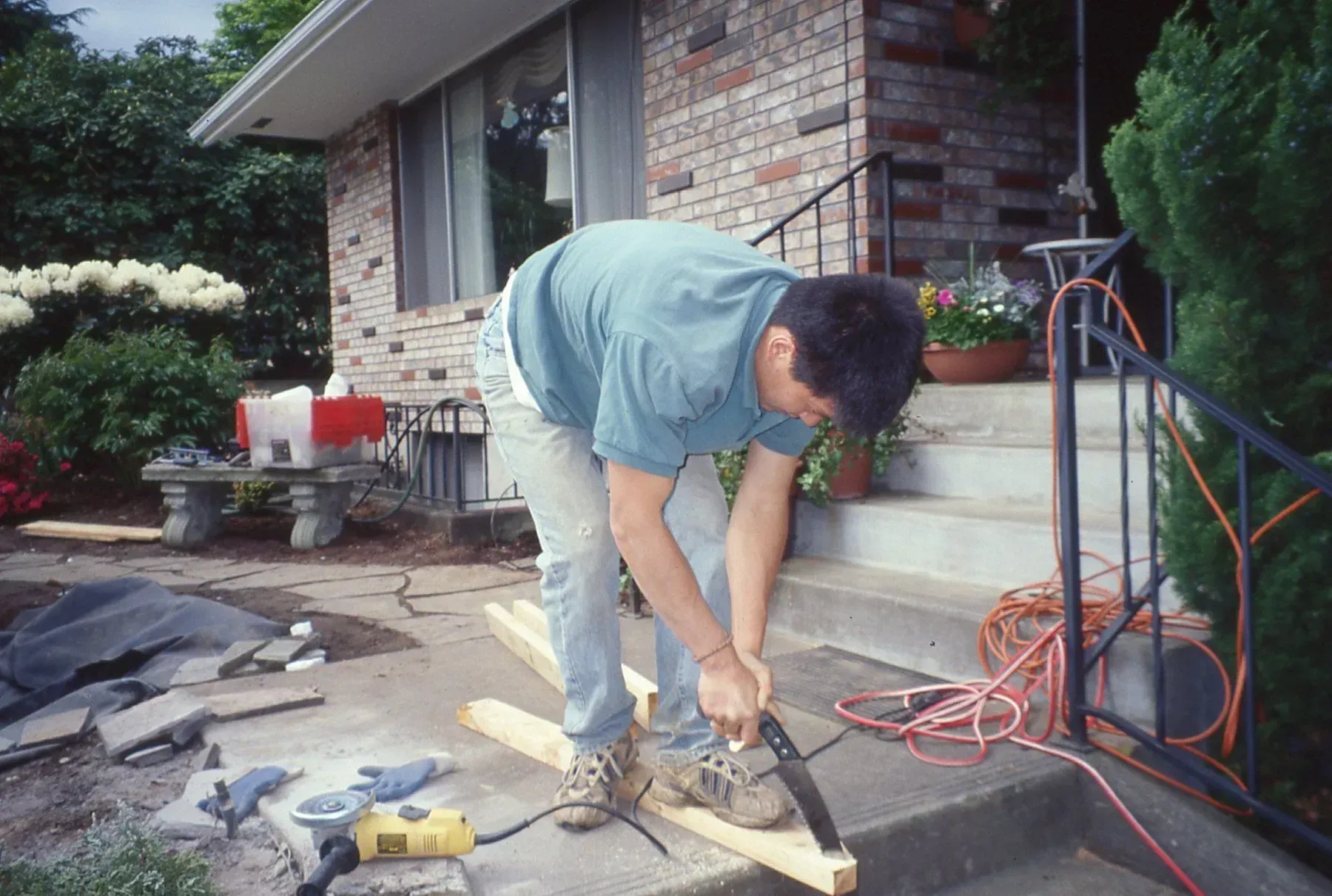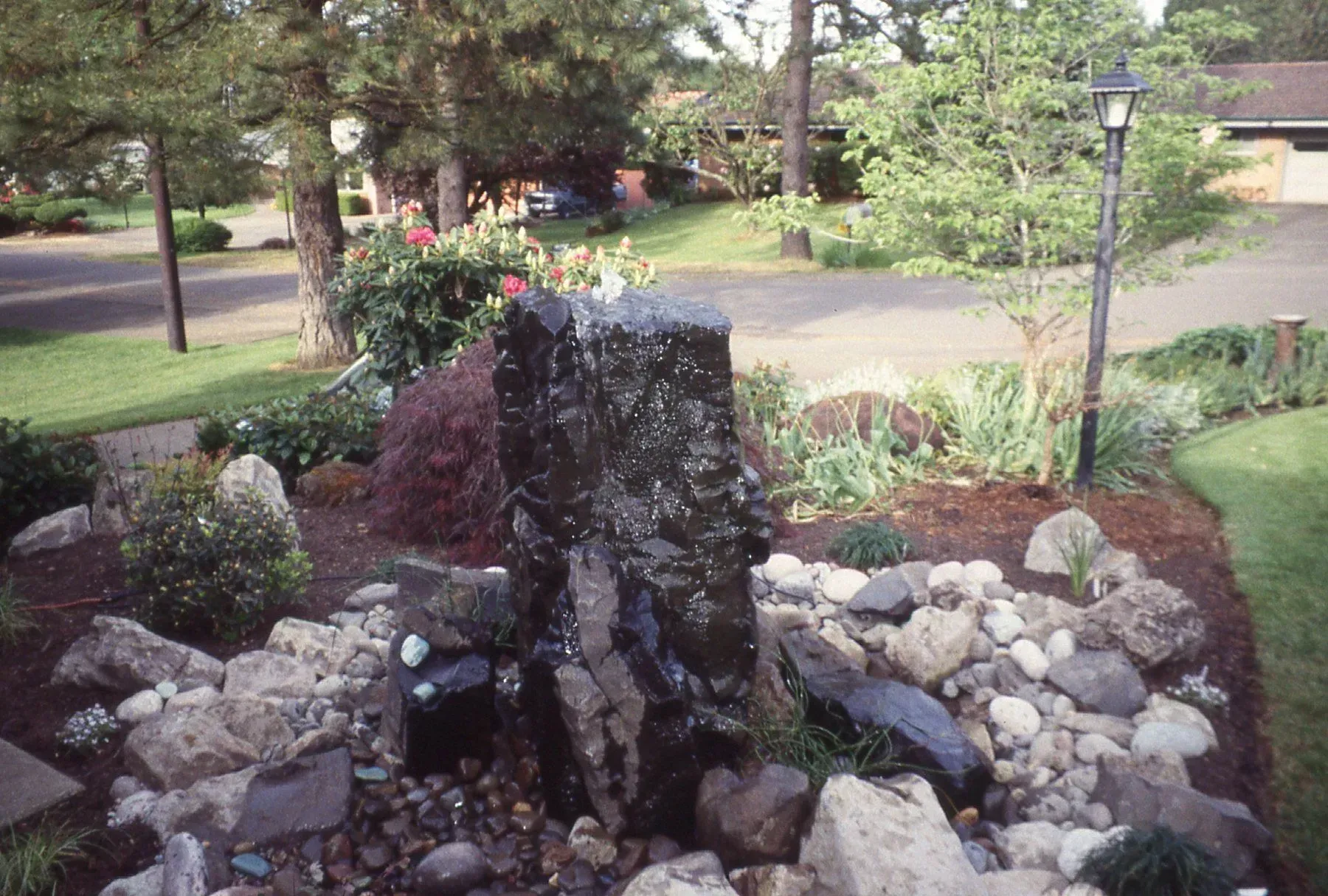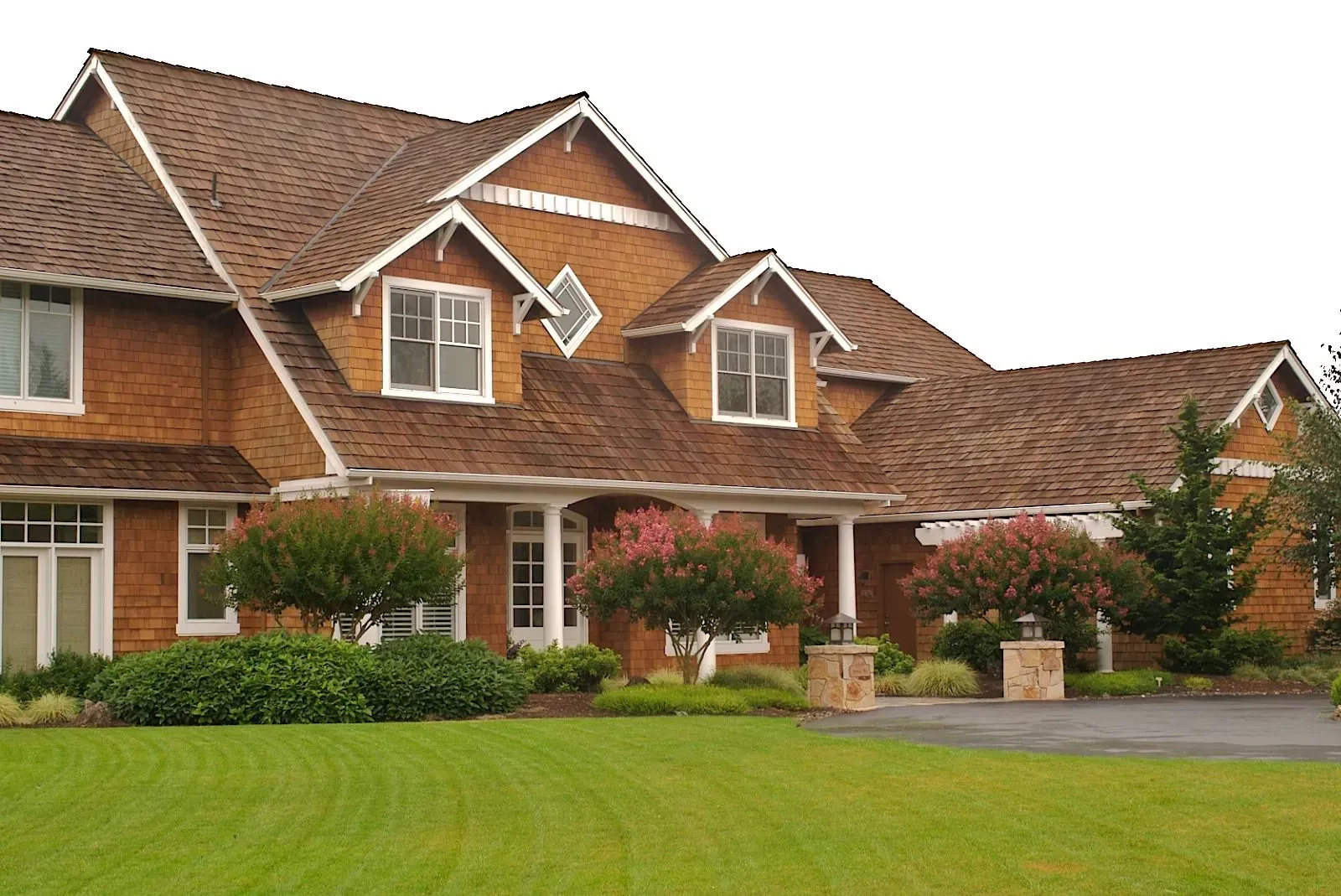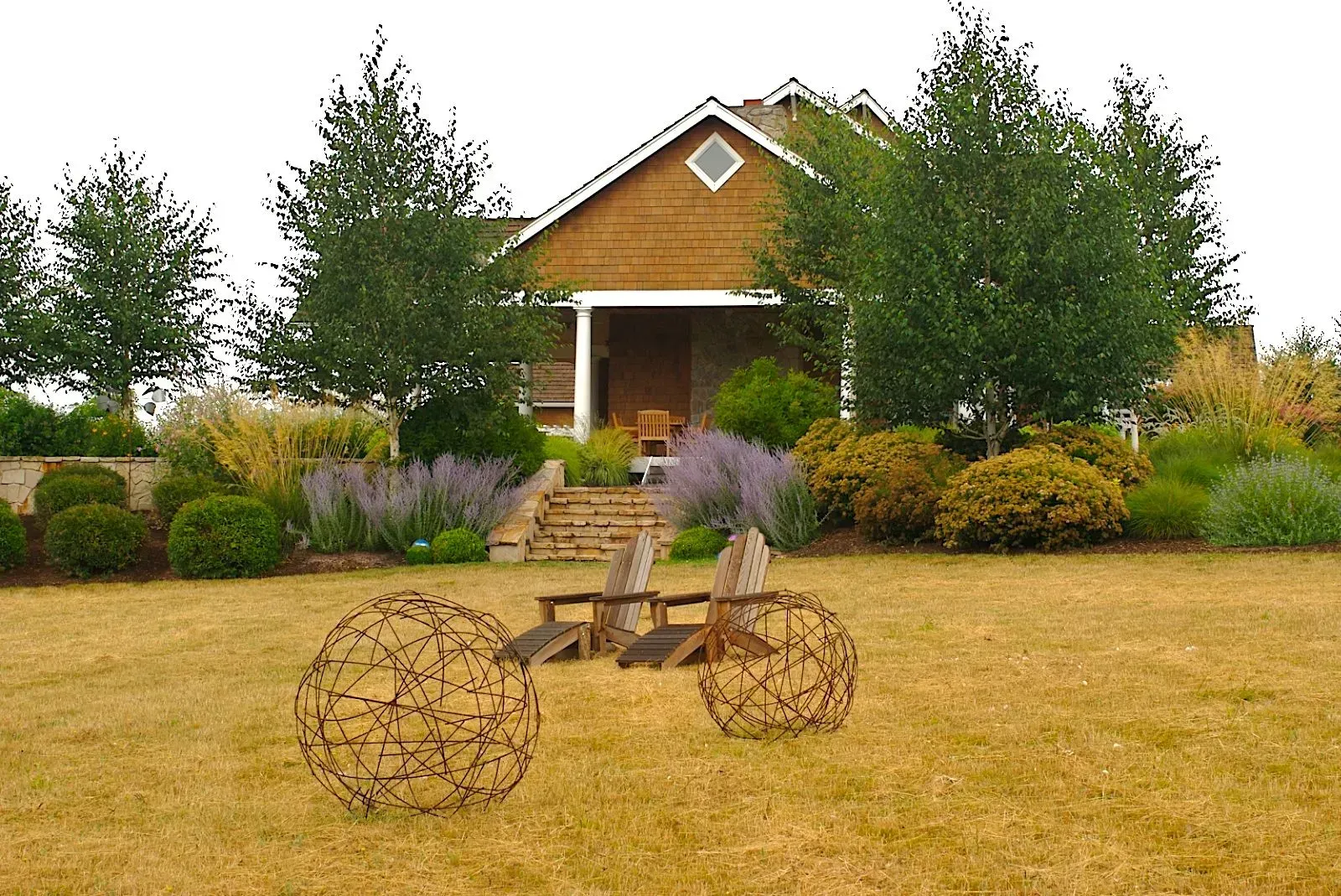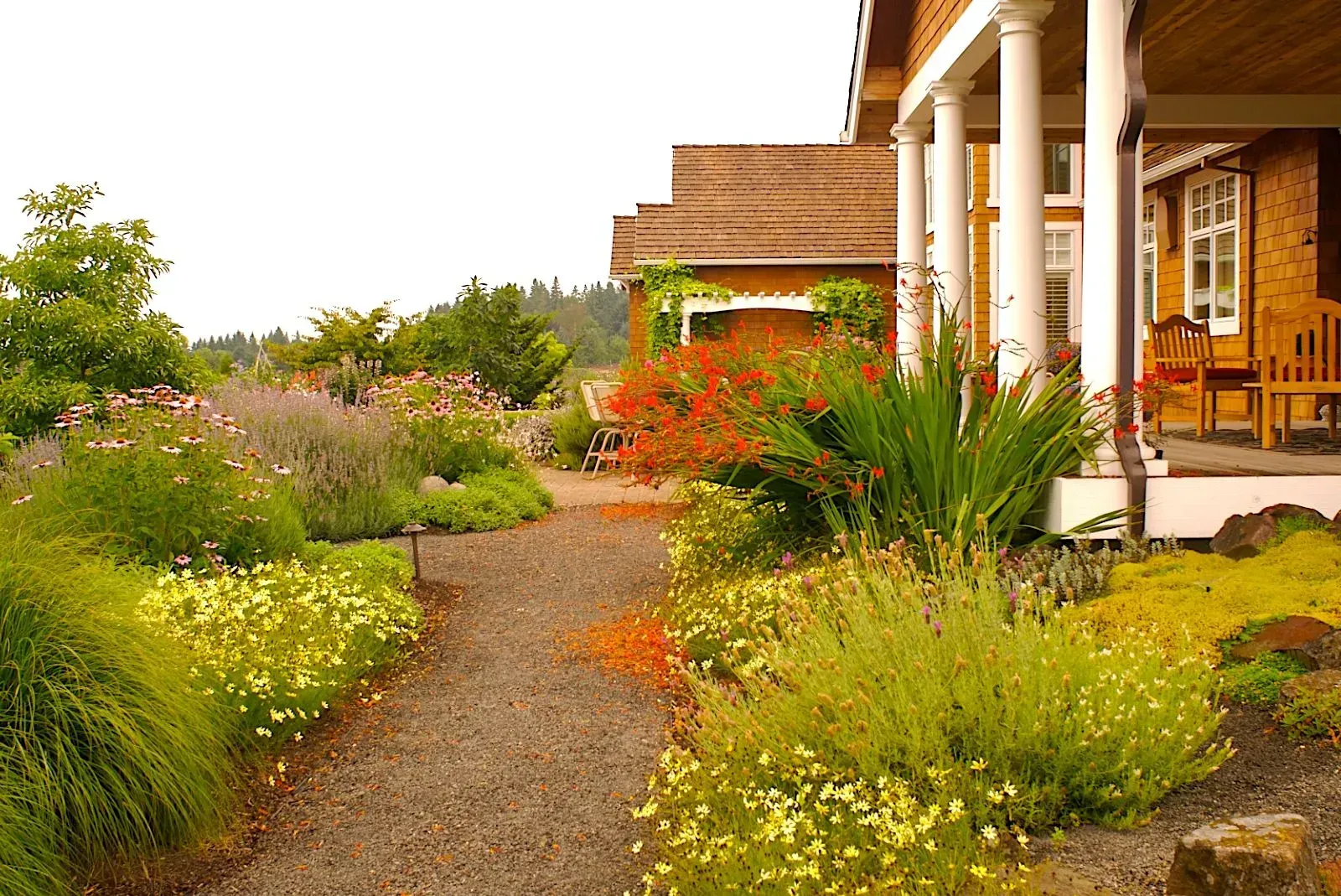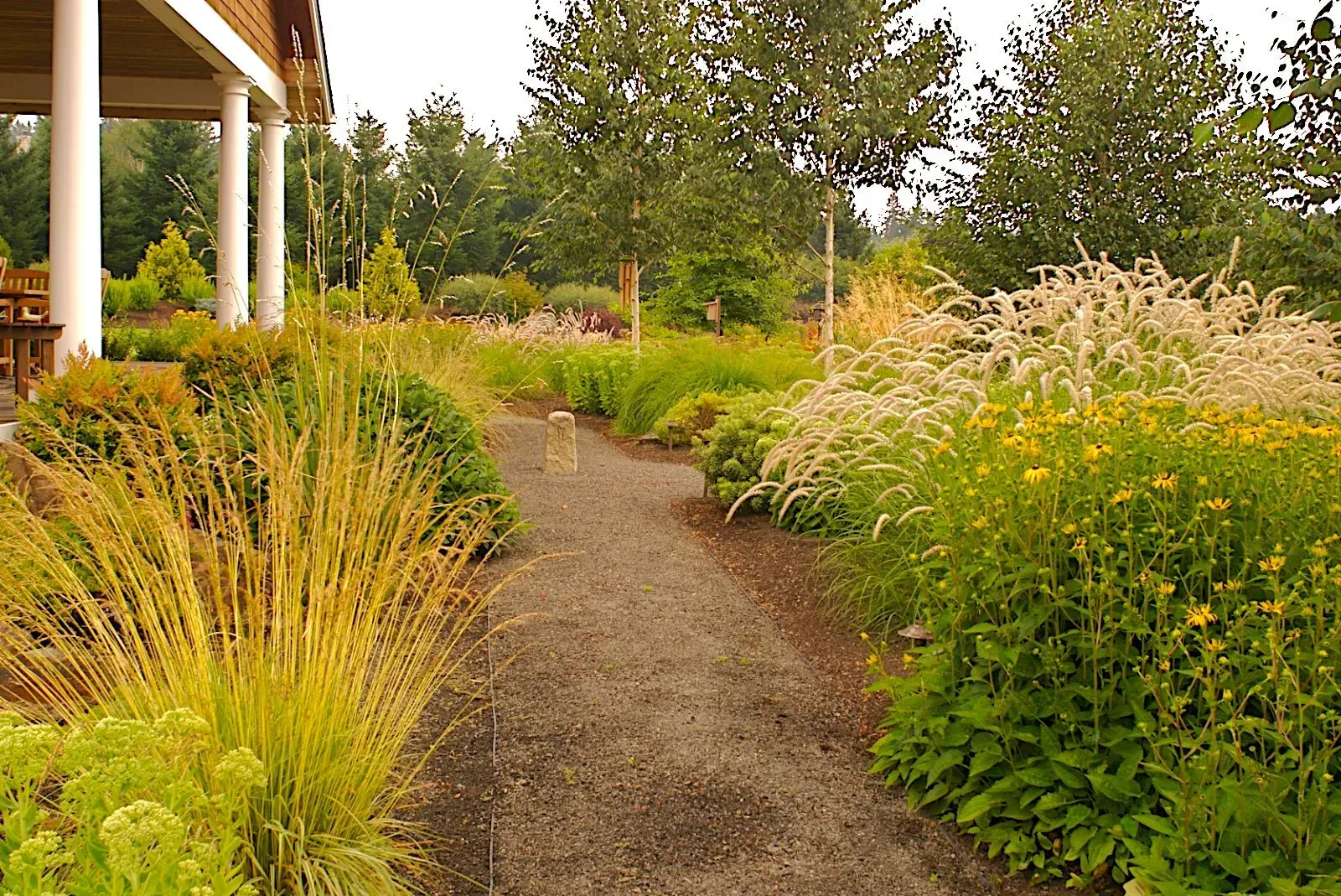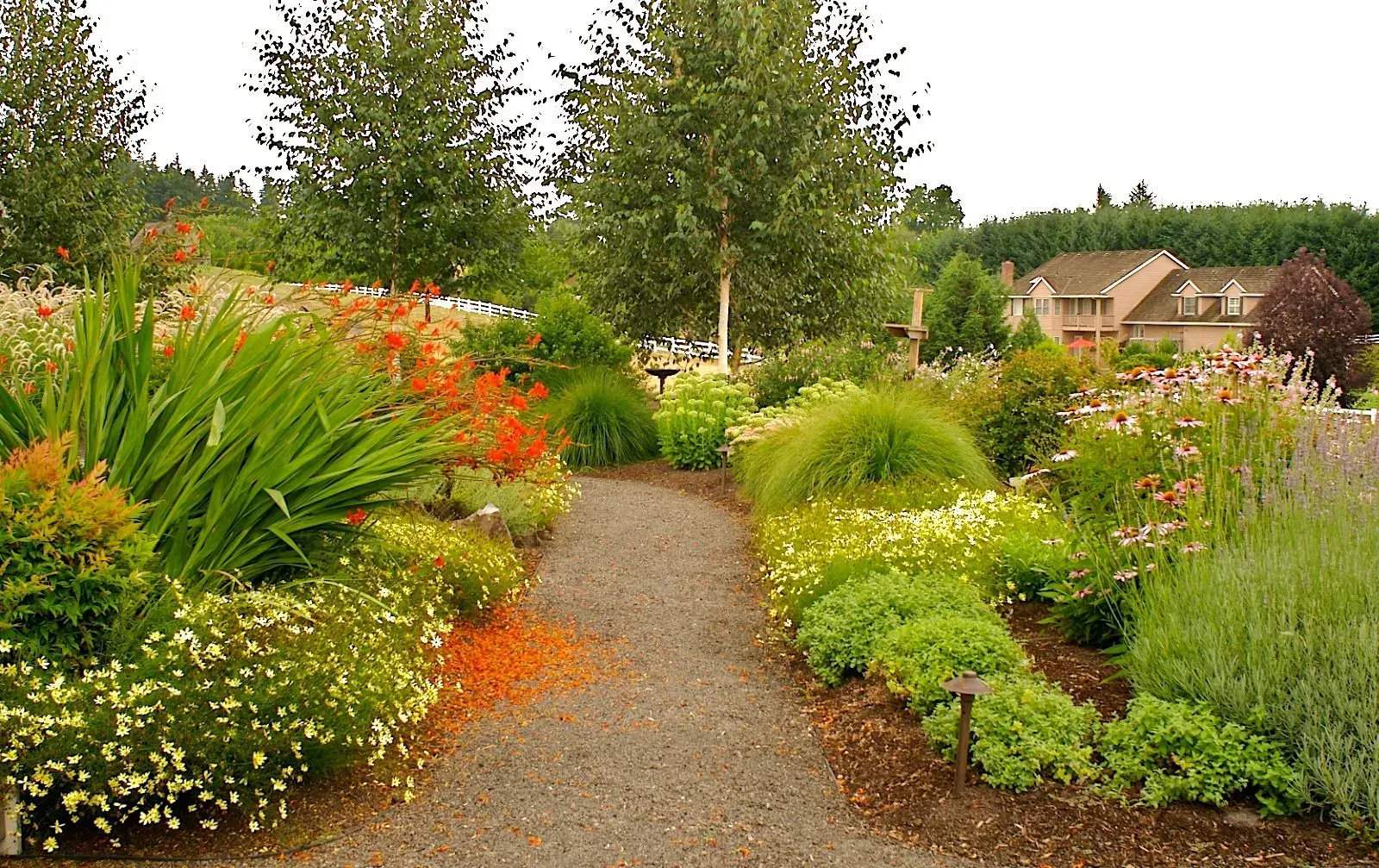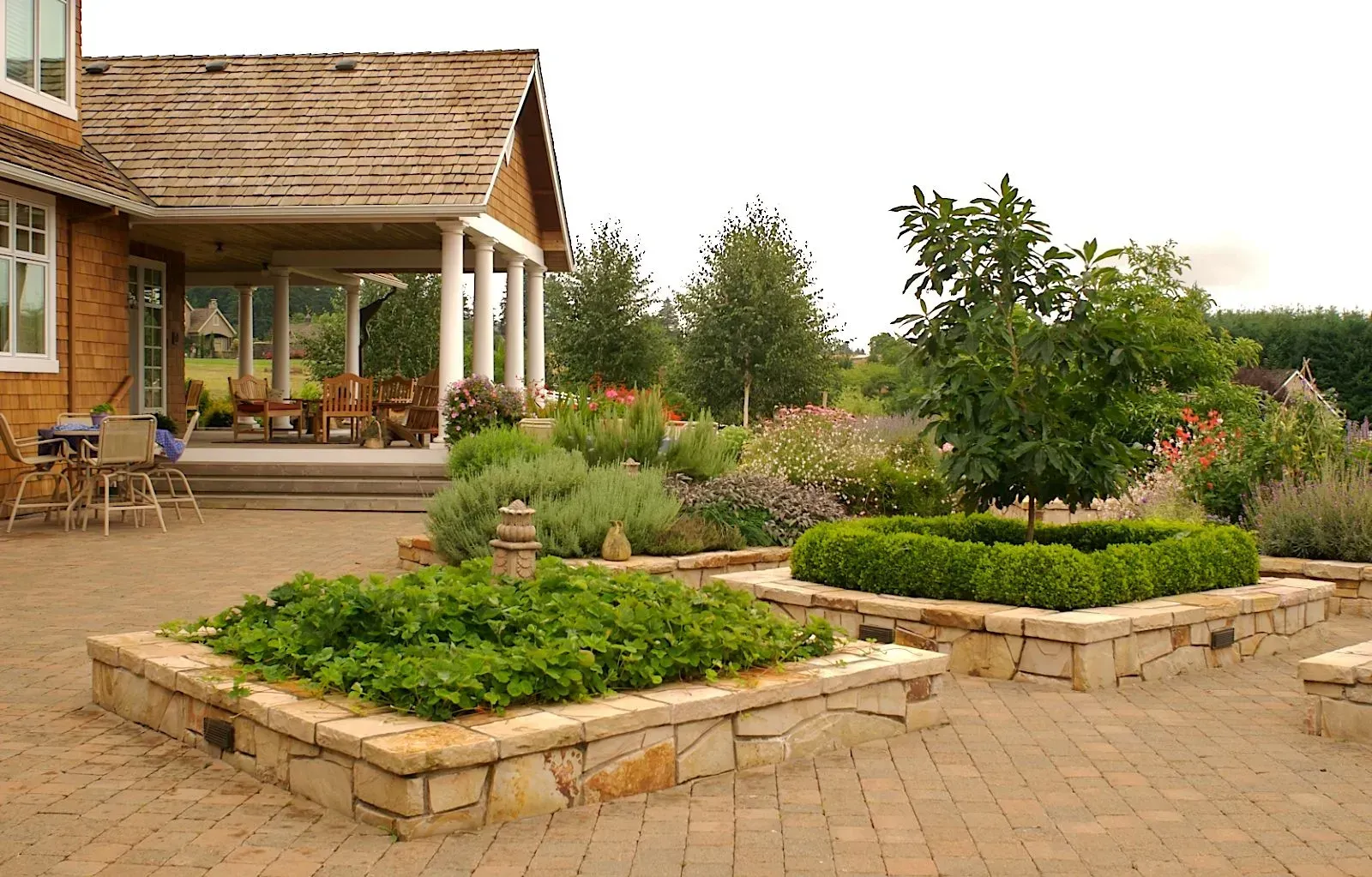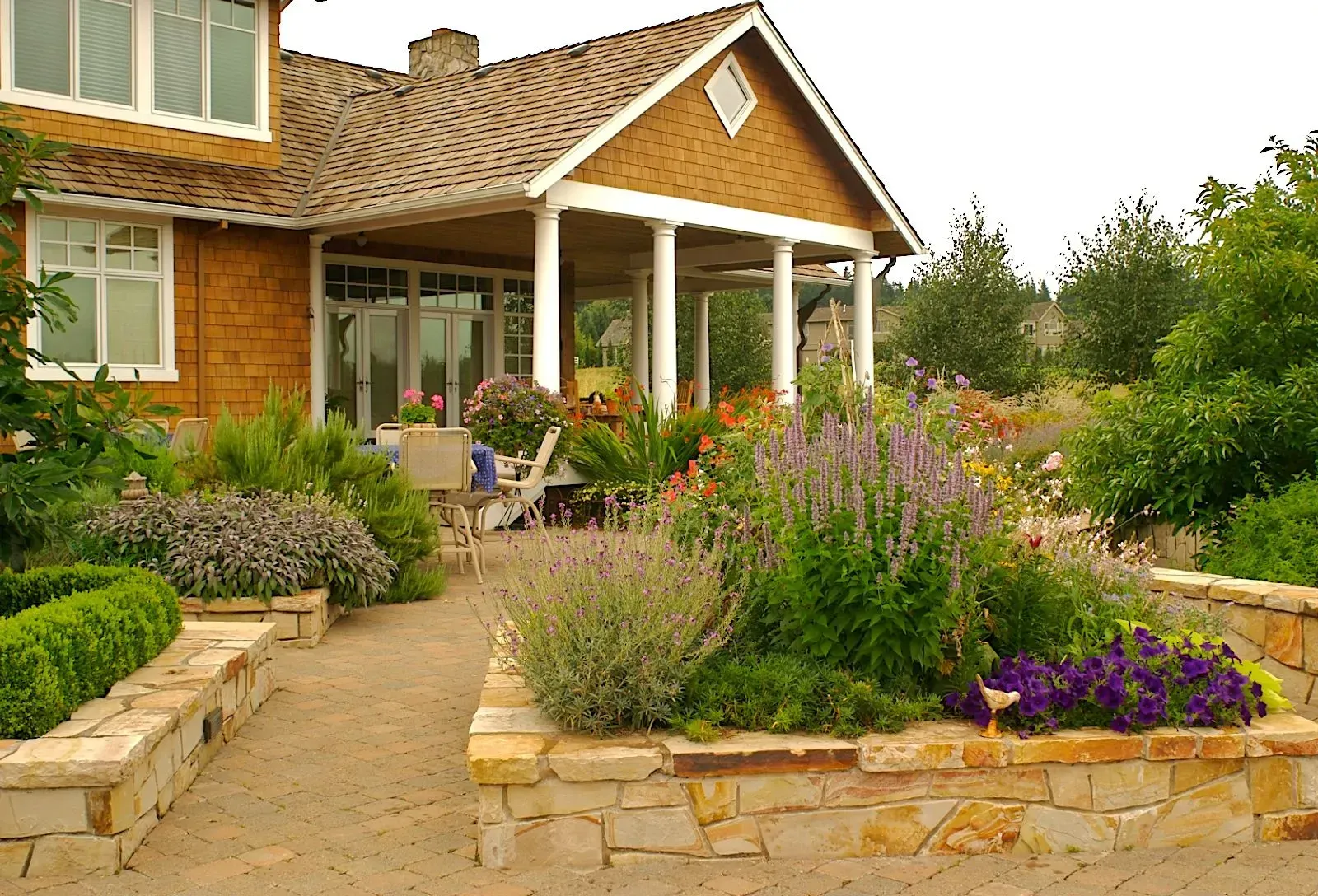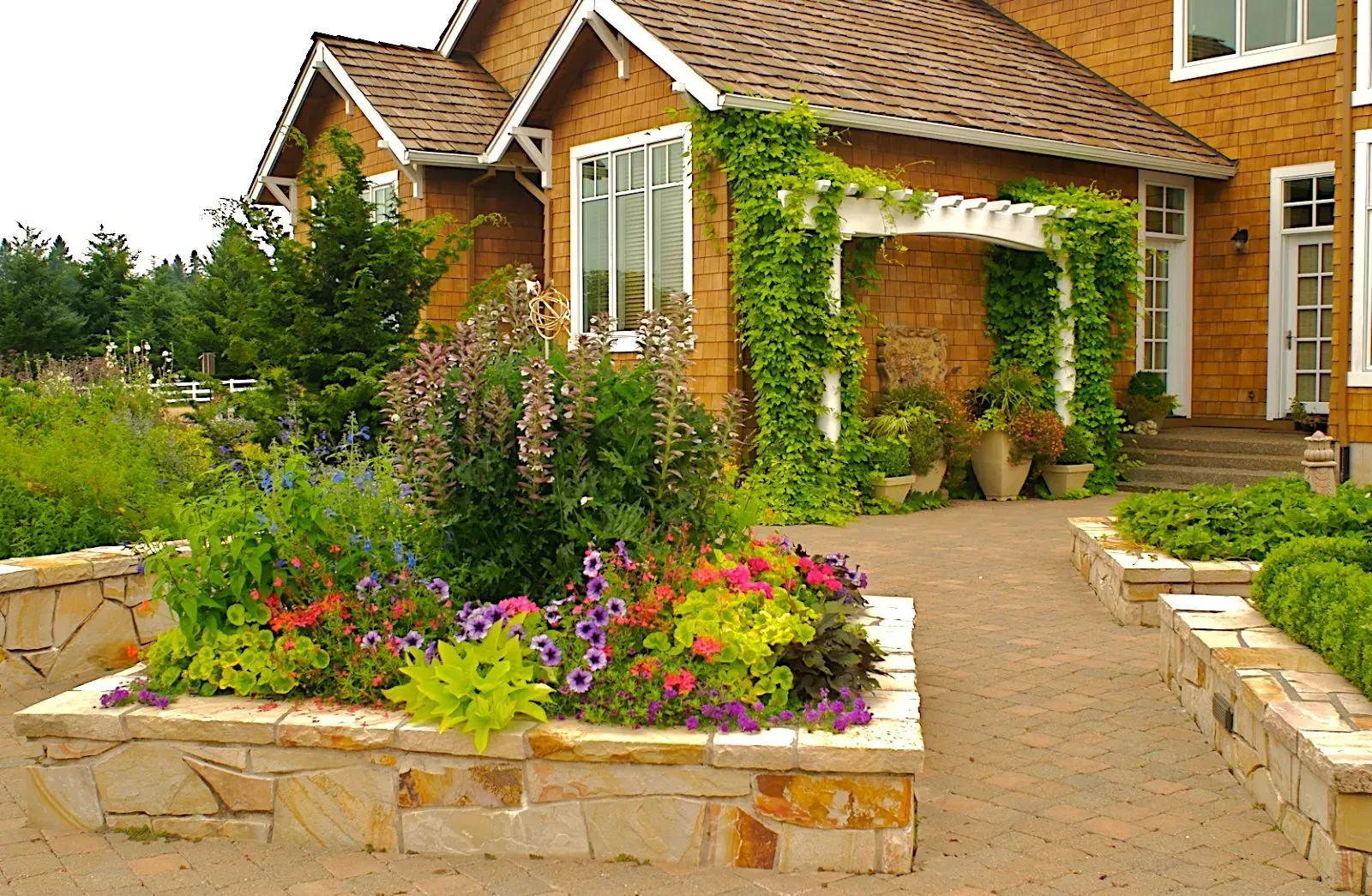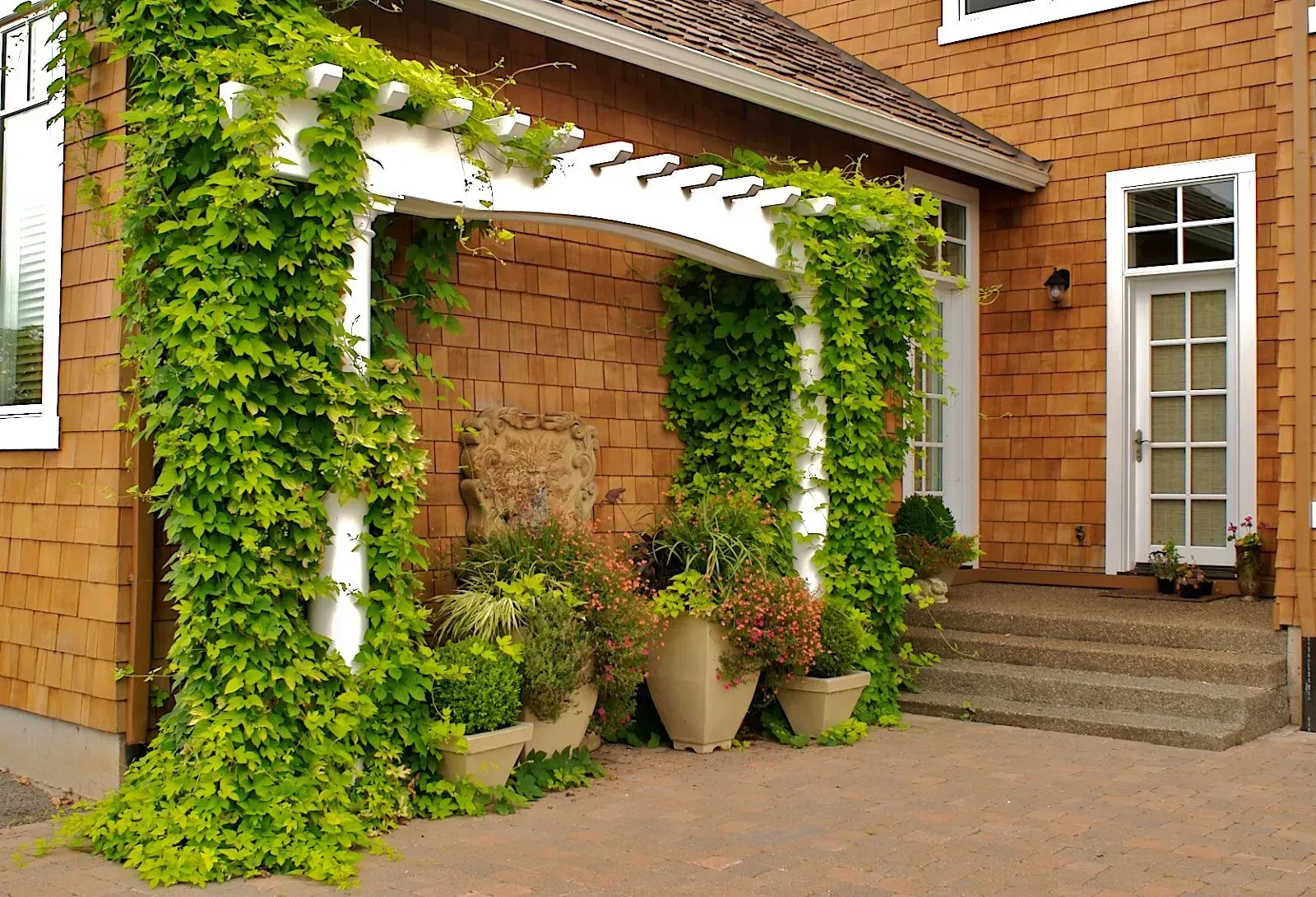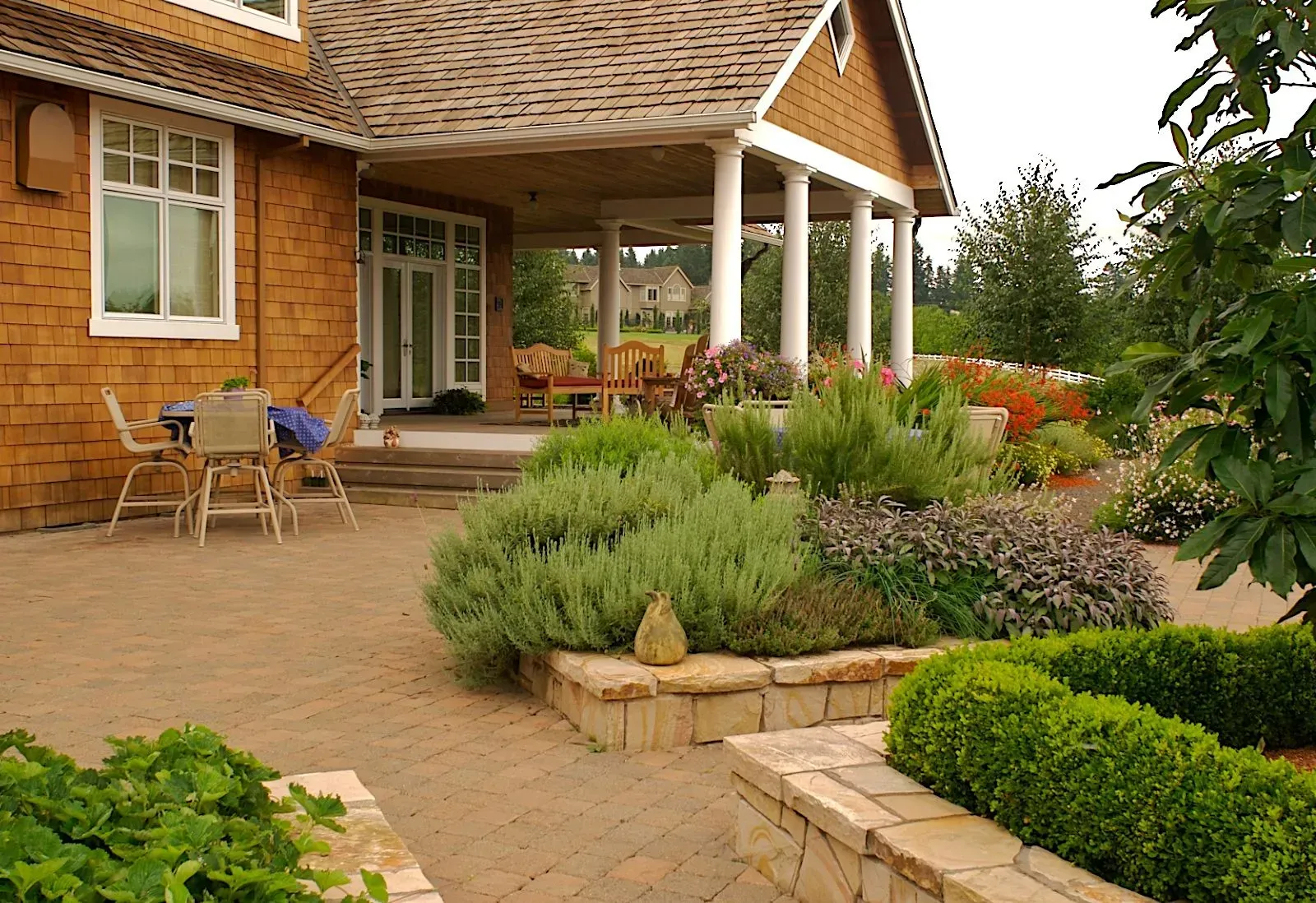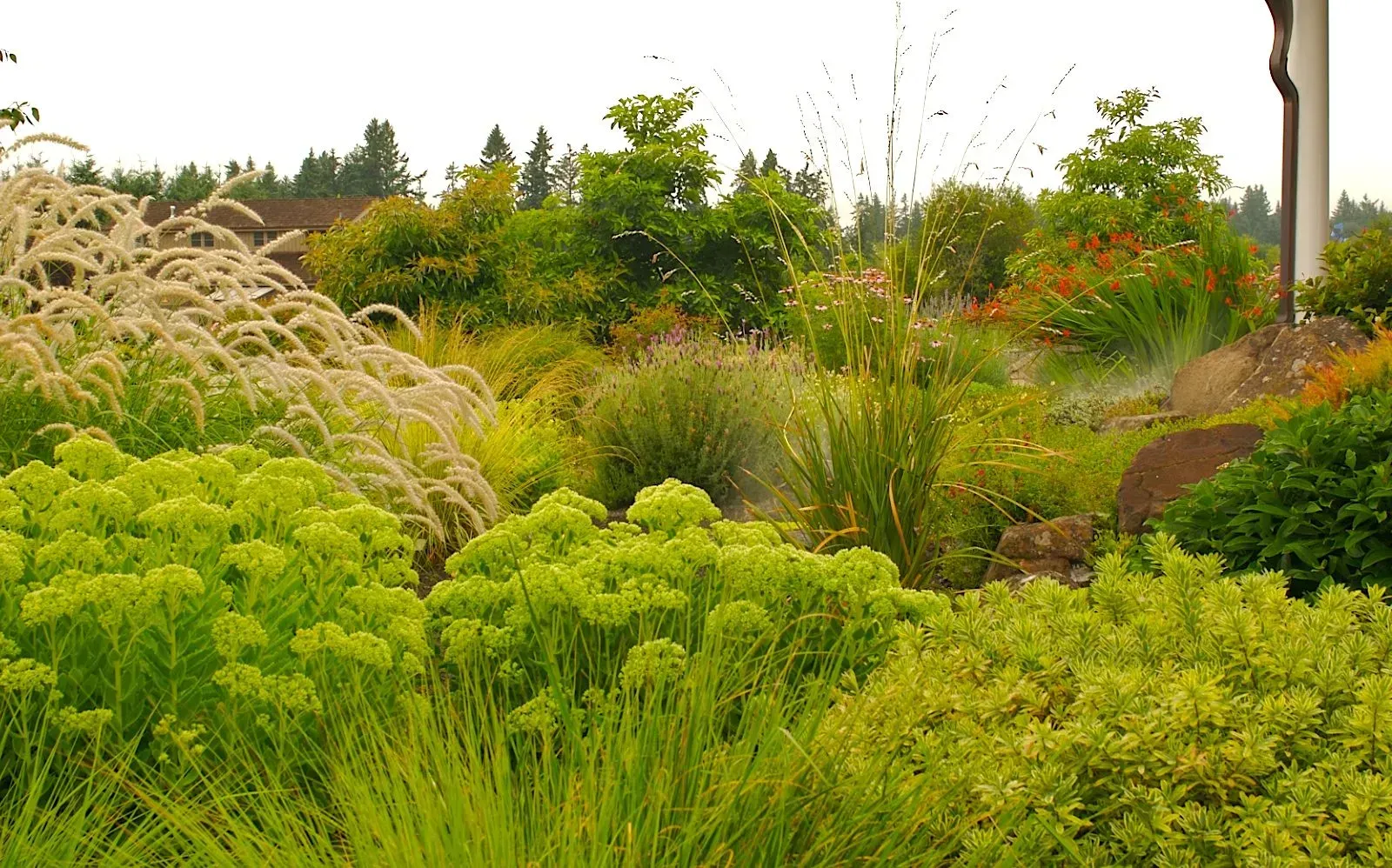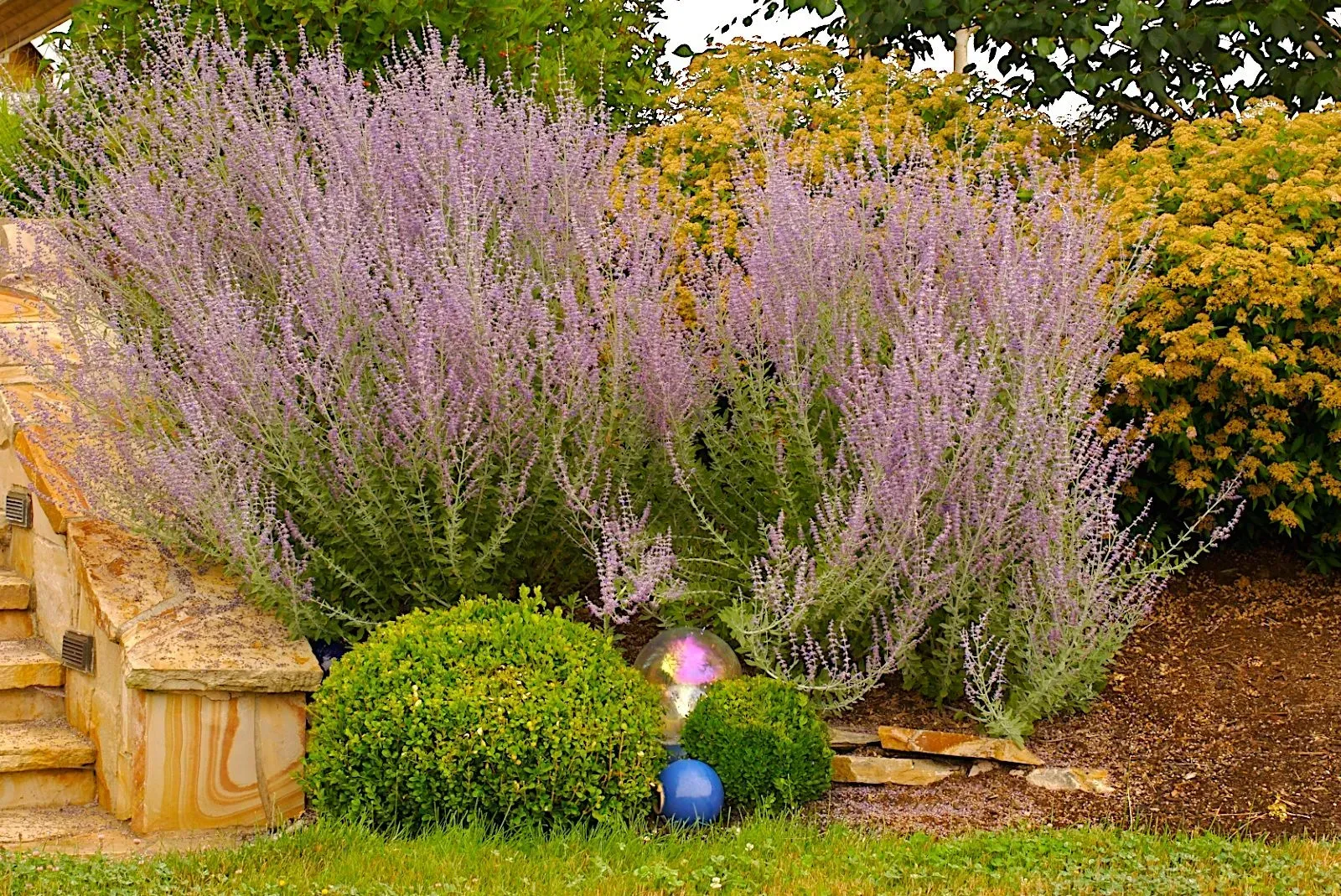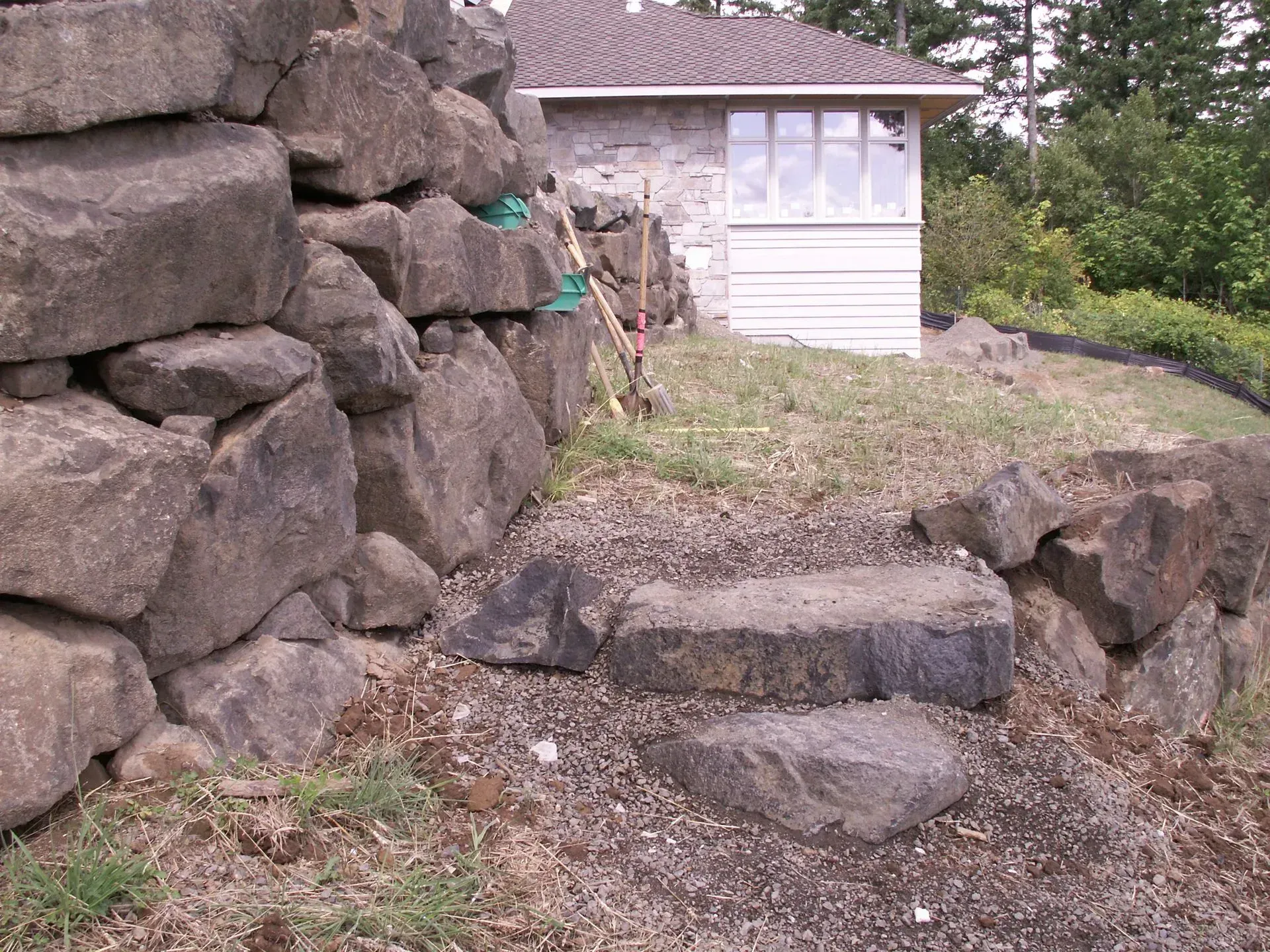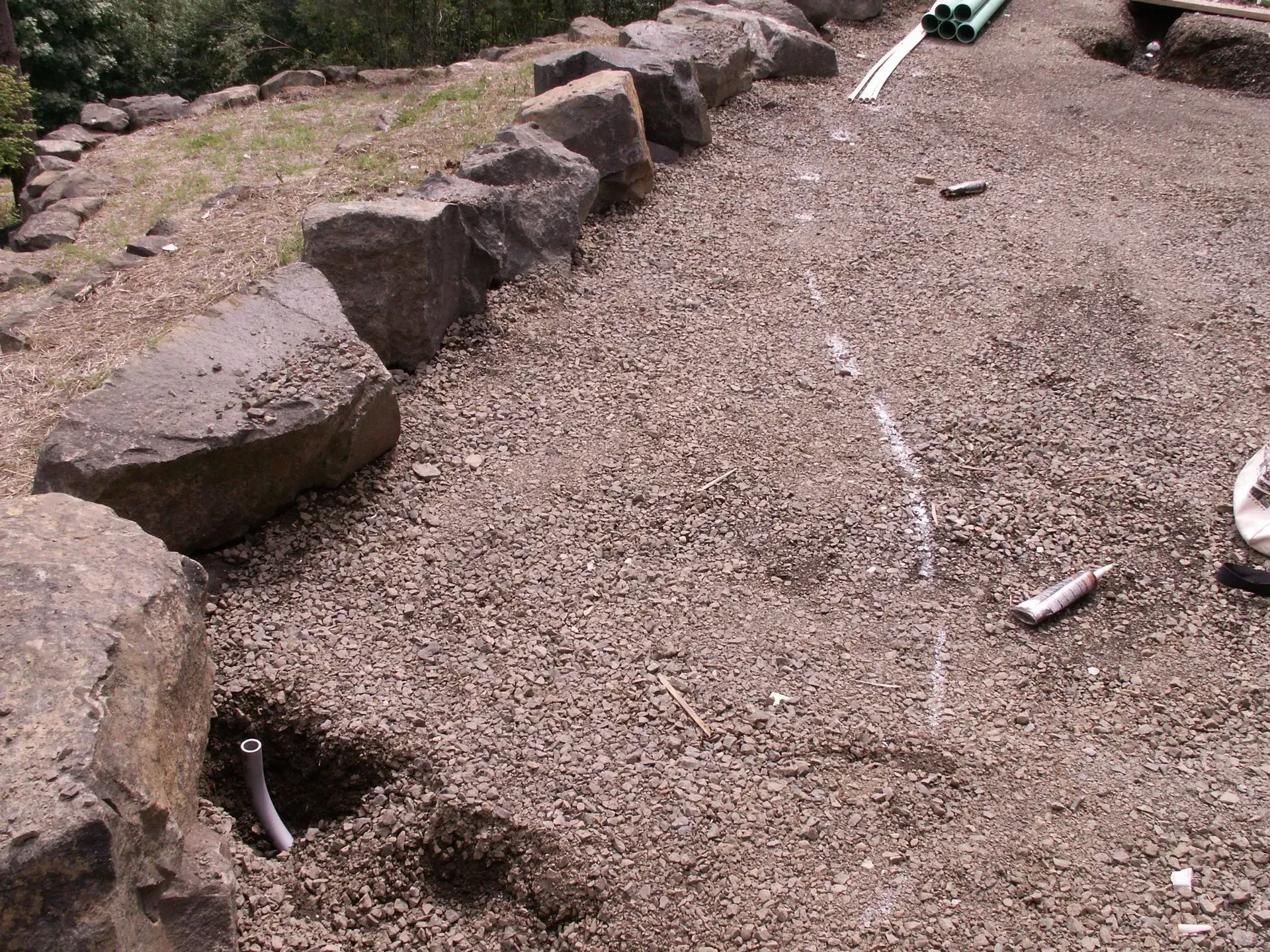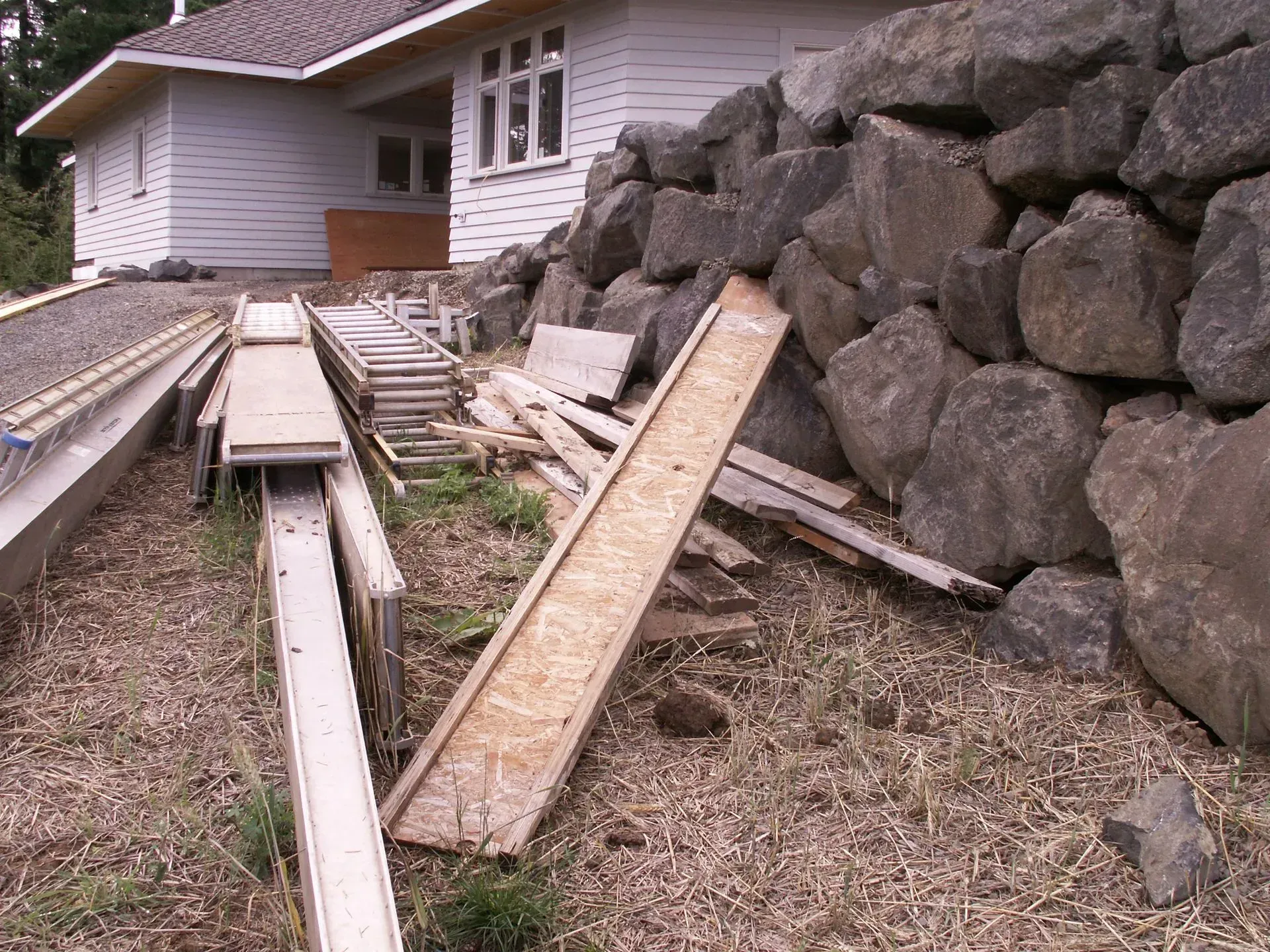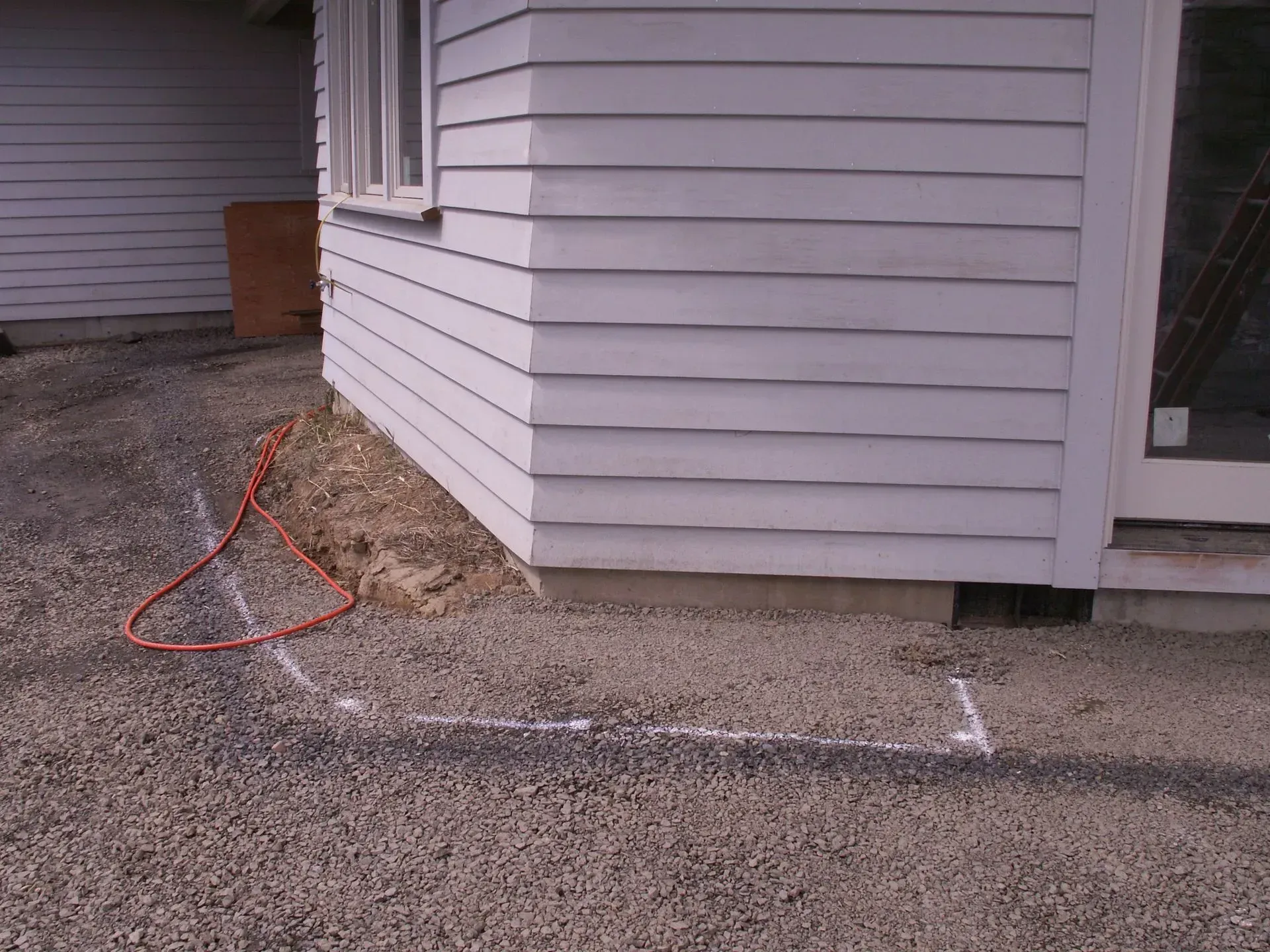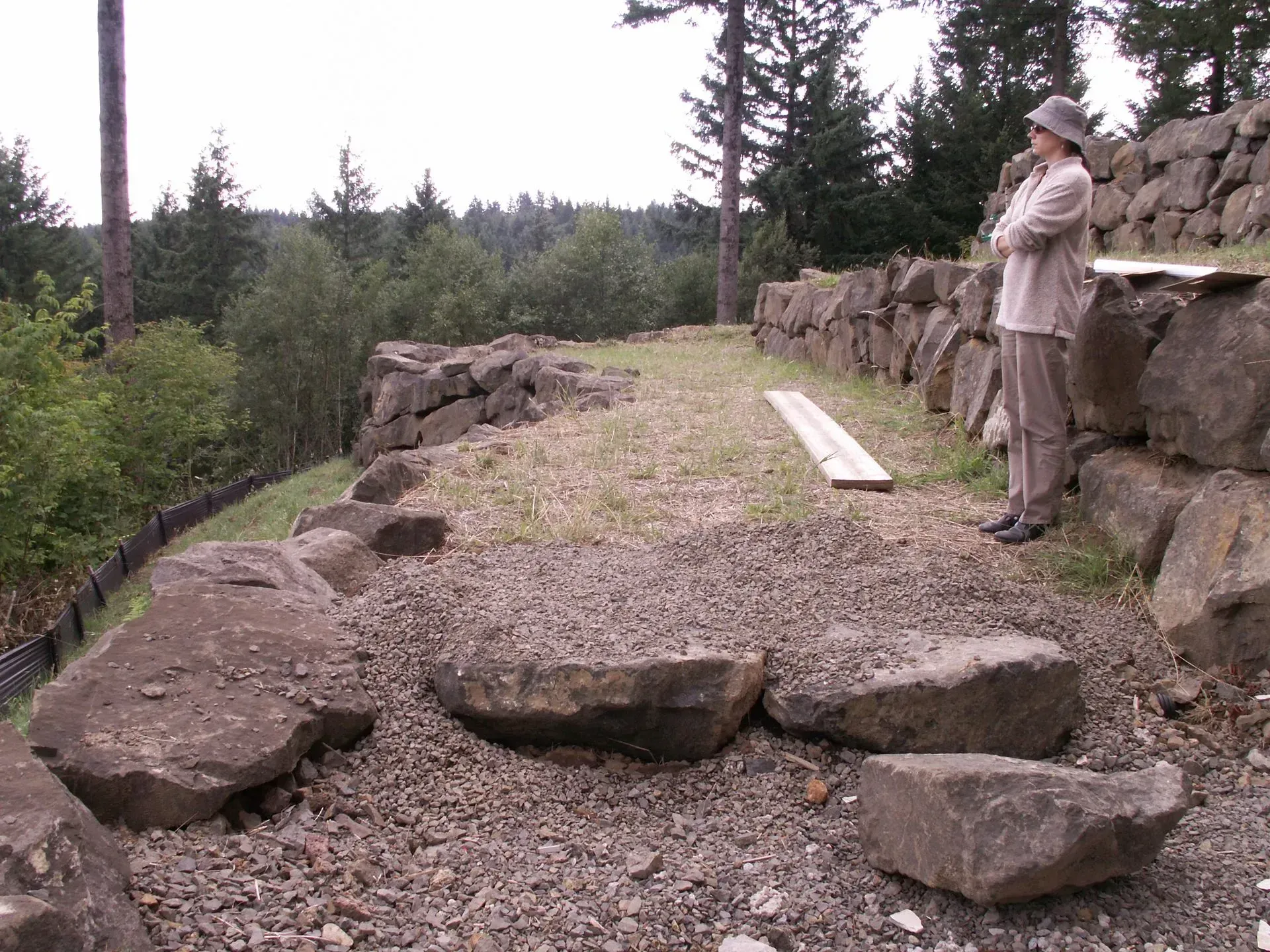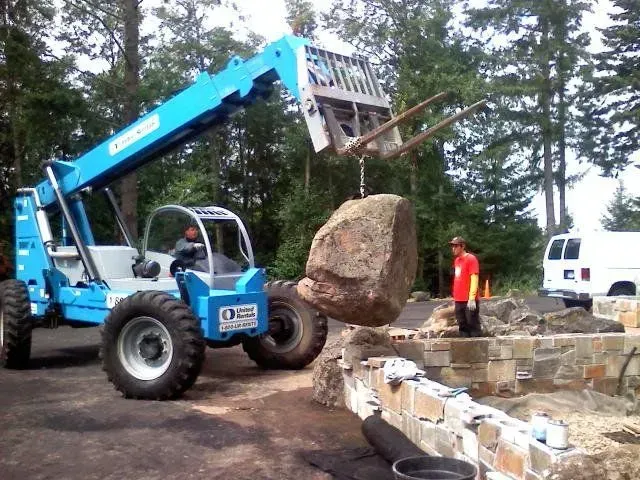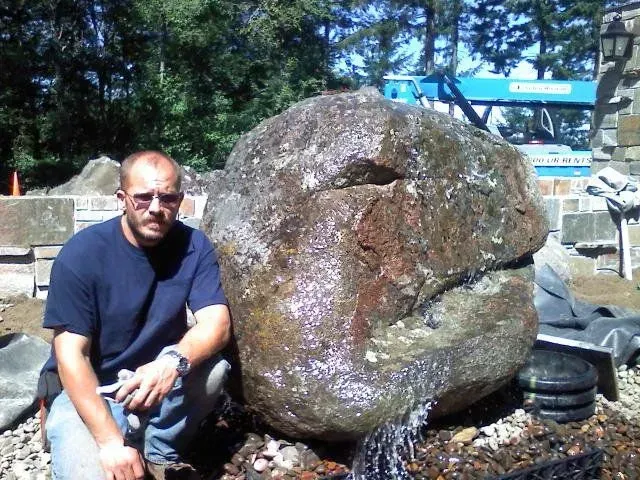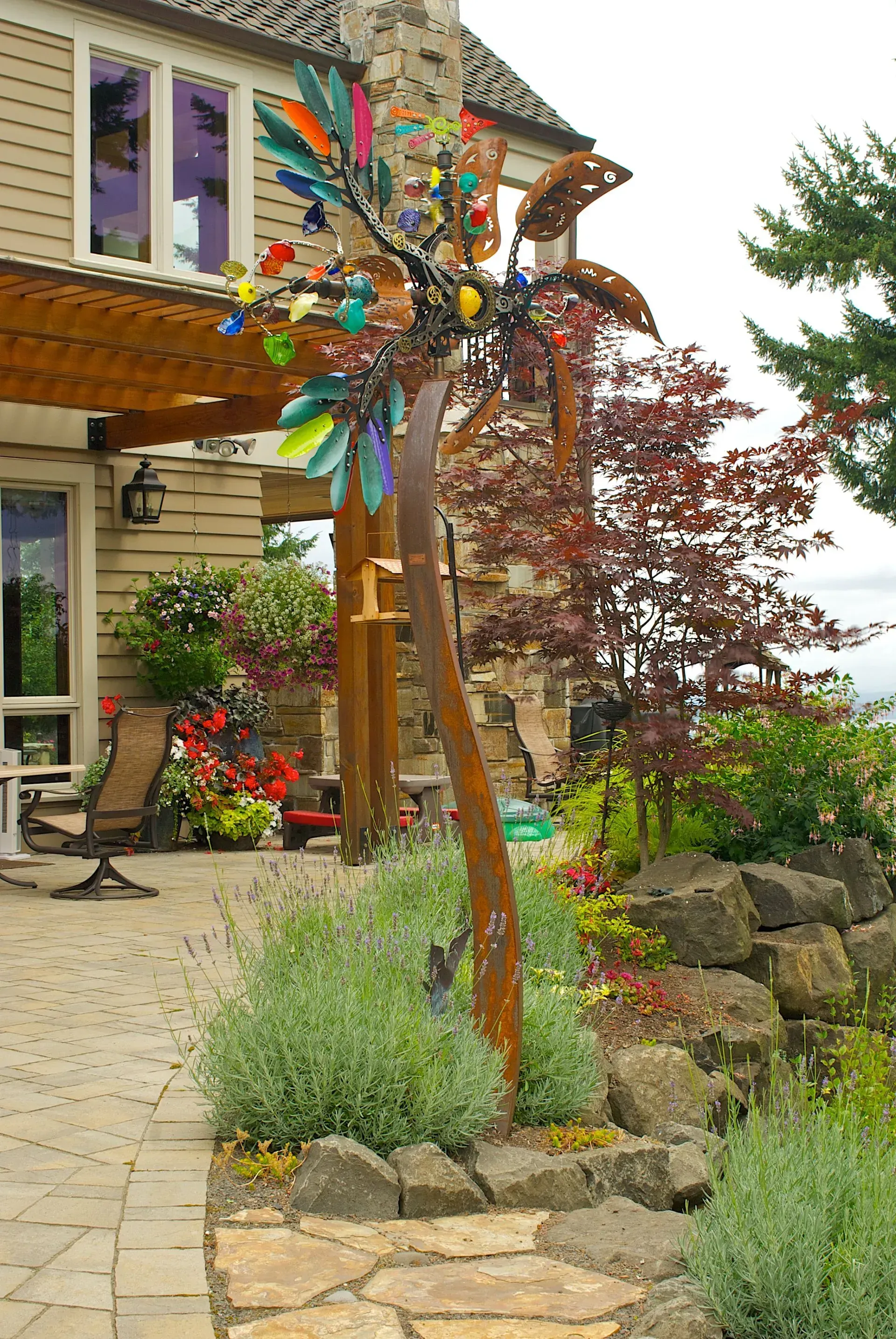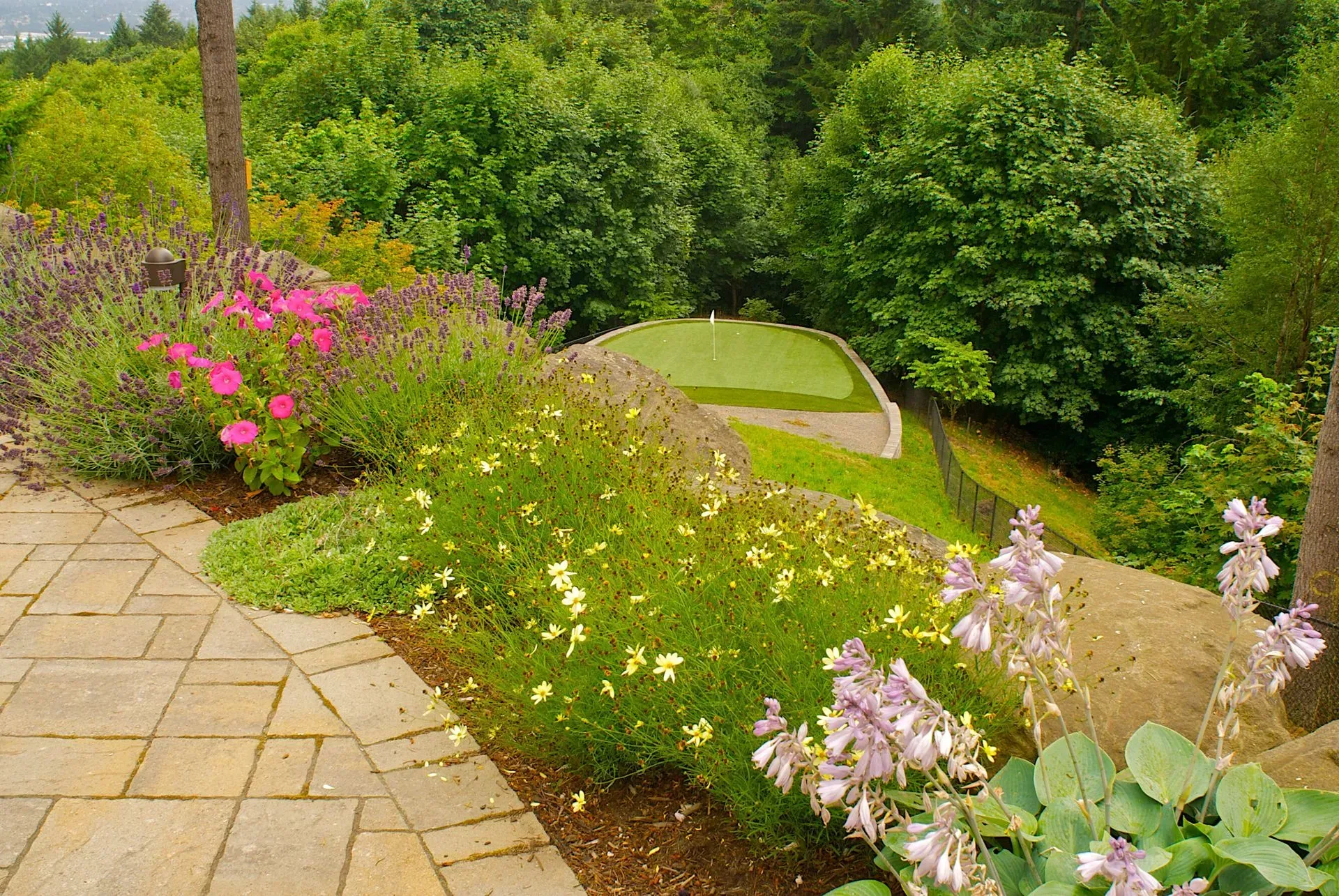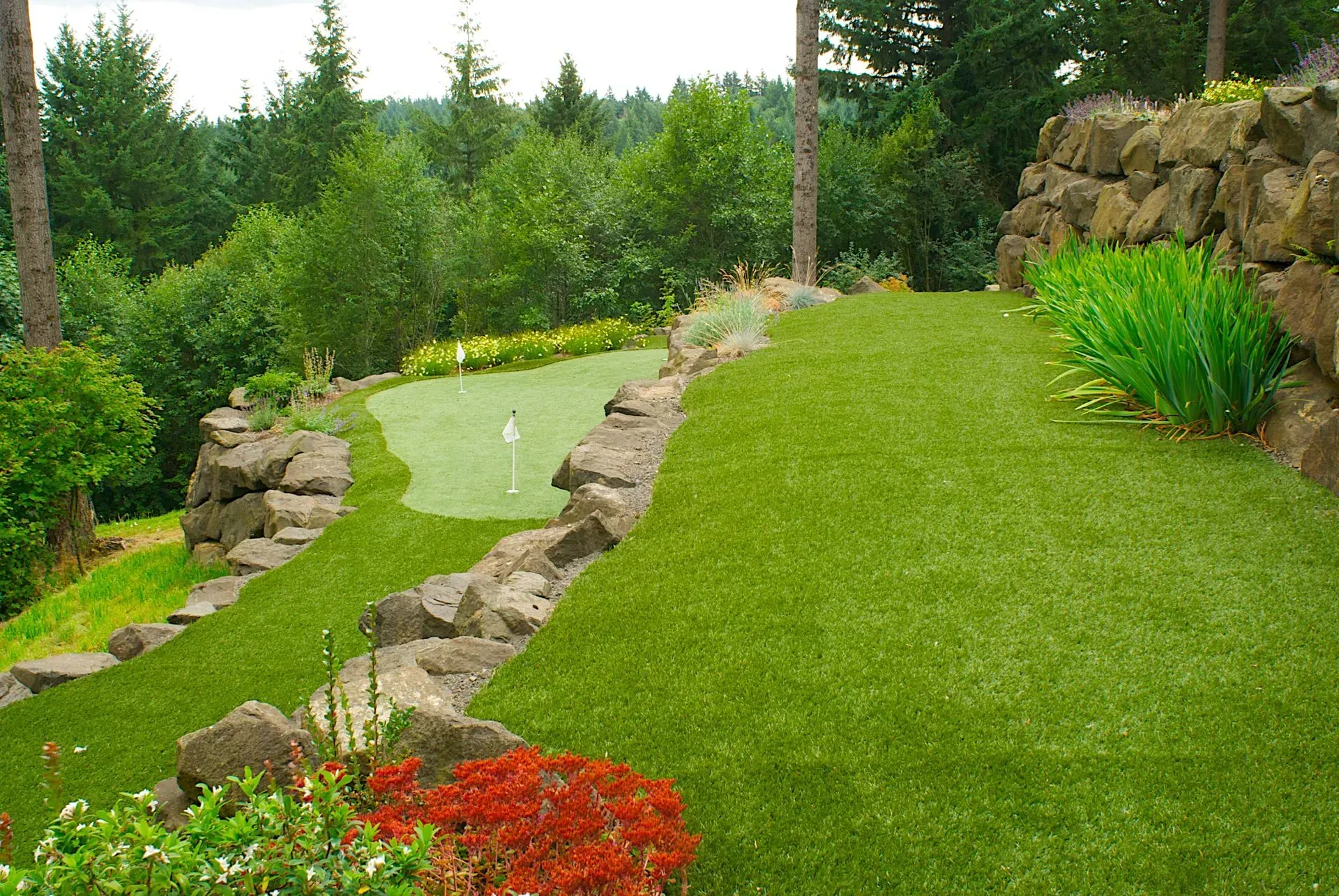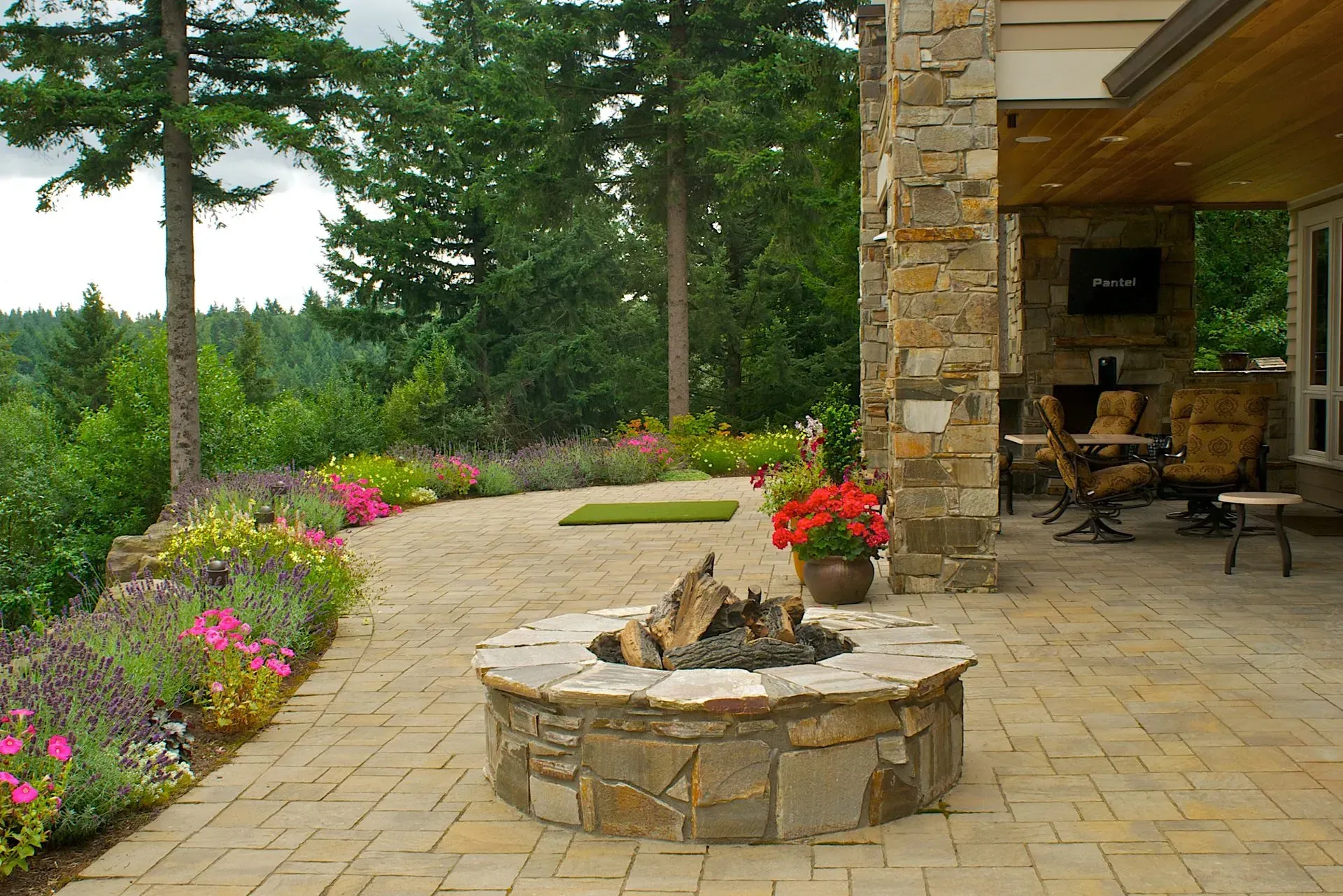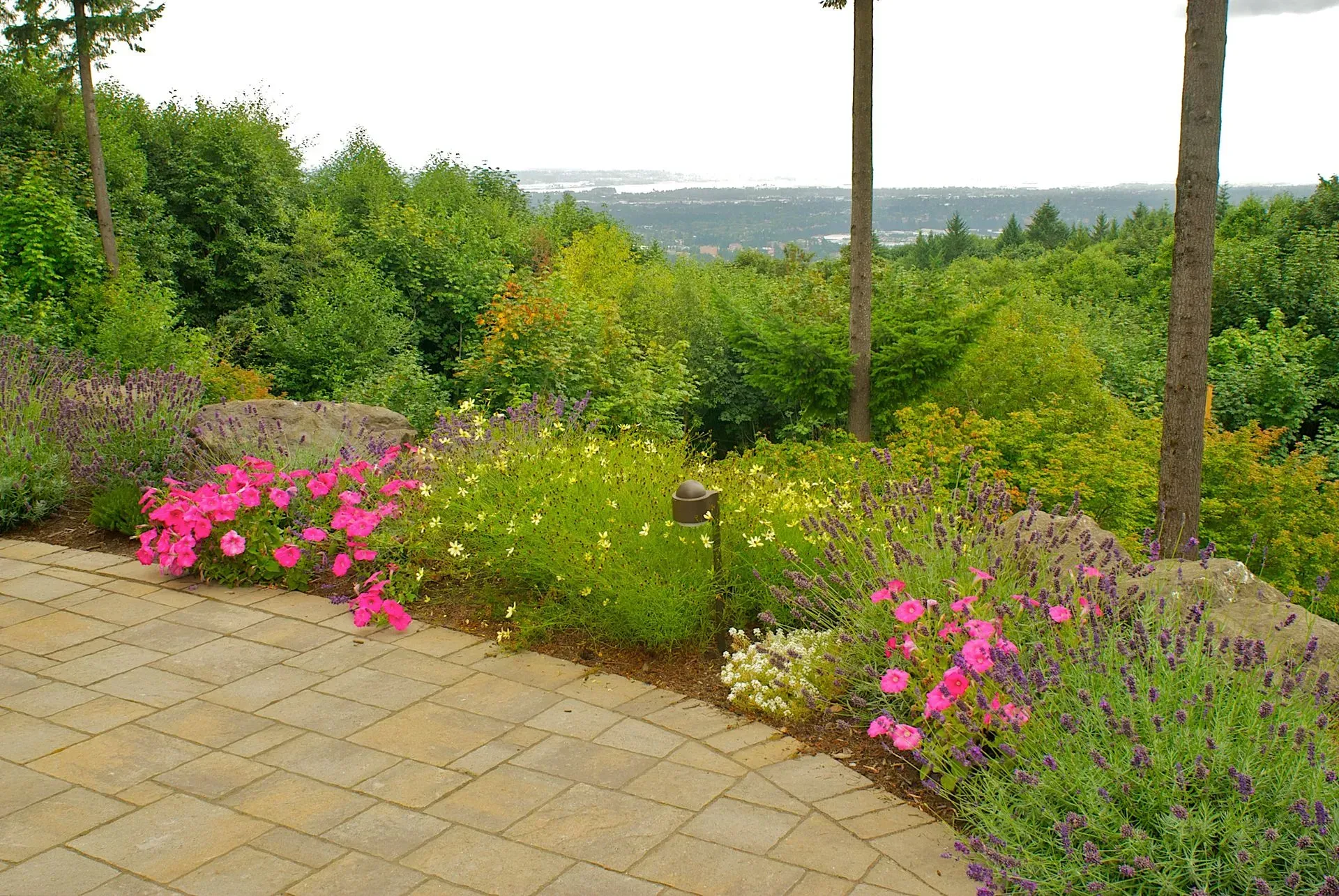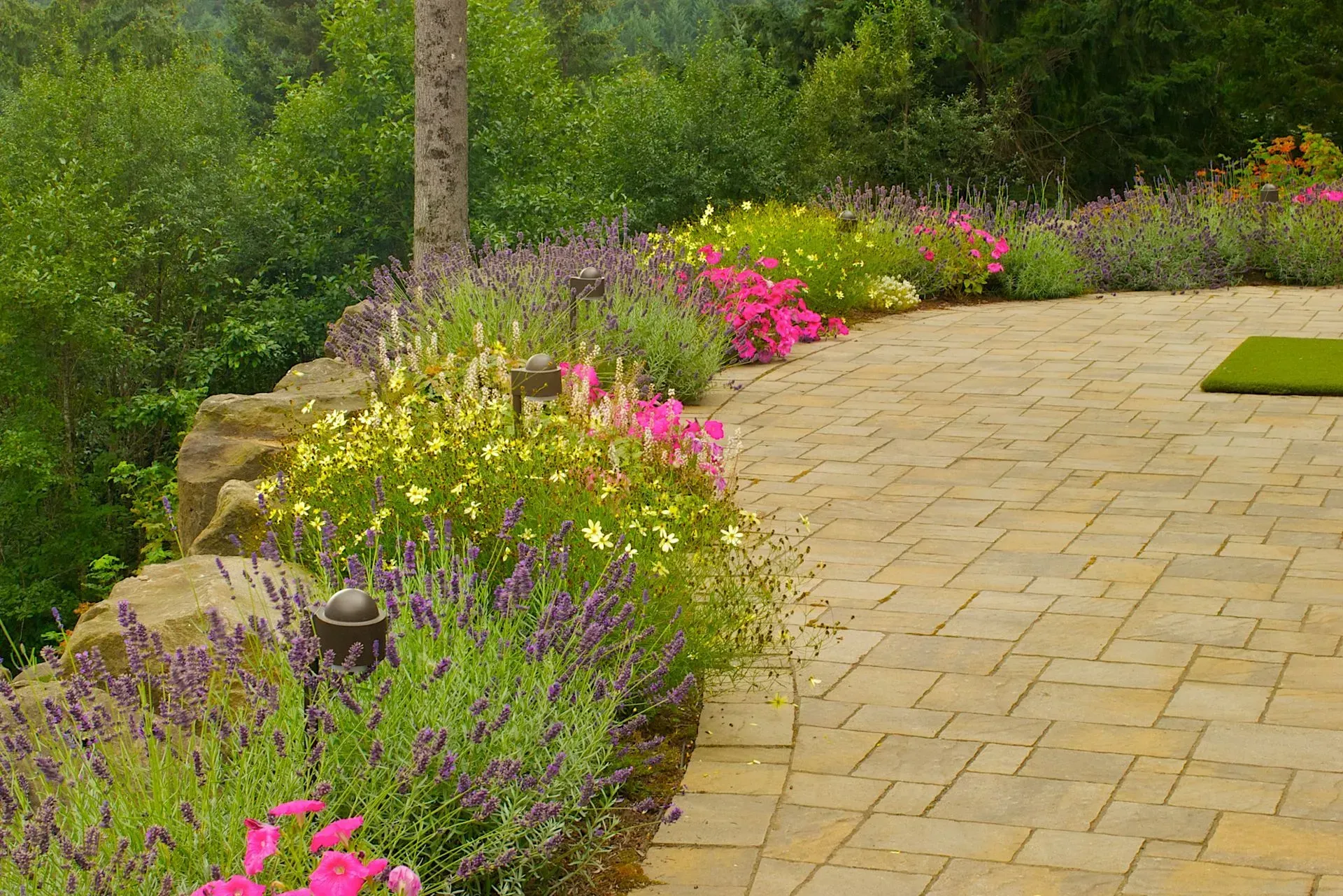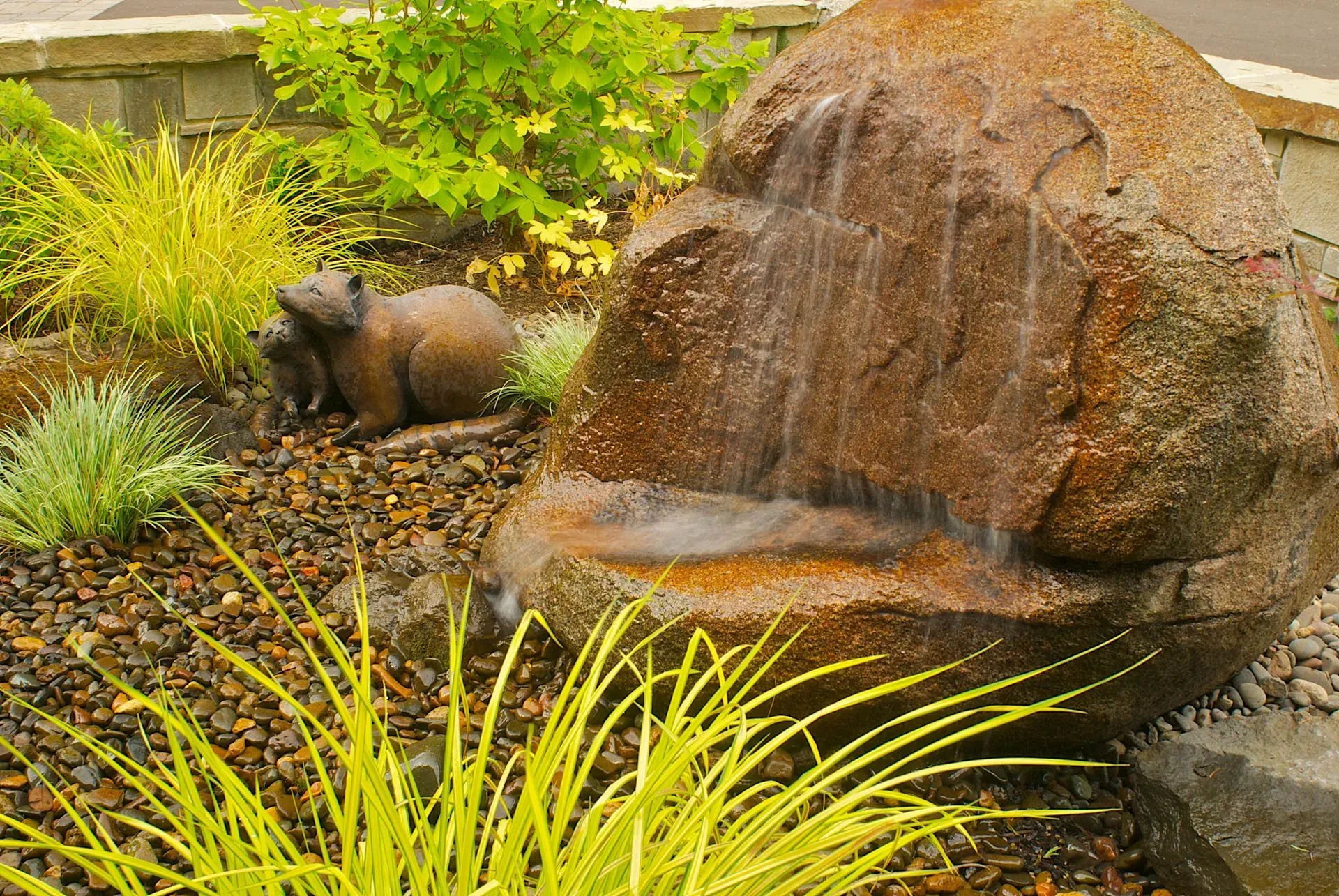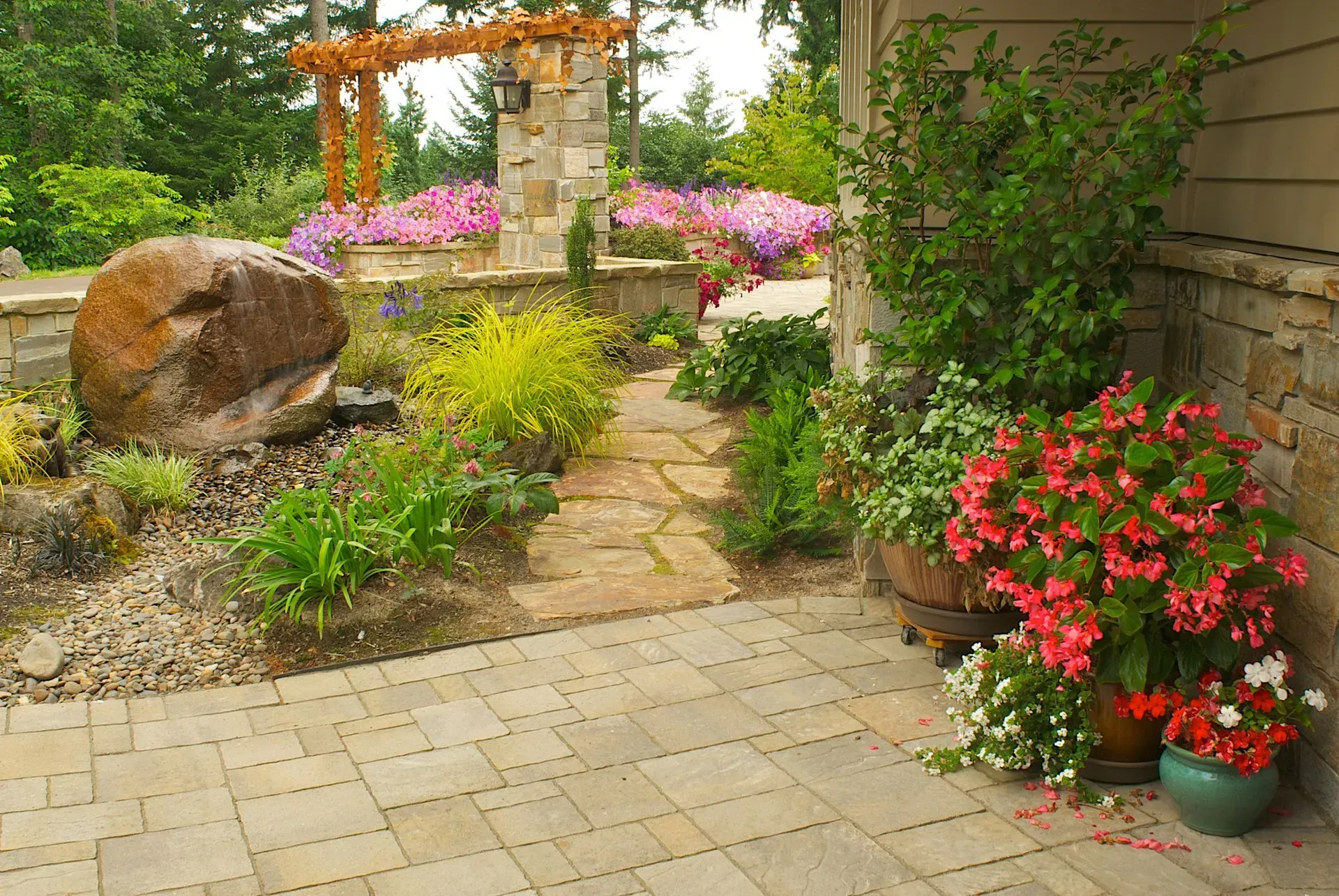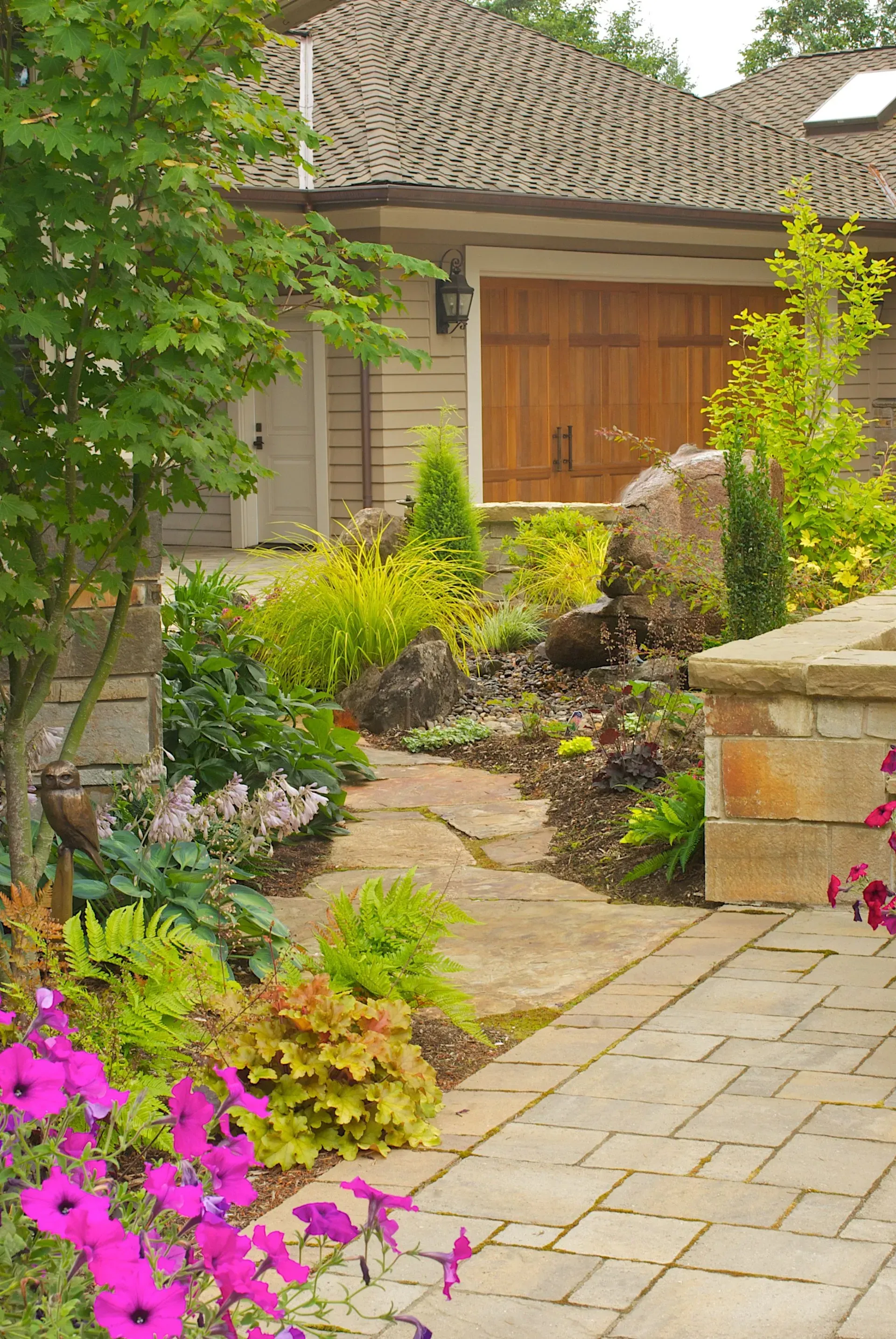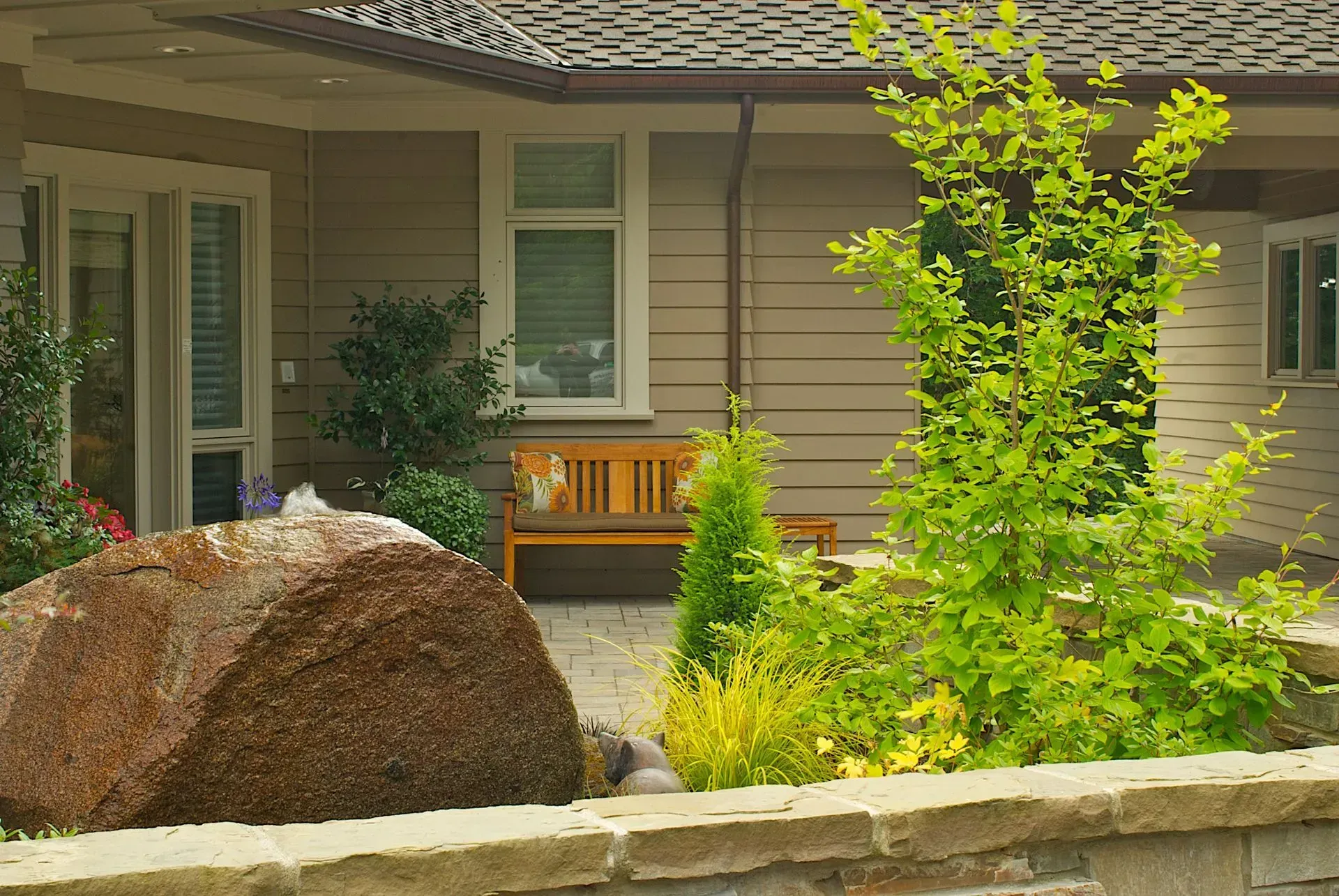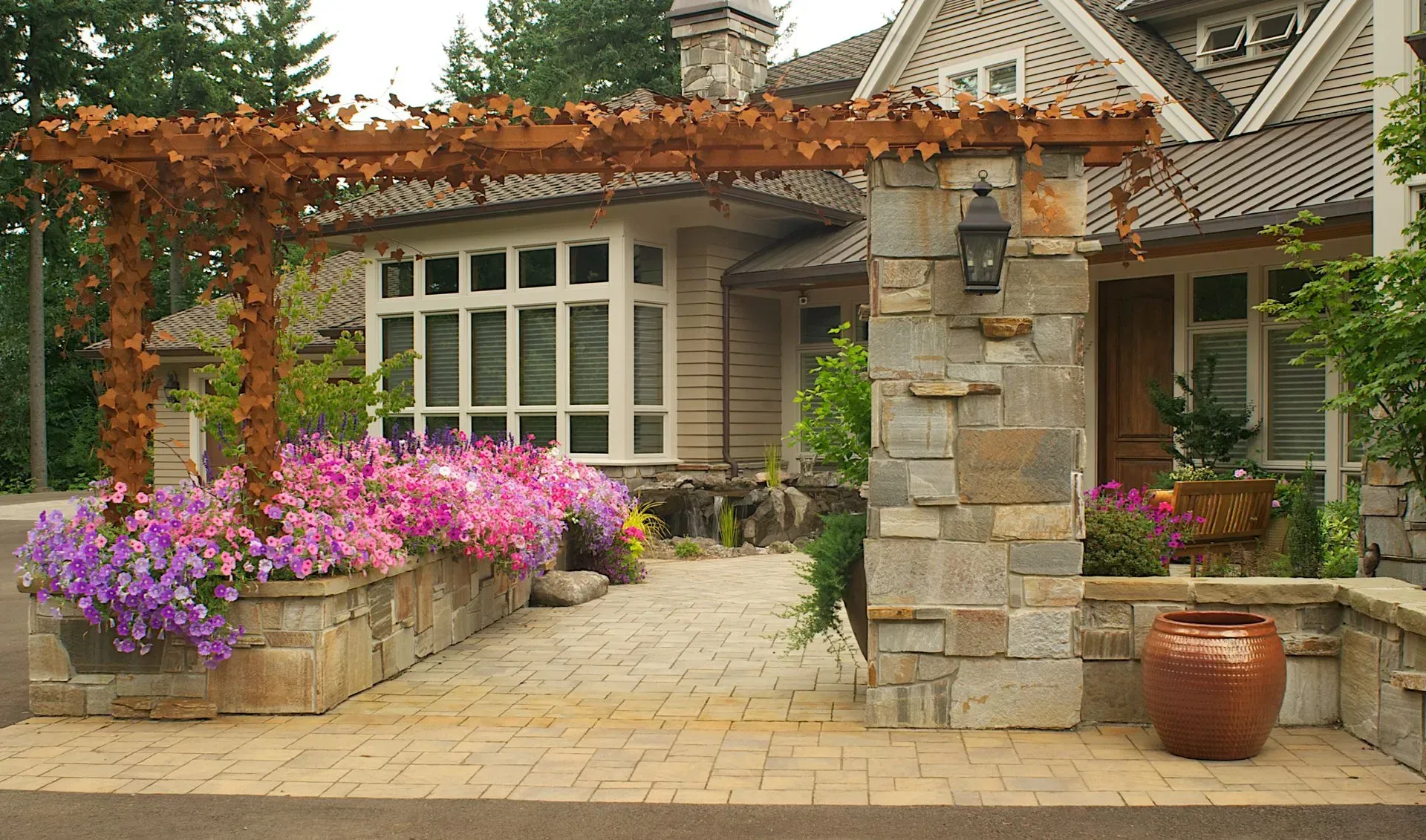From the fall of 1979 to the fall of 1982, I worked as the field and laboratory testing manager for a geotechnical company called L. R. Squier Associates. A recession happened during the early 80s, interest rates for mortgages on homes ranged from 11% to 17%, and employment was hard to come by. I was laid off from L.R. Squier in October of 1982 and began looking for work, taking a class on vocations and employment preparation. I was assessed and told that I had artistic talents, the learned skills to manage a geotechnical laboratory as well as its field assignments, and many skills in the field of horticulture but that I should work for someone else and not seek to own or start a company because they determined that I had no business understanding as well as being low in math skills and accounting.
I found a job working part-time at minimum wage for Gerber Gardens in Lake Oswego. I enjoyed working with their employees, selling to clients, and learning about their various plants. I did not earn enough to support our family, so Barb began cleaning the homes of our Tigard Community Friends congregation members.
While working there, I was often asked to work on the Gerber Gardens landscape installation crew, and I liked it very much. I discovered that many nursery clients who came to purchase plants needed maintenance of their yards or help to plant the plants they had purchased. At that same time, our pastor, Roy Skeeter, and a close friend, Adele Beck, who owned an Interior Design business in Portland, recommended that we start a landscape company. They suggested we begin the business while I worked part-time at Gerber Gardens. After much prayer and consideration, we decided to start this risky adventure.
I asked Bill and Beth Gerber if I could moonlight with their nursery clients on the side. They said yes; however, I could not perform any installation work for their nursery clients, only gardening and simple planting help, specifically with the plants they had purchased. I began offering my service to them on these tasks. I planned to use our car when Barb did not need it. When not working, I would take Serenity, who was about 5, to help me collect bottles worth a nickel apiece.
This small amount of money was beneficial for cash purchases of milk; for instance, we used it on cereal and to make macaroni and cheese, both favorites of the girls at that time. While looking for these bottles on a dark, rainy day in January of 1983, we found some low-growing, bright pink, winter-blooming plants in a neighbor’s yard. Upon inquiry, the elderly homeowner told us that they were Cyclamen coum. We were permitted to dig up one small clump to take home to grow and propagate.
I was fascinated that such a small plant could bring so much cheer to my heart at that dismal time of the year.
By the fall of 1983, I had built up enough clientele from Gerber Gardens work and their referrals that I could apply for and was approved for a business license with the state of Oregon.
I chose to call the new company Winterbloom, using the Cyclamen coum as the logo. I decided on a motto, “Creating Private Edens One Home at a Time,” a little later, hoping to make this rather high-sounding title a reality with our clients. Winterbloom was housed and administered from our tiny home in the Lake Grove portion of Lake Oswego. My parents, Paul and Leona Thornburg, lent us $2,000 to purchase a used Toyota pickup truck to haul soil, rocks, and plants for potential clients and the wheelbarrow and hand tools I might need.
In 1984-86, Winterbloom took on the redesign and landscape remodel of one of Adele Beck’s interior design client’s homes near Taylors Ferry Road in Portland (see pictures below). That work allowed Winterbloom to grow. I found that I needed part-time help.
I hired my first employee, Roger Morse. During the next few summers after Roger moved away, I hired a high schooler, Craig Haisch, who eventually also went away to college but continued to help me in the summer months.
In 1986-1990, Winterbloom began the design and followed up with the installation of a new landscape for another client of Adele Beck’s, who was building a new home on the hillside above St. Vincent Hospital. This job was challenging, eventually including two water features, several paths, beds, and steps on the steep hillside.
In 1991, we moved from Lake Grove area of Lake Oswego to Sattler Street in Tigard, using the home’s larger garage and side yard for the business tools and shop. In 1991, we hired my sister Miriam Bock, who came on board taking classes in design, art, and color at the same time while I taught her about plants and landscape design. Her first job was to help Phil on a large project in Newberg.
In 1992, Alan Peterson was interviewed, but I did not believe that he could handle hard work as he was a disgruntled lawyer. However, at Alan’s insistence that he could do the work, Miriam and I gave him the hard job of pushing wheelbarrows of gravel up a plywood ramp to a back yard during a storm with a rainy east wind in the Rocky Butte area. Alan succeeded, made it through the day and he was hired.
In 1989-1992, we accomplished the design and installation of our most extensive redesign-remodeling landscape installation to date in Newberg, another client of Adele Beck. It included a swimming pool, hot tub, patio, sports court, a large arbor, and big perennial beds. We used several contractors, and I oversaw all the installation, including irrigation, concrete, and excavation.
We hired Jae Munson and Brent Kimberly in the summer of 93. Brent left to pursue becoming a physician that fall. Jae stayed to learn landscape installation and worked off and on, eventually becoming our first installation manager in 95-96. Matt Schwab, a friend of Jae Munson, joined Winterbloom in '96 but left the following year, only to return full-time in 1998, eventually becoming our Installation manager. Jae Munson returned to Winterbloom full-time after graduating from U of O in Eugene in 1999.
Andy Coulombe came to work in 1998, working on the installation team with Matt and Jae. Mike Baker was hired in 2000 to help with installations. In 1998-1999, we installed a significant columnar basalt water feature for a client in Milwaukie.
Joel Bock joined the team for a short time in 2001. Winterbloom had grown too large for all the equipment to be stored at our Tigard Sattler Street home garage and side yard. So, Barb and I took the big step of moving everything to the Burnham Road business park near downtown Tigard but kept our office in our home. This move allowed for increased capacity and the ultimate expansion of the business.
Then, in 2002, we moved as a family from Sattler Street to 98th Ave in Tigard, creating more office space in the daylight basement for myself, drafting tables for landscape designers, and a location for a part-time bookkeeper and office worker.
Slowly, I learned and developed systems with the help of business coaches to create a functioning design department, a gardening/maintenance department, and an installation department, each intended to augment and help the other departments. Most employees were at first expected to perform maintenance on maintenance days and installations on installation days. Miriam and I took care of the landscape designs, and I ran sales, oversaw the installation and gardening departments, and performed the bookkeeping until 1991 when we hired a part-time bookkeeper. As time passed, Miriam became the design manager, Ann Taylor became the gardening manager, and Matt Schwab became the installation manager.
In 2003 -2004, Winterbloom redesigned and remodeled a landscape around a large existing home being remodeled for clients who lived in Warren, Oregon, between Scappoose and St. Helens. In 2004, I was invited to a home in the Stafford area to redesign their home landscape. As we talked, she noticed that our Winterbloom brochure featured the Warren client’s extensive remodel, which was her friend’s house!
She was sold on our becoming their designer, too! Their design-installation was completed in 2005 and was far enough along to be entered into the 2015 ANLD landscape design tour.
In 2003, Mike Baker left to begin his own business, and we hired Eric Bock, my nephew, part-time to help with the crews. Serenity Coulombe, our eldest daughter, began helping part-time in the office. We later hired Vickie Davis, who stayed on for a good run as office manager. In 2004, Jae Munson left to become a firefighter! His long stint of working at Winterbloom was so appreciated.
Dale Hickey joined Winterbloom in 2007 and grew to take over Ann Taylor’s position as manager of our Landscape maintenance and gardening department.
In 2006-2008, we designed and installed a new landscape for the same clients who had sold their home above St. Vincent Hospital, which we had landscaped previously! This new estate was located on Skyline Boulevard in Portland with a beautiful view north and east toward the Columbia River. We were given the latitude to install three water features, extensive beds, paths, and walls to make this home special.
In 2010, The downturn in the economy caused by the housing and insurance scandals of 2008 caused a severe financial situation for us! We found that we needed to lay off several employees, including Miriam, which was a tough action. This left Matt, Aaron, Eric, Josh DeGraaf, and Dale to keep maintenance and installation running. Later that year, Matt left Winterbloom to begin Inspiration Plantation, and Eric Bock took over as Installation manager.
Winterbloom recovered from this downturn and hired Diana Weston as our office manager and bookkeeper. She challenged me to delegate more work to our employees to perform and to focus more on what I could do that no one else could. This was an epiphany for me and gave me a goal to work toward.
We hired John Gammons in 2011 to help with installation and gardening crews as needed; John came to us, adding enormously to our understanding of Botany and horticulture.
In 2015, we took the next step in growing the company. We created a sales position with a company vehicle to continue building Winterbloom. Eric Bock was promoted to manage our installation sales and our installation department.
Samara Hand, our youngest daughter, joined us as our bookkeeper in 2016 to help us upgrade our financials to a more professional level of accounting. Our daughter Serenity was rehired to begin training as a designer under Miriam Bock that same year.
Forrest Cammack was hired in 2017 to help with the installation crew. He spoke Spanish, which improved our communication with our competent and knowledgeable foreman, Gerardo, and Forrest learned landscape installation under Gerardo and Steve Hauser.
Rebekah Cammack was hired to work part-time in maintenance and in the office in 2018. In 2020, Austin Snodgrass was hired to help in both installation and maintenance crews as needed. Steph was hired as our office manager in 2020, replacing Rebekah, who had been promoted to managing and growing our landscape design department.
Winterbloom continued to build and grow, causing us to take the giant step in February of 2021 to move our office, sales, and design departments from our home on Sattler Street to Bonita Road in Tigard, where they were joined with the Maintenance/Gardening and Installation departments which also moved from the location on Burnham Street in downtown Tigard. This was a significant endeavor! Steph managed the office move-in, and Steve Hauser managed the shop move-in. This was part of our long-term plan to separate the business from our home, encouraging more independence of the company and allowing it to be purchased more efficiently by another entity.
In July of 2022, Rebekah moved on from her position as Design Department Manager to obtain a degree in Landscape Architecture in Berkeley, California. Serenity was promoted to Design Department Manager, with Dale continuing to train in Computer-Aided Design (because all our designs had been hand drawn up to this point).
In 2022, a group of Winterbloom employees began discussing becoming a legal cooperative and purchasing Winterbloom from Phil and Barb Thornburg. In July 2023, Eric left after working with Winterbloom for 20 years! He has been missed! Mike Baker was rehired after 20 years to take over the Sales and Installation Manager position from Eric. In October of 2023, Winterbloom celebrated its 40th year as a company.
